
Publishing the University of Melbourne’s student writing and art since 1925


Publishing the University of Melbourne’s student writing and art since 1925
Edition 2 2024: art for art’s sake
As I’m writing this, I recall the conversations I had with friends about the reasons they moved. I recall the similarities we felt about the hopelessness of our home countries, and the reasons they are ruined. I recall the love we share for the grounds we call home, the food we miss, the family that we only see on phone screens, and the way life at home used to be.
While the violent damage that colonisation enforced on my home country is irreparable and sustained, it’s unimaginable, for me, to exist in a settler colony. For your colonisers to never leave. For them to call your home theirs. For them to steal your people, your language, your rights—for them to make you fight for an equal say on a land that was never theirs. And so, while we acknowledge that the University of Melbourne exists on the lands of Wurundjeri Woi-wurrung and Bunurong peoples, the Yorta Yorta Nation, and the Dja Dja Wurrung people, we do more than simply acknowledge. Acknowledge is a passive word. We understand their history. We denaturalise the system of white supremacy that has become too comfortable in Australia.
We fight for a future that was always theirs. Sovereignty was never ceded: this always was and always will be Aboriginal land.
Contributors
Editorial
The Color Purple
President and General
Secretary
Disha Zutshi and Enzhe (Kevin) Li
GSA, Southbank, Burnley
Justine Light De Guzman, Felicity Liston, Amy Rogers, Ariel Teo and Jake Duyvestyn
Office Bearer Reports
A climate crisis, overdoses, and economic downturns — the symptoms of a terminal music festival industry?
Finley Monaghan-Mc Grath
“A massive win”: Education Ministers agree to the Action Plan Addressing Gender-based Violence in Higher Education after years of campaigning.
Chelsea Browning
The UMSU Racism Report: What’s being done about Racism at The University of Melbourne?
Hanane Seid
Radio Revival: Bringing back student radio at the University of Melbourne
Ayva Jones
Farratography
Stephen Zavitsanon and Weiying (Irene) Lu
Featured photography
Weiying (Irene) Lu Laiken Jackson
Stephen Zavitsanos
The View of the Moment
Johanna Chan
Artwork
rizsyahir
The Rip Troy Jordan
Safety for Women Bill 2024
Joshua Stagg
Slings and Arrows of Outrageous Fortune
Olivia Camillan
The Gallery of Hosier Lane
Pluto Cotter
Modern Art Critic
Aaron Agostini
COKE AND GRENADINE
Aditi Acharla
Art on the Wall
Troy Jordan
paint me like the stars
Astara Bell
A Still-Life of Sea-Glass for No-One in Particular
Elysha English
Falling in Love with a Stranger at the Tram
Stop
Harvey Weir
And if a double-decker bus crashes into us
Nirmada Silva
The “Chasing That Feeling” Diaries; The Growing Pain
Lani Jaye
One Unimelb Year; Semester 1, Week 6 bluehour
Omnis-phóbos (or) the fear of all: Lepidopterophobia, the fear of moths
Wildes Lawler
The Dispatch from Table Four; A Tale of Art and Activism: An Interview with Rob Gould
Sebastian Moore
Shakespeare at the NGV: what crimes will he commit?
Claire Le Blond, Emily Couzins, Chloe Le Blond (Melbourne University Shakespeare Company)
Perfume Wafts in Spirals
Donna Ferdinando
Odds & Ends
Ashlea Banon
All Aboard
Rashdan Mahmood
Diamonds
Xiaole Zhan
Moral Nothingness: On Effective Altruism and Longtermism
Jovan Stojkovski
What the hell is ‘BookTok’, and why am I so scared of it?
Alicia Savy
Trend Watch with Rainbow Fairy Magic
Zoe Quinn
The Art of Smut, Fanfiction and ‘Trashy’ Books
Elizabeth Browne
‘That year I didn’t keep a diary. I only had you’ and the 21st Century Archive
Chiaki Chng
What We Have Forgotten About Aestheticism
Ledya Khamou
Representation of “The Masses” – Moving
Beyond Narratives of Enlightened Individuals
Rashdan Mahmood
We Are Beaucoup Fish, an Introspective Review
Dom Lepore
Radio Fodder 2024
Schedule Satire-in-Brief
The Satire Team
Salley Rooney Goes to Court
Emily Hope and Lucy Grant
EDITORS
Gunjan Ahluwalia
Jessica Fanwong
Joel Duggan
Kien-Ling Liem
COVER
Mary Nguyen
MANAGERS
Disha Mehta
Emily Hope
Harrison George
Hayley Yeow
Phoebe Sava
Lauren Williams
Ruby Weir-Alarcon
Stephen Zavitsanos
Weiying (Irene) Lu
CREATIVE
SUBEDITORS
Aditi Acharla
Amelie Staff
Charlotte Davies
Danielle Holden
Felicity Smith
Fergus Sinnott
Illnaz Faizal
Isaac Thatcher
Isabella (Bella) Farrelly
Isobel Connor-Smithyman
Jack Jeffreys
Julianne O’Connor
Kartiya Ilardo
Kaz Bueman
Mary Hampton
Matthew Chan
Olivia Brewer
Sophie He
Veronica Kwong
Yu Zhong
COLUMNISTS
Akanksha Agarwal
Ashlea Banon
Donna Ferdinando
Helani Munidasa
Jack Jeffreys
Jonathan Chong
Melbourne University
Shakespeare Company
The Provocative Inklings
Rashdan Mahmood
Sebastian Moore
Olivia Camillin
Wildes Lawler
Xiaole Zhan
CONTRIBUTORS
Aaron Agostini
Aditi Acharla
Alicia Savy
Astara Bell
bluehour
Connor Zahra
Dom Lepore
Elysha English
Harvey Weir
Iza Jabłońska
Jack Jeffreys
Joshua Stagg
Jovan Stojkovski
Julianne O’Connell
Lani Jaye
Lola Sargasso
Marceline Rose Di
Bartolomeo
Michelle Yu
Nimrada Silva
Olivia Camillin
Pluto Cotter
Sabine Pentecost
The Provocative Inklings
Troy Jordan
Wildes Lawler
Xiaole Zhan
ILLUSTRATORS
Amber Liang
Chelsea Pentland
Emma Bui
Felicity
Harriet Chard
Jennifer Nguyen
Jessell
Lauren Luchs
Leilani Leon
Letian (Lydia) Tian
Maleea
Thomas Weir-Alarcon
Yilan Tao
NON - FICTION
SUBEDITORS
Amelie Staff
Aroma Imran
Asimenia Pestrivas
Audrey Goodman
Bella Farrelly
Chamathka Rajapakse
Chelsea Browning
Emily Macfarlane
Isaac Thatcher
Isobel Connor-Smithyman
Janice Hui
Layla Zain
Maddie Barron
Madeline Barrett
Mary Hampton
Momoka Honda
Neera Kadkol
Samson Cheung
Srihari (Harry) Mohan
Stella Mcdonald
NON - FICTION STAFF
WRITERS
Aroma Imran
Ayva Jones
Chiaki Chng
David Dodson
Elizabeth Browne
Elizabeth Pham
Fergus Sinnott
Jayden Seah
Jesse Allen
Ledya Khamou
Maria Quartel
Pamela Piechowicz
Rashdan Mahmood
Srihari (Harry) Mohan
Zoe Quinn
PHOTOGRAPHY
Alain Nguyen
Chatarina Hanny Angelita Teja
Nirmalsinh Bihola
Piper Jones-Evans
Yurong Xu
REPORTERS
Alan Nguyen
Anastasia Scarpaci
Annie Karkaloutsos
Arjun Singh
Ayva Jones
Billie Davern
Buena Araral
Chelsea Browning
Finley Monaghan-Mc Grath
Hanane Seid
Ibraham Muan Abdulla
Mathilda Stewart
Meagan Hansen
Mia Jenkins
Pryce Starkey
Ravin Desai
Romany Claringbull
Sam Irvine
Sana Gulistani
RADIO FODDER PRODUCERS
Anushka Mankodi
Dom Lepore
Isolde Kieni-Judd
Jack Loftus
Tom Weir-Alarcon
SATIRE
Aaron Agostini
Alexia Shaw
Eden Cater
Emily Hope
Jasmine
Jonathan Chong
Lucinda (Lucy) Grant
Oscar Marks
SOCIAL MEDIA
Alan Nguyen
Duy Dang
King Shi
Larissa Brand
Thanh Thanh An Quach
VIDEOGRAPHY
Christina Arthur
Deidre Chloe
Nirmalsinh Bihola (Nirmal)
This magazine is made from 100% recycled paper. Please recycle this magazine after use.
Farrago is the newspaper of the University of Melbourne Student Union (UMSU). Farrago is published by the General Secretary. The views expressed herein are not necessarily those of UMSU.
If you want to raise an issue with the union and with the university, please contact the President and General Secretary.
president@union.unimelb.edu.au secretary@union.unimelb.edu.au

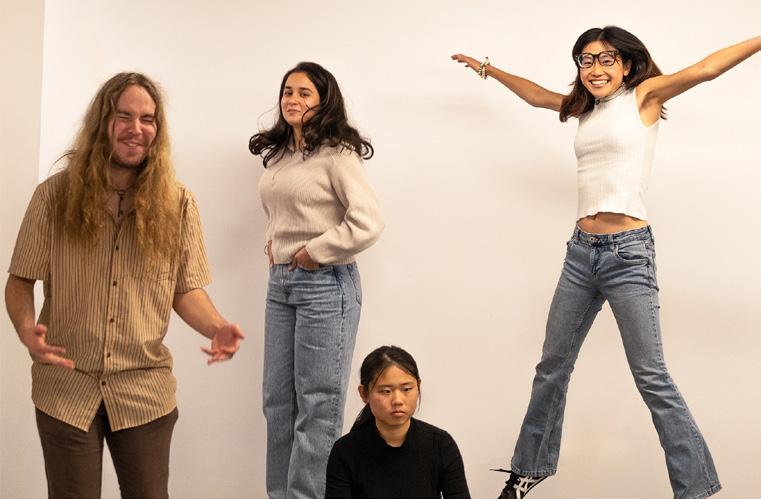

Kien-Ling Liem:
Shockingly, this edition was harder than our first. Perhaps it was the misconstrued timeline, my bad judgement of time, or the cockiness I achieved from Edition 1 that has surely humbled me by now, but putting Edition 2 together was a blur. March never happened and April sped past me. Apologies to my very, very hardworking staff writers and subeditors for putting up with the rushed timeline—it can’t be done without them, quite literally. I’ll always appreciate the team I have and the people I work with, and I can’t imagine doing it all without the lovely network that we’ve built over the past few months. So, here’s to Edition 2!
Gunjan Ahluwalia:
Writing this in week 8 means - me, group assignments, cold nights, lots of coffee, working late nights - all while juggling these printing deadlines. While I thought that this edition would be a lot easier to put together than the first, it was also a lot more chaotic. Anyway, here we are (hopefully its still week 10) with “Art for Art’s Sake”. Thanks for sticking with us media fam. Keep supporting student media and see you next time with a theme-less Farrago!
Joel Duggan:
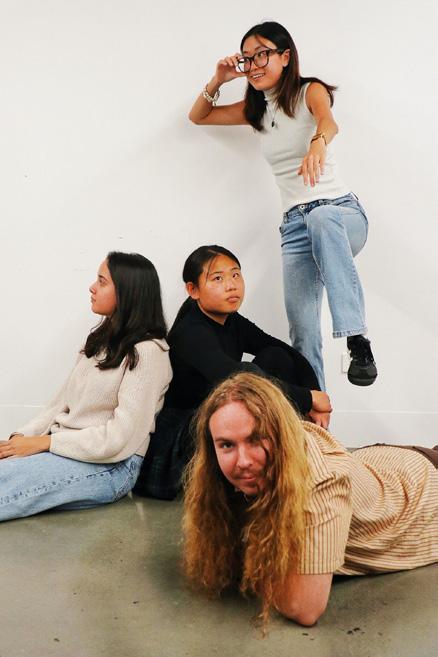

Jessica Fanwong:
Another month another edition—Art for Art’s Sake.
It’s been a long contended issue whether art should serve any purpose outside of pure aesthetics. However, throughout history, whether intentionally or not, art has continuously played a role in shaping society and engaging in cultural discourse. By simply highlighting the small moments of the human experience, art acts as a social thermometer that reflects the time and place of its creation. They say something about what it means to be human in this day and age. Especially with the political turmoil of our current world: with an ongoing genocide in Palestine, war in Ukraine, Gaza Solidarity Encampment in UniMelb going on day 4 as of time of writing this editorial, the wealth gap increasing exponentially and the defunding of the arts in a world where we seem increasingly on the edge of another world war… this is a time more vital than any other for art to speak up and not play into colonial silence.
Art is always political. When the double-decker bus comes crashing through, you will always be jolted back into reality.
I kicked off this Edition 2 print cycle by telling the other editors that I had a strong conceptual disagreement with the theme, which is always a good start. In many ways, Edition 2 has been harder to pull together than Edition 1 -- I went into this print cycle with a busier schedule and a psychic weight that never really relented. Trying to coordinate serious student journalism is difficult when you also have to do a dozen other things, it turns out.
Still, I think there's a lot to be excited about in this edition. We've got two articles on highly important student issues -- the Action Plan Addressing Gender-based Violence in Higher Education and the 2023 Racism at Unimelb Report. On the flip side, we have an article looking at the recent safety issues with festivals, as well as a fun one looking at the revival of the campus radio station, Radio Fodder. I hope you enjoy.

Report not submitted

, and we are now halfway through the first semester, and it is time for yet another report. To recap, the Secretariat works include both operational and logistical matters within UMSU, where we work closely with the staff, various OBs, and the student’s council, with the support of our amazing CEO and Student Representative Coordinator; it also includes my role as a student representative where I work closely with our extremely hard working President, Disha, and our Advocacy and Legal Team.
For UMSU, in addition to attending to the behind-the-scenes of the council, the UMSU website have been updated with record-keeping for our council and various committees, the SIG student initiative grant is once again up and running, providing seed fund
ing for student projects, events, and initiatives. We have also begun reviewing various policies and regulations to ensure transparency and reflecting the needs of everyday students.
For external matters, I have been extensively involved as the UMSU representative on the Academic Integrity Policy Working Group, amongst others, but AIG is particularly important as it is looking at overhauling the entire process of prosecuting academic misconduct, as well as a total rewrite of the relevant policy. I’m proud to have pushed the university to ensure that all redrafted policies will be plain language, that the appeal process will have student representation on the panels. Advocacy, who were the other parts of UMSU involved in the process, have been massively helpful and I cannot thank them enough.
General Secretary Enzhe (Kevin) Li President Disha Zutshi
Southbank | Felicity Liston, Justine Light De Guzman and Ariel Teo

Hello there! We are Felicity, Justine and Ariel - your Southbank Team for 2024. We have been providing weekly Southbank Breakfasts and BBQs to alleviate the rising food cost for students. The shelf at the student lounge (now known as Southbank Survival Station) is where we stock up food pantry items to make hectic student life a little easier for you. Items are stocked at different timings, so do follow our socials to keep updated! If you have any feedback or recommendations on how we can do better, please find us at our office on level 2 of the Southbank Library. If you can’t catch us there, reach out to us via the following: Email - southbank@union.unimelb.edu.au
Instagram - @umsu_southbank Facebook - UMSU Southbank (yes the purple banana, for now)
Signing off with lots of love, Your UMSU Southbank Team
Not much has happened at Burnley over the last few months, as we’ve been waiting for the by-election to elect a new committee and co-ordinator. We have a Burnley-exclusive fungi identification workshop coming up in May, and weekly yoga classes are continuing. Rowden White Library staff helped hook us up with a bunch of massive beanbags for the Student Amenities Building, and some new Powercubes should make charging laptops and phones much easier in our ageing building. I was temporarily placed in the Co-ordinator position at the end of 2023, but have decided against formally nominating for the April by-election due to burnout. At the time of writing I’m yet to find out if any other nominations were received, but hopefully by the
next issue there will be some eager new Burnley students to take over and bring some more life to campus. Without a co-ordinator, we won’t have a department and will lose representation and support for Burnley students. As the University has stripped away nearly all the former course offerings at Burnley since taking over the former Horticultural College, our cohort is now entirely postgrad uate. As a result, a large proportion of them have families, work full-time or are simply at a different stage in life to most of the students involved in UMSU and don’t have the time or interest to take on the role. While the University continues to neglect our facilities and student needs, we need representation now more than ever.
Burnley | Jake Duyvestyn
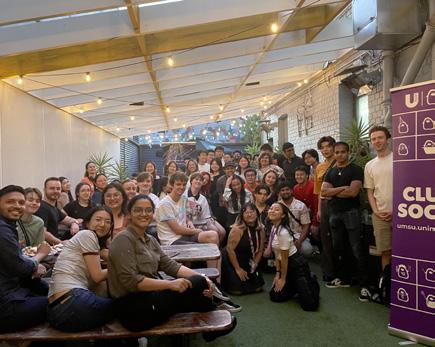





Activities | Amy Peters
Hi Slayers! ��
Activities is poppin’ off, Bites & Bustles is super popular with different activities every week!
We’ve done Pride ��, Eart h day��, Carniva l��, and��- themed week s so far Many more to come! ��Located everyweek in the amphitheatre, Tuesdays 12-2pm Can’t wait to see ever y there!
Clubs and Societies | Azalea Rohaizam and Hanny Teja
Hello hello! As the semester well and truly kicks off, so does the clubs and societies scene, which means the C&S department is busy! Last month we ran a mixer for club executives (see picture) for some good old fashioned networking opportunities within the clubs world. We also ran club inductions sessions for incoming executives, which serves as a crash course for club executive responsibilities. Amongst all of this, we are in the works of drafting new grievance procedures for club members, something we are super passionate about – so stay tuned! We’re so excited to see what the rest of the semester brings C&S !!
Creative Arts | Shravya Akkapeddi and Jiajie Zheng
Report not submitted
Disabilities | Anishaa Jeyakumar
Report not submitted
Education (Academic) | Julian De Marco and Lucy Rachman Vascotto
Hi all, Julian and I have been busy working on the SRN and the swathe upcoming policy reviews.
Happy to report that we have appointed candidates for all open positions and have a pool of candidates for potential vacancies on the Student Representative Network.
Our current focus is now on the upcoming policy reviews, which are very much on the horizon, as we find out more, we’ll be reaching out to the student community for feedback!
Education (Public) | Bella Beiraghi and Raphael Duffy
Report not submitted
Environment | Emma Dynes and Jaan Schild
Report not submitted





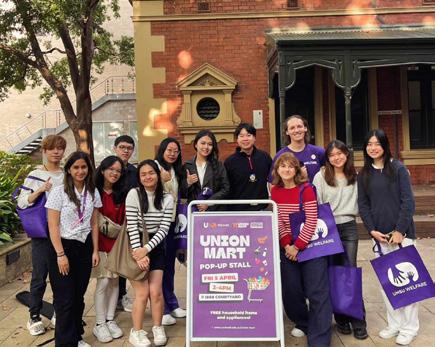

GSA | Jesse Gardner Russell Report not submitted
International | Richard Ha | UMSU International President Report not submitted
Indigenous | Hamish Rose Report not submitted
People of Colour | Denzil Minnaar and Jania Lam Report not submitted
Queer | Binderiya Batzorig and Ryan Mittal Report not submitted
Welfare | Divyanshi Sati and Joshua Stagg
UMSU Welfare has had a hectic few months in delivering a variety of services to the students in our community. Union Mart continues to thrive with over 2500 students served so far in semester one. We have also begun to run a smaller Union Mart in Southbank. Welfare Brunches have turned into a regular point of community engagement. UMSU Welfare ran a pop-up shop with free appliances and winter clothing with over 500 attendees. The Cost of Living Report Survey has received around 1600 responses so far which is a testament to the extent of these issues on our campus.
Women’s | Akanksha Agarwal and Micaela Rynne
Hi! Over the last few weeks we have been working on our two weekly collectives, have found a contact who has agreed to supporting us with installing dispensers across campus from Libra’s Period Positivity Initiative. We are still working to ensure we have enough coverage, anticipated costs and personalising the stickers on the machines to align with stigma reduction, even working with the Respect team. We have run multiple events including badgemaking for International Women’s Day, The Colour Purple Movie and Craft Session with UMSU Media along with CIPTA. We aim to continue to find ways to increase engagement at our collectives, work with Aimee on the period dispensers installation logistics and continue ideating impactful events. We have also recently updated our page on UMSU to include details of our collectives, and encourage suggestions on our virtual suggestion box!

Multiple overdoses across Victoria recently have hospitalised and killed numerous young music festival attendees, leading to a reignition of discourse surrounding not only pill-testing reform but also the very future of Australia’s music festival industry.
However, despite this, Victorian Premier Jacinta Allan has made it clear that her government has no plans to introduce pill-testing.
The broader live music community and pill-testing advocates alike are conversely insisting that policy changes ought to be implemented as soon as possible, with overdoses and extreme weather events on the up-tick.
The calls for reform are not just to make festivals safer, but to ensure that the industry does not collapse under the pressure of mounting issues with funding, safety and climate.
Leadership from the University of Melbourne Student Union’s (UMSU) Welfare Department also believe it is vital that students at the University of Melbourne are able to access a fixed pill-testing program through the student union and partnered hard reduction organisations.
The perfect storm
Australia’s beloved summer music festival calendar has seen some huge disruptions over the last couple of years and 2024 is starting off no different. A string of festivals nationwide have decided to pull the pin, including major names such as Splendour In The Grass and Groovin the Moo.
Climate scientists are pointing towards climate change as being a serious threat to the music festival industry.
A report from the Intergovernmental Panel on Climate Change (IPCC) found that extreme weather events are becoming more intense, frequent and unpredictable in Australia. The report shows that extreme weather conditions are producing new types of risks that are exacerbating existing stressors and limiting adaptation options.
These impacts are becoming pronounced within the music festival industry. The obvious effects of climate change can be seen in the long list of festivals who have cancelled their events
because of fire risks, floods or smoke hazards. Furthermore, climate change is also directly compounding the already rapidly growing public liability insurance costs for Victorian venues and festivals. Melbourne music venues have claimed up to a 500% increase in these premiums. Consequently, organisers have had to respond to these amplified overheads by increasing the cost of tickets. Companies such as Live Nation, who own 63% of Secret Sounds Group (the company that runs Splendour in the Grass), have increased their ticket prices by 19%. Pairing this against a survey conducted by Taking the Pulse of the Nation, which found that 53% of Australian’s have reported they are just making ends meet or worse, it becomes clear why festivals and live music venues are seeing such low costumer demand for their events. Members of the music festival industry and community are calling for the government to introduce government-backed insurance schemes, financial buffers and climate action to pull the industry back from the verge of death.
The festivals that are managing to go ahead despite the glut of cancellations are discovering the sometimes fatal reality of hosting these events during extreme weather conditions, particularly when drugs are involved.
Speaking to Farrago, Dr Monica Barratt, a social scientist with the Drug Policy Modelling Program, highlights the serious consequences of combining high temperatures with drug use. “The combination of the heat and the fact that people don’t know what they are taking, or how much is a real death trap,” says Dr Barratt.
Dr Hester Wilson, practising general practitioner and addiction specialist, believes that the solution is a policy change by the Victorian government to introduce a pill testing program. “The evidence is there, pill-testing helps peo ple make informed decisions about the drugs they have bought and intend on using,” says Dr Wilson.

Evidence from the ACT’s canTEST pill-testing program has shown that one in five people discharge of their drugs when they find out the substances are tainted.
Results published by canTEST have shown that pill-testing reduces harm for users; it is evidence like this which has led to “seven different recommendations since 2021 from the Victorian coroners for drug checking reform here in our state,” said Dr Barratt.
The Victorian Premier’s office declined to comment on why they are not trialling a pill testing program. However, a spokesperson for the Premier did note that the 2023/24 state budget “invest[s] $372.2 million total funding into alcohol and other drug services.”
President of Harm Reduction Australia Gino Vumbaca believes that the Victorian government’s current plan to reduce drug and alcohol harm is just not good enough.
When asked about what bureaucratic factors that are impacting the government’s stance on pill-testing, Mr Vumbaca says that “we are dealing with a legacy and policing issue.”
To illustrate this point, Mr Vumbaca drew attention to an offer that Harm Reduction Australia made late last year to finance, organise and run a pill-testing trial at any festival of the Victorian government’s choice. Mr Vumbaca underlined that the objective of this proposal was to allow an independent evaluator, selected by the government, to assess actualised evidence within a Victorian located approach and service.
“They denied this offer, there is a lack of logic and rational thinking behind these decisions.”
During our conversation, Mr Vumbaca pointed out how important boots-on-the-ground harm reduction services are.
“They have the networks and services, they need to be able to communicate their services.”
It is for this reason that UMSU Welfare Officer Joshua Stagg, has been trying to
Photography by Deidre Chloere-introduce the ‘Safer Partying Initiative’ (SPI), after it was shut down in 2018.
The original program held harm reduction workshops run by DanceWize and Harm Reduction Victoria, where participating students could later pick up a free colorimetric reagent drug checking kit.
“This program was established to make a difference in how students handle drug use, giving them the info and tools to be safer. It’s part of UMSU’s mission to care for the student community and make sure everyone has the support they need,” says Dee Jarrett, an UMSU Divisional Manager who helped to implement the program.
UMSU Welfare looks to have successfully come to an agreement with the University to reintroduce the SPI— but it was not easy. Stagg claims there were multiple logistical and bureaucratic steps to overcome when coming to a compromise with insurers, lawyers, and the University.
“There are so many limitations put on student unions, and just advocates more broadly, but people need help right now. But in my official position it is proving to be incredibly hard to provide.”
The reinstated SPI will be small in scale, with 30-40 testing kits likely to be available to University of Melbourne students within the next year. With a cohort of over 50,000 students, the Welfare Department believes that the resources available to them via the University-allocated SSAF are far too little is far too little.
“I have been given totally insufficient funds to tackle the scale of this issue, this is an issue that the university doesn’t care about at all,” said Mr Stagg. UMSU, health experts, climate scientists, and the broader music community alike are calling for policy changes and greater funding at a federal, state and institutional level to make a large and dynamic community better equipped for dealing with a climate and drug crisis.

“A
Content warning: This article contains discussion around policy on gender-based violence, including sexual harassment and assault.
Education Ministers across Australia have agreed to the Action Plan Addressing Gender-based Violence in Higher Education (the Action Plan) in what has been called “massive” by advocates for victim-survivors within the tertiary sector.
Announced on 23 February, the Action Plan lists seven actions to tackle gender-based violence in higher education. Key actions include enhancing “the oversight and accountability of student accommodation providers” and “increasing data transparency and scrutiny.” Although, some advocates note a lack of action on support for D/disabled victim-survivors.
The Action Plan comes after the result of the 2022 University of Melbourne Sexual Misconduct Annual Report, which saw “no action” on clubs or colleges.
End Rape on Campus (EROC) Director Sharna Bremner says that “[t]he adoption of the Action Plan” will mean that “higher education students will no longer be stuck in a legislative black hole when it comes to sexual violence prevention and response.”
Under the Action Plan, students who are unsatisfied with their university’s response to gender-based violence will be able to escalate to the National Student Ombudsman.
“Students will finally have a functional complaints mechanism in the National Student Ombudsman that will provide them with an avenue for holding their uni accountable for those failures.”
Currently, the only formal complaints body is the Tertiary Education Quality and Stan dards Agency (TEQSA), which has been described as inadequate for complaints regarding student safety.
“This is the biggest change in terms of safety on campus we have seen for years,” says University of Melbourne Student Union (UMSU) Women’s Officer Micaela Rynne.
Rynne says that an overarching body can “hopefully assist students at Unimelb to feel safer” in reporting, citing the 2021 National Student’s Safety Survey (NSSS) statistic that only 3.0% of students who experienced sexual harassment and 5.6% of students who experienced sexual assault made formal complaints to the university.
UMSU Women’s welcomes the new accountability measures of student accommodation, noting that it can combat “college jumping”—a term used to describe perpetrators who change accommodations once they face disciplinary action for sexual misconduct at their current accommodation provider.
“[B]ecause there is no requirement for communication between colleges, [perpetrators] slip through and are able to live at a different residential college” says Rynne.
Speaking to Farrago, a Women’s and Non-Binary Officer from an undisclosed college who wishes to remain anonymous, notes that currently, reporting at their college occurs through a “chain of command,”

with a student representative being the first point of contact. The officer notes that this means reporting can be beholden to the “politics” of the student body.
“An external body hopefully should make it easier in terms of bias. Students living [at theaccommodation] wouldn’t want to complain to some of the accommodations… word spreads.”
The officer supports an independent body, but says accommodation providers need further resources, such as professionals “who could be effective and readily available to provide care, rather than multiple forms of communication.”
Rynne has pointed out that there is a process of the University “already working with affiliated and University-owned Colleges on reporting requirements for students” and on how to “deal with the alleged perpetrators also living at colleges.”
The University of Melbourne’s Sexual Misconduct Prevention and Response Policy does include “residential colleges and halls that are owned by the University and affiliated colleges.” However, the 2022 Sexual Misconduct report did not mention residential-specific complaints and cases.
Bremner hopes that all accommodation providers will be “subject to the same oversight and accountability” as universities.
“If you’re a place where students live, you should
be required to meet the same standards as the places where students learn.”
Bremner suggests fining as a form of ac countability, citing her experience of working in advocacy to claim that universities “want to protect their bottom line more than anything else.”
An initial supporter of the Plan, the National Union of Students (NUS) have noted that the recently announced Plan “fails to address the needs of D/disabled students by excluding the Disability Discrimination Act from the list of minimum legal requirements.”
“The Disability Royal Commission revealed that 40% of D/disabled women experience sexual assault or sexual harassment after the age of 15, nearly double the rate of their non-D/disabled counterparts,” says NUS Disabilities Officer Mairead Foley.
The NUS is calling for “meaningful, immediate” action on this omission, but also call this plan a “transformative step forward.”
Bremner credits the formulation of the Action Plan to “fifty years of advocacy” rather than to the work of the Education Ministers themselves.
“We wouldn’t be here today without every student, past and present, who has shared their story, signed petitions, marched, protested, conducted research or written articles about the need to address sexual assault in uni communities.”

being done about
Content warning: Discussions of racism
The University of Melbourne Student Union (UMSU) People of Colour (POC) Department published the third edition of their annual Racism Report at the end of 2023, looking at racism and discrimination faced by Black and Indigenous People of Colour (BIPOC) students on campus.
A survey investigating racism and discrimination on campus received a staggering 855 responses last year. This is an increase of 17 times the responses received in the 2022 and 2021 reports.
The report's findings revealed that 71% of participants responded “yes” to the prompt, “Have you experienced or witnessed any form of casual racism/ microaggressions at the University?”
The report also included BIPOC students’ accounts of racism, discrimination and microaggressions they experienced at the University.
“There is a preconceived judgment based on an international student’s accent, e.g. a Chinese student who doesn’t speak perfect English. Inadvertently, this makes me self-conscious about the way I sound and how I would be treated differently because I sound different from other local students,” explained one student in the report.
Another student responded that experiencing microaggressions made them feel as if they were lesser than others for not having attended a private school and that they were constantly underestimated in their academic abilities based on race.
The report gained the attention of the Uni versity of Melbourne, resulting in a joint effort by the University and the POC department to develop and imple ment the recommendations in the report.
As of 2024, the University of Melbourne and the UMSU POC* department are working with the consultancy group Mind Tribes. Specialising in diversity and inclusion, Mind Tribes will be taking charge of the University’s racism preventative action.
The collaborations will build on the recommendations in the report, and involve an additional survey looking into student and faculty members’ experiences with racism and discrimination.
Mohamed Hadi, former UMSU People of Colour Officer (2023) and author of the Racism Report, believes that hard work and consistency are necessary to ensure the University is held accountable and that racism preventive action is ongoing.
“It's reached a point where the University can’t ignore it anymore, and it’s genuinely impacting student life, student experience and their access to education,” says Mohamed.
“There’s an implicit burden on mob to be educators of cultural knowledge and justice amongst peers at uni. When others aren’t educated, we are expected to do the educating, and it’s exhausting,” explained one student in the report.
One key recommendation students want to see adopted is the University’s recognition of racism on campus. Mohamed explains this is an important first step in mending the University’s “fractured” relationships with BIPOC students and validating their experiences with racism and discrimination.
“There needs to be this public acknowledgement. We know we’re in the wrong. We know we’ve put this off for too long. But now we’re going to do something about it.”
“How can that be if they’re saying we have this plan, but they don’t acknowledge racism?”
While the task at hand is challenging, public acknowledgement of the situation is crucial if the University truly wishes to achieve the milestones set forth.
Another recommendation from the report that Mohamed wants to see the University implement is anonymous reporting. Student responses highlight a distrust of the University and a “fear of potential consequences” when reporting racism and discrimination.
“I don’t trust the University will be on my side if I report racism. It’s especially the case when the lecturer or someone in a more powerful position is the racist in the incident,” says a student in the Racism Report.
“It's very surprising, the University does not have it because in other Universities I have seen, it is ready, it is accessible, you don’t have to email someone or call them to lodge what happened to you,” says Mohamed.
According to Mohamed, the current headway that has been made is meaningful, and sustaining the progress that the University’s and UMSU’s collaborative efforts brought forth is crucial in making sure “all this work isn’t meaningless.”
“It’s looking good so far. Hopefully, it stays on track, and the University doesn’t water it down straight away and hits the nail on the head be cause otherwise, it’s just going to do more damage to student experience and student wellbeing.”
Current UMSU President Disha Zutshi emphasises the Union’s ongoing commitment to anti-racism and engagement with the University to implement recommendations from the Racism Report.
“In this new year, the Union is going to be pushing the University to have an anti-racism policy,” says Disha.
“We are pushing both on the student and staff sides to have submissions towards the government as well as the University.” Working on inclusivity needs to be more than just lip service, the University must “get their policies correct” surrounding racism and the discrimination.
“We really want to have a say for anti-racism and we do have a seat at the table.”
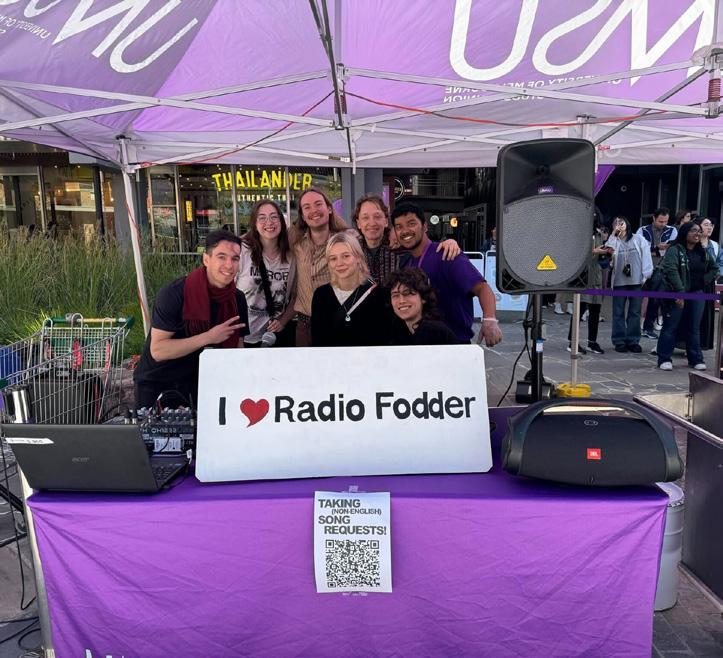
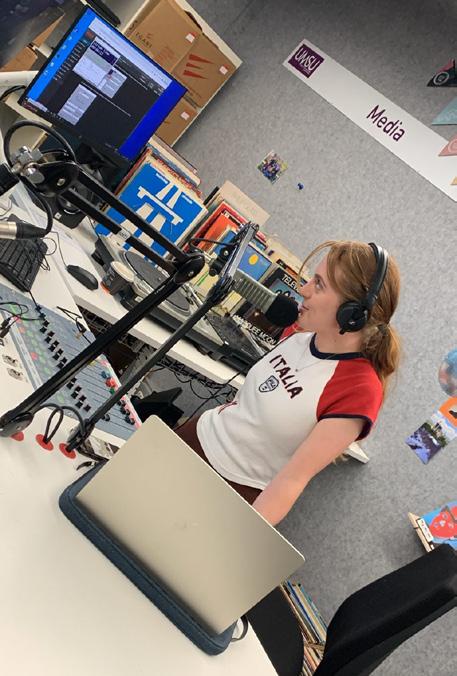

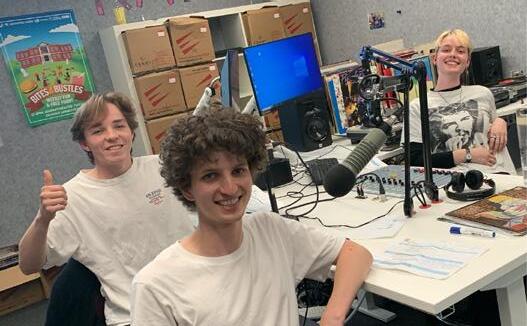

Radio Fodder is well and truly back in 2024 and the brains behind the broadcast are demanding your attention.
With a stacked schedule full of student-run shows airing live from the campus studio each week, it is undeniable that the Fodder revival is upon us.
Fodder management and hosts from some of the station’s shows spoke to Farrago to share more about what is happening on air and encourage readers to tune in.
Station Managers Harrison George and Lauren Williams are eager to put Radio Fodder back on the map in 2024, reengaging the student body with events such as mixer nights and broadcasts from the University of Melbourne Student Union’s (UMSU) Bites and Bustles every Tuesday.
“This year, Lauren and I are really pushing a community aspect for Fodder that’s been lacking,” Harrison says. “We’ve also been emphasising the arts as the centre of Fodder and this has helped us to begin creating a stronger sense of identity for the station.”
“A big focus for us has been actually developing the content on air and getting the hosts to promote their shows as something people ought to listen to. We’re looking forward to our battle of the bands and gig night in the coming months too, so stay tuned.”
Whilst Lauren’s radio career was initially inspired by Anna Kendrick’s role in the Pitch Perfect movies, it was her experience as a show host last year that inspired her to get involved with station management.
“My co-hosts and I felt very isolated, we hardly knew the faces of other show hosts and the studio where we would record broadcasts was almost always locked. We could see the very obvious holes in radio where management and funding were failing us.”
“Listenership has definitely fluctuated over the years, but something that hasn’t changed is that Radio Fodder lets show hosts have full autonomy over the content they produce. At the end of the day, it’s a platform for self-expression and experimentation.”
This year’s team of hosts are making the most of this opportunity.
Sunday O’Sullivan hosts BeReel, which airs Wednesday nights from 6-7pm.
“BeReel is a talk and music show surrounding a selected film every week and music chosen based on the film recommended by me,” Sunday says. “The music is based on my own taste and covers a range of genres. I try to stay away from obvious picks based on the film I am focusing on. The talk is generally some vague song info but it’s mostly me making myself laugh or (hopefully) making my guest laugh.”
As a first-time Fodder host, Sunday says she wanted to get involved in something fun in her third year of university.
“I pitched my show knowing absolutely no-one in the Media Department. Everyone has been cool and helpful with setting up the newer hosts with the essential skills in the studio.”
Fellow Fodder newcomers Aroma and Viola Imran co-host a talk show called The Rat Trap! between 5-6pm on Wednesdays.
“We just talk! From fashion to inside jokes to trends to pretty serious convos, we cover it all,” the sisters say.
“Viola and I have very stupid, weird and interesting conversations and we always made jokes about starting a podcast. When we found out about Fodder, we just had to do it,” says Aroma.
“I’ve met some really cool and interesting people on Fodder. I think it is so refreshing to have a place where people can express themselves through music, opinions, and other things, especially because school is so hard!” says Viola.
One of the longest running shows in Fodder history is Radio Sci-Lens, a science communication show that airs Fridays at 4pm. One of the show’s co-hosts, Kaih Mitchell, spoke about the show and the changes it has gone through since it first began airing in 2020.
“In 2020, lockdown started the week we were
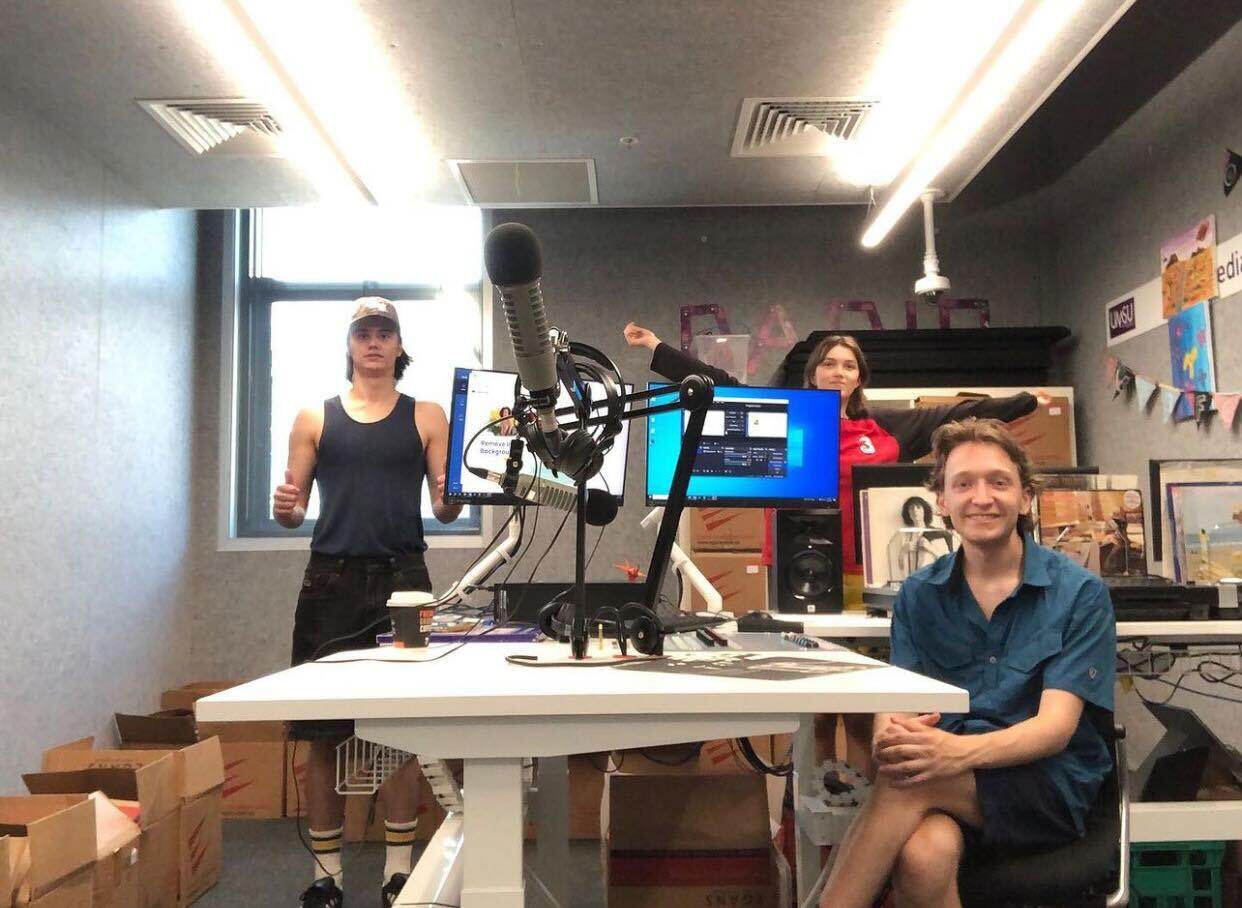


going to do our first show, so all shows were pre-recorded through Zoom. Creating a radio show through Zoom helped keep us sane during lockdown, but it can’t compare with broadcasting live from the studio,.”
It was one problem after another for Fodder’s network of hosts, with lockdowns, studio construction and a scarce show program preventing community building. Kaih says this has all changed in 2024.
“The current managers, Lauren and Harrison, are incredibly committed to making Fodder great. It’s easily the best it’s been in the last four years, maybe the best it’s ever been. Their enthusiasm is infectious. Having a dedicated team of producers who are all working hard to get new shows up and running and to provide support to the station really adds to the feeling that Fodder can do a lot this year. I’m looking forward to seeing what they all can achieve with the station.”
There are also shows from some familiar Farrago faces.
News Editor Joel Duggan hosts Heavy Hour on Fridays at 2pm.
“Like all good Fodder shows, I play my music and talk shit in between the tracks. The main point of distinction is that I try to spice it up by predominantly playing ‘heavy’ music,” he says.
“The station is alive again, backed by a community of creatives who really care and are always down to party. In terms of where I want to go from here, it would be sick if Fodder could break into the local community a bit more.”
Kien-Ling Liem, Farrago’s Non-Fiction Editor is also on the Radio Fodder roster, with her show Malnourished Mondays airing Mondays at 1pm.
“All I can say is Fodder is so back. We’re a radio station run by students for students, so it would only make sense that we spotlight some of the amazing talent we have here,” Ling says. “Every week I’ll be interviewing different student creatives within and
cians basically anyone involved in the creative arts!”
“I’ll also be playing student-made music only, so if you have any music recommendations or are a student musician yourself, email me at klingliem@farragomagazine.com with your songs.”
The local music scene is on the minds of many at Radio Fodder this year, with Dom Lepore from the producer team keen to get Melbourne musicians involved.
“We want to establish a greater sense of community through Fodder, so we’ll be interviewing and profiling artists from Melbourne’s local music scenes,” Dom says. “We’ve already taken Fodder from being on its deathbed but cultivating local acts and in turn the coverage is something we also value. By using our platform to celebrate the work of and local musicians themselves, we’ll hopefully increase their exposure and subsequent support.”
Dom and the producer team are encouraging students to get involved in this endeavour.
“It’s as easy as reaching out directly to the Fodder Team, either via Instagram (@radiofodder) or email (managers@radiofodder.com). We’re very eager to focus on music across all genres— from rock music to theatre—so just putting yourself out there to us is all you need to do to get started!”
Radio Fodder’s future is perhaps looking brighter than ever, with a team of people excited by student radio can accomplish.
“Written media can limit the scope of interest in getting involved, whereas anybody with a voice and an interest worth sharing can hop on air. It’s been so great to see students from such range of backgrounds, pursuits and ages come together on Fodder this semester,” Harrison says.
“We’re full of tech hiccups, odd transitions and unadulterated, unsupervised passion for music and pop culture. I truly believe it’s our competitive edge” Lauren says.
“Why Am I Tired?” Says Woman Who Spends First 15 Minutes of Everyday Consuming 653 Pieces of Short Form Content
By 8.30 the woman had already learnt that her organisational habits are the fault of her mother’s parenting style and that she is probably gay and that a Marxist utopia is possible if we start restructuring power horizontally through reading circles.
- Lucy Grant
Gender Studies “We Don’t Tolerate Sexism” Disclaimer Probably Went Without Saying “Oh Damn,” said a young man from the class. “I thought this would be just one of those classes that’d be an easy grade but it’s actually really complex.”
- Eden Cater
Nobu Opens up on Campus as New Budget Open Move over Moonfishh! There’s a new sushi joint in town, and it’s somehow cheaper! For just $75, you can grab 4 wagyu dumplings and a 3-piece tray of fish. Why go all the way to Crown and risk a gambling addiction when you can get the same non-omakase experience between lectures!
- Jay Chong
Mona Lisa Throws Soup at Protesters
Environmental protesters at the Louvre were in for a shock on Monday; Lisa came prepared with soup of her own.
Ms. Lisa has been removed from her position for a few weeks to cool off.
- Aaron Antogonisi
Oaty Slice Now Comes with Bib and Vacuum Say goodbye to crumbs and hello to looking like a damn baby!
- Emily Hope
The Trans Sport Debate is Over! Instead of Dividing by Gender, Athletes Will Now Be Divided by Attractiveness
The Absolutely Smoking Hot athletes will be awarded the most prize money and prime TV slots, followed by the Handsome and Beautiful but not Sexy, and then, of course, the Sexy but not Beautiful, Cute and Pretty, and the Tired/Grimy Hot.
“We really feel this addresses the concerns of the gender queer and trans community in unlearning the gender binary.” He continues that the “Creative Spirits, Striking Features, and Good Personality groups will be volunteers and not be streamed.”
- Emily Hope & Lucy Grant
Melbourne Dude Bros Petitions Olympics Committee to Make Bouldering an Official Sport “People don’t realise how you can’t just be physically strong to do bouldering, you have to be mentally strong too.” Says Jared, local brick wall climber.
- Alexia Shaw

––“Case 146; Rooney to the stand.” Sally walks up nimbly. “Good morning Ms. Rooney” ––“Hi.”
–– “I have here an unpaid speeding fine from 2021. Do you remember receiving this fine?”
–– “Yes.” Rooney replies. “I remember everything.”
–– “Ms Rooney can you please move your enormous fringe, I can’t see your face.”
Sally walks over to the judge, picks up the gavel.
–– “May I?” She asks, and without an answer playfully ties her hair around the gavel and into a messy bun.
–– “2021.” The judge continues. “You said you remember.”
–– “I said I remember everything. Like the walls of a suburban motel, my memories are textural and vivid and lived in.”
–– “That’s great Sally. Can you tell me about the day in January?”
–– “What do you want to know?”
–– “Obviously I want to know why you have a speeding fine. This is really low priority stuff Ms. Rooney I have a literal murder trial after this.”
–– “Murder. A phrase stuffed vapidly with a multitude of concepts.”
–– “Ms Rooney. Do you accept the January 6th fine, or do you wish to contest?”
–– “I am all but a gust of wind, I am nothing and I deserve to be slapped on my face. To contest is irrelevant, but know I am contesting simply by existing.”
–– “Order!” The judge feels around for the gavel. “Rooney. Could you tone down the intense self-hatred and get my gavel out of your hair.”
Rooney shudders.
–– “I don’t like it when men yell at me.” She says quietly.
–– “Ms. Rooney, I’m a woman—this is a pixie cut.”
–– “Oh, how second wave. Have you ever considered a fringe? I find it’s a great way to reject femininity whilst also remaining attractive to men.”
Judge stares in disbelief.
–– “Okay fine. I was speeding. Is that a crime?”
–– “Yes,” Judge replies instantly.
–– “You know what else is a crime? Locking up innocent children.”
–– “Correct. Unrelated however.”
–– “I contest. I hadn’t a meal all day. It made me air-headed and whimsical.”
–– “That is not a valid reason, Ms. Rooney.”
–– “Okay fine–I plead insanity.” Sally pulls a cigarette from behind her left ear.
–– “Absolutely not.”
–– “There was a gingham maxi dress sale.”
–– “Nope.”
–– “I was being chased by quotation marks.”
–– “Ms Rooney.”
–– “Okay! Yes! I did it for a boy. A stupid blond boy. No, he’s not liked by everyone. He creates division and I like that. I’d rather division than complicity.”
–– “And so you sped?”
–– “I had to get away. I acted impulsively on his behalf. He said something about a storm–you know how I love the rain.”
–– “How would I know that.”
–– “It wasn’t just me. There were thousands of us. It was idiotic, yes, but that kind of passion is rare.”
–– “Ms. Rooney. Are you admitting what I think you are?” Rooney scoffs.
–– “You’re finally getting it.” She unravels her hair and walks to the stand, handing Judge the gavel. “I guess radicalism is a crime now.”
–– “Yes, Ms. Rooney,” Judge replies, slamming her gavel. “Storming the United States Capitol is a crime.”

The music spirals A melody leaping Sound space fills It carries you Dancing your essence with it from the like Unending Walls mites to the I over The Rip tears Depths Need your A wound The It skin In time Climax oh w i l l It sucks Ever o Time me god and calls so Slows o take im I now back Dreaming gravity Drawing me Ever of f o l l o w Thats grips Wish with Dreamless beckons A feeling a now it The song is emotion Enter the space


Content warning: references to sexism and themes of patriarchy
Jacquelin presented the bill to Congress with the sombre face that had come to represent her greatest virtue in politics, society, and in her own head. She was emotionless, for emotion was a chink in the armour of protection against being classed as unreasonable, babbling; a woman. The solution was to be monosyllabic as to be more is to be ridiculed by the men around her. Men are allowed to be eccentric, men are allowed to show emotion for a crocodile’s tears are meaningful whereas a woman’s tears are inevitable. Men, the most ancient of constraints - what other form of enslavement has persisted for so long as the tie between men and women. The woman is forced upon in a heat of testosterone; forced to bear his child, forced to become vulnerable, therefore forced to rely on their captor for protection from other potential captors. It’s a never ending cycle and natural selection has seen fit to make women smaller, weaker, more afraid and so this cycle will continue indefinitely. As a staunch Democrat, the one concession Jacqueline granted to the Republicans was the versatility of firearms to women. A firearm could be seen as the great equaliser, the overpowering force of a bullet that allowed a women to dismantle millions of years of enslavement. Men, Jacquelin could feel their eyes even now as she stood speaking in the House. They looked but did not listen, her words were spoken into the silent void that all women’s voices seem to go; it is as though women speak on a different frequency that all men turn their minds from and instead focus on the bodies of the instruments as they make their pretty little noises. It’s all a tokenistic game,
She presented the bill to Congress with the sombre face that had come to represent her greatest virtue in politics, society, and in her own head. She was emotionless, for emotion was a chink in the armour of protection against being classed as unreasonable, babbling; a woman. The solution was to be monosyllabic, as to be more is to be ridiculed by the men around her. Men are allowed to be eccentric, men are allowed to show emotion for a crocodile’s tears are meaningful whereas a woman’s tears are inevitable. Men, the most ancient of constraints - what other form of enslavement has persisted for so long as the tie between men and women. The woman is forced upon in a heat of testosterone; forced to bear his child, forced to become vulnerable, therefore forced to rely on their captor for protection from other potential captors. It’s a never ending cycle and natural selection has seen fit to make women smaller, weaker, more afraid and so this cycle will continue indefinitely. As a staunch Democrat, the one concession she granted to the Republicans was the versatility of firearms to women. A firearm could be seen as the great equaliser, the overpowering force of a bullet that allowed a woman to dismantle millions of years of enslavement. Men. She could feel their eyes even now as she stood speaking in the House. They looked but did not listen, her words were spoken into the silent void that all women’s voices seem to go; it is as though women speak on a different frequency that all men turn their minds from and instead focus on the bodies of the instruments as they make their pretty little noises. It’s all a tokenistic game, men did not want women in parliament any more than a man wants a women to contest him for leadership
in a tribe; for what is Parliament if not a group of men venting the anger that would previously have led to bloodshed into prissy comments and unrestrained disparagement of an opposition under the false banner of righteousness. It had long been her view that men were something of an anomaly in the brain of the average woman - to invite a man into one’s home and bed is to invite a wolf into the henhouse. They may appear sophisticated, but they, in reality, were one moment away from reverting to their animalistic pursuits of lust and rape. Lust is the great equaliser of all men, it reduces the greatest of minds to the need to control and fill a woman. And so, she presented her bill to the House and stated “Minister, I hereby present the Safety for Women Bill 2024.” She droned through the provisions with especial care to be emotionless of Section 22 which stated that all men should be castrated at birth. “If we recognise the utility in castrating male dogs to reduce their aggression, should we not extend this to a more versatile, cunning and powerful predator?” She sat down. It took a moment for the House to realise she was finished. No one said anything, the Speaker cleared his throat and moved along. That evening she turned on her television and saw herself on the News. The shot was of her presenting the Bill but it had the top of her head partly out of frame with the focus upon her suit. The headline scrolling across the bottom made a lewd comment on the appropriateness of her shirt with two buttons undone. She turned off the news and locked the door as a far distant relative of hers may have burrowed deeper within a cave at the sounds of wolves in the night.
men did not want women in parliament any more than a man wants a women to contest him for leadership in a tribe; for what is Parliament if not a group of men venting the anger that would previously have led to bloodshed into prissy comments and unrestrained disparagement of an opposition under the false banner of righteousness. It had long been Jacquelin’s view that men were something of an anomaly in the brain of the average woman - to invite a man into one’s home and bed is to invite a wolf into the henhouse. They may appear sophisticated, but they, in reality, were one moment away from reverting to their animalistic pursuits of lust and rape. Lust is the great equaliser of all men, it reduces the greatest of minds to the need to control and fill a woman. And so, Jacquelin presented her bill to the House and stated “Minister, I hereby present the Safety for Women Bill 2024. She droned through the provisions with especial care to be emotionless of section 22 which stated that all men should be castrated at birth. ‘If we recognise the utility in castrating male dogs to reduce their aggression, should we not extend this to a more versatile, cunning and powerful predator?” Jacqueline sat down. It took a moment for the House to realise she was finished. No one said anything, the Speaker cleared his throat and moved along. That evening Jaceqline turned on her television and saw herself on the News. The shot was of her presenting the Bill but it had the top of her head partly out of frame with the focus upon her suit. cave at the sounds of wolves in the night.
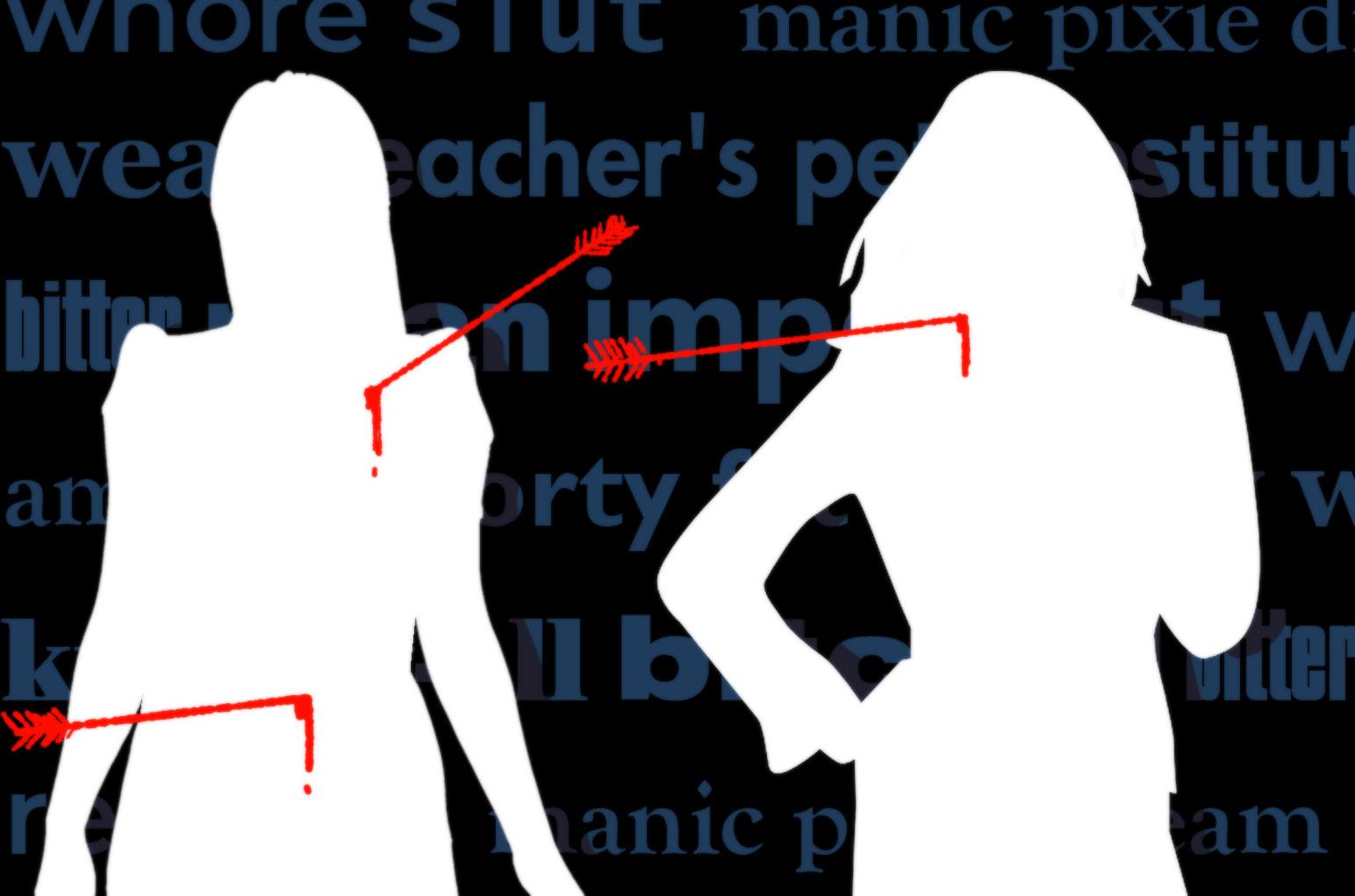
Content warning: references to sexism and themes of patriarchy
It’s nymphology, not psychology
Be the manic pixie dream girl that you fuckin’ ought to be
Damaged oddity, bought by Sotheby’s Auctioned to a selfish man who thinks that he’s the prophecy - Melanie Martinez, ‘Nymphology,’ Portals.
Where I’m from, the age that girls find out they’ll never be good enough is 13.
From infancy to 12 years old, it’s all about waiting. Boys are interesting from the very beginning: from the time they say their first word a month earlier than the average kid, to age 12 when they’re in robotics and on track to being almost about to be two steps away from on their way to a prestigious university. People take no interest in little girls unless they’re the kinds of people that should be in jail.
But after a while, boys get boring. Adults are fickle, they need to feel like they’re raising a brilliant young mind through thick and thin. Nobody wants to watch a young boy go through his awkward teenage phase. And by the time that starts, their girls are in bloom; sure, it’s spring.
Grade 7: nymphs in tights and Doc Martens dance through the halls, innocently batting their eyes and saying they think they’re ready for a boyfriend. Little do they know, the boys are learning that kind of soulless predation that will make girls agonise over one-
word text messages for years to come. They have plenty of time to waste on boys, later, but their parents have already told them that. The girls are already not listening.
Soon enough, parents meet their daughters. They’ve been so busy for the past 12 years that they’ve barely had time to check in. It’s interesting, because it usually only takes a month for parents to start resenting them. For the mothers, the daughters always have more potential than they did, better opportunities, more fun, stuff like that. For the fathers, the daughters are prettier than any girl they could’ve dated at that age, or the daughter is smarter than the son, or she’s smarter than the father. Could go either way. By the time they’ve decided what they hate about her, the daughter has probably also made her first big-girl mistake. Oh, Lord. She kissed the wrong boy. Or, maybe she kissed a girl. Is she failing school? Or passing so good that she’s forgotten to make perfect friends? Or friends at all? Maybe she didn’t kiss anyone but her books. Maybe she’s sick all the time, and never goes out. Maybe she’s sporty, and never has time for fun. Maybe she’s out so much she never has time for homework. Out past curfew? Not out at all? Pink hair? Brown hair? Blonde? Maybe she’s too into makeup, looks fake like a prostitute. Maybe she’s not into makeup enough, she might be trans. Maybeshe actually is trans. Or maybe she kissed her teacher. Whatever it is, parents will find it. But that’s not all.
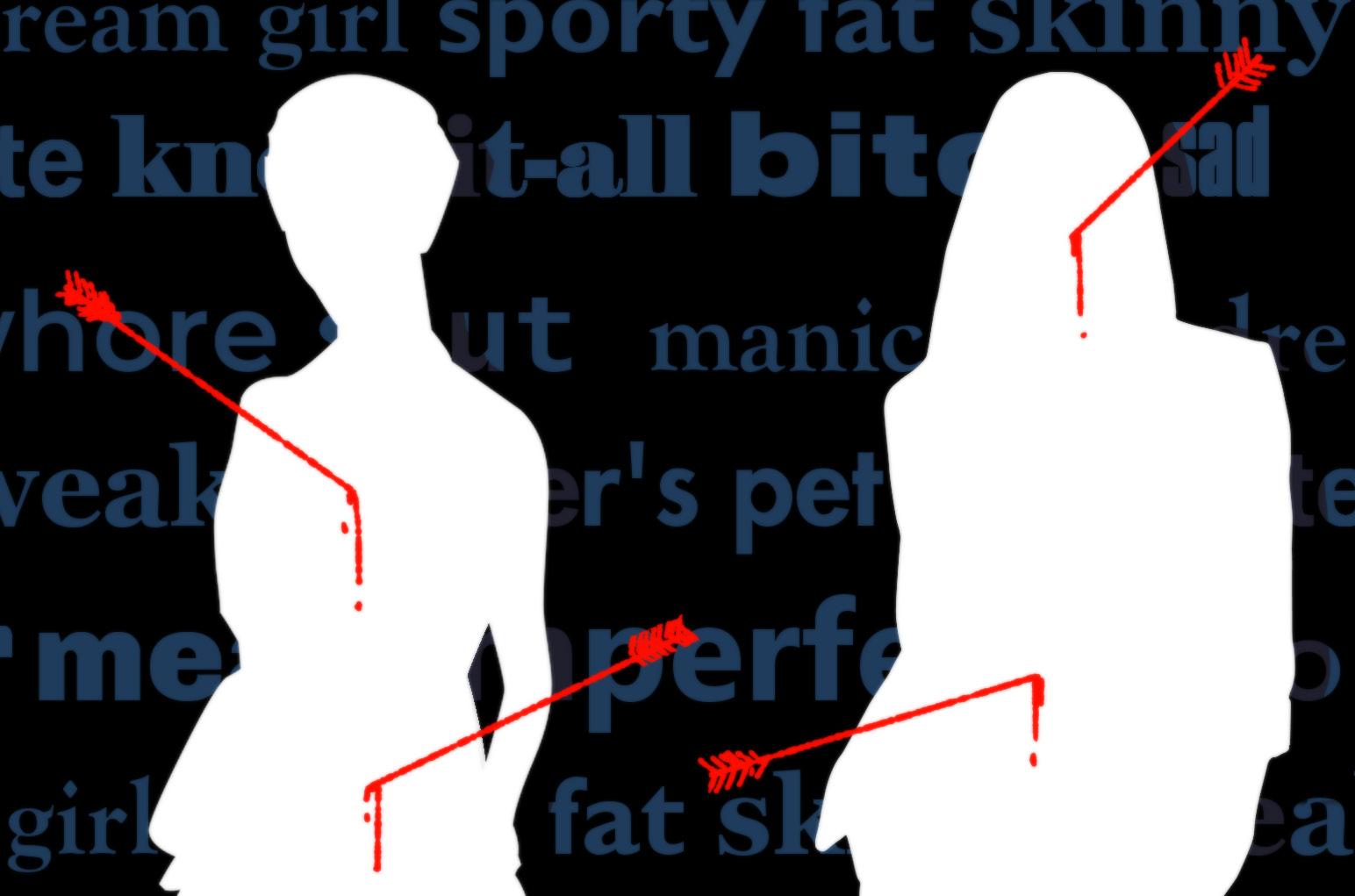
The teachers see it too. They see them doing the wrong thing. So do the other students. And before they know it, the 13-year-old girls are failing a class. Or they’re always in trouble. Or they’re the teacher’s pet. And all three of those things become your reputation very quickly. Yes, that’s right, the opinions of the other 13-year-old girls matter too. And 13-year-old girls love to hate more than anything in the whole wide world. 13-year-old girls have fights, break up and get back together all day every day. All they want is to be at the top of the food chain. They never are. And there’s no diagram that explains the food chain. There’s no formula, it’s just a fight to the death. And there’s nothing 13-year-old girls like more than to kill each other. Well, maybe that’s not true. There is one thing they like more. 14-year-old boys are newly neglected when they’re found by 13-year-old girls. They’re bitter, sometimes mean. Usually mean. After all, if a boy pulls your hair, that means he likes you. Yes, little girls get used to seeing abuse as love. Because the opposite of hatred isn’t love, it’s indifference. Hatred and love are so similar that sometimes when you’re locked in the bathroom trying to escape a pack of boys threatening to do things to you that you’ve never even heard of, you lose sight of the fact that they just want to keep you forever, and kiss you on the forehead. They just want to love you, darling. Now do you see? 13 is the year that girls go from
by Thao Duyen (Jennifer) Nguyen
pretty to ‘too’. Too fat, too skinny, too weak, too strong, too manly, too girly. You get it. I don’t need to list the adjectives. If you grew up female, you still feel the stings of the descriptors that hurt the most plunging into your skin like steel rope around your arms. If you’re a boy, maybe you have no idea what I’m talking about. Who am I kidding? Of course you don’t. You’re so far removed from what we as girls go through. You have your locker room talk and your crude jokes in your secret group chats. You never have to feel the shame that we feel. For boys, being 13 or 14 is about proving yourself – learning to be a man. For girls, being 13 or 14 is about surviving, and boys will never understand that, because it’s part of their identity as a species to ruin our lives. And it’s all around – the separate PE classes – we learn sexed and they learn boxing. We learn self defence and they learn rugby. The harsh barbed fences at this school that lock every time we leave were designed by a man to keep little girls out. He would roll in his grave if he ever learned that just 50 years later, they’d start letting girls in. But girls! Don’t leave yet! It’s time to pick the person you’re going to be for the rest of your life. It’s just like those dress-up games you used to play on your parent’s computer in the living room while they were renovating or divorcing or taking care of your brother. But be careful - dressing up has consequences.
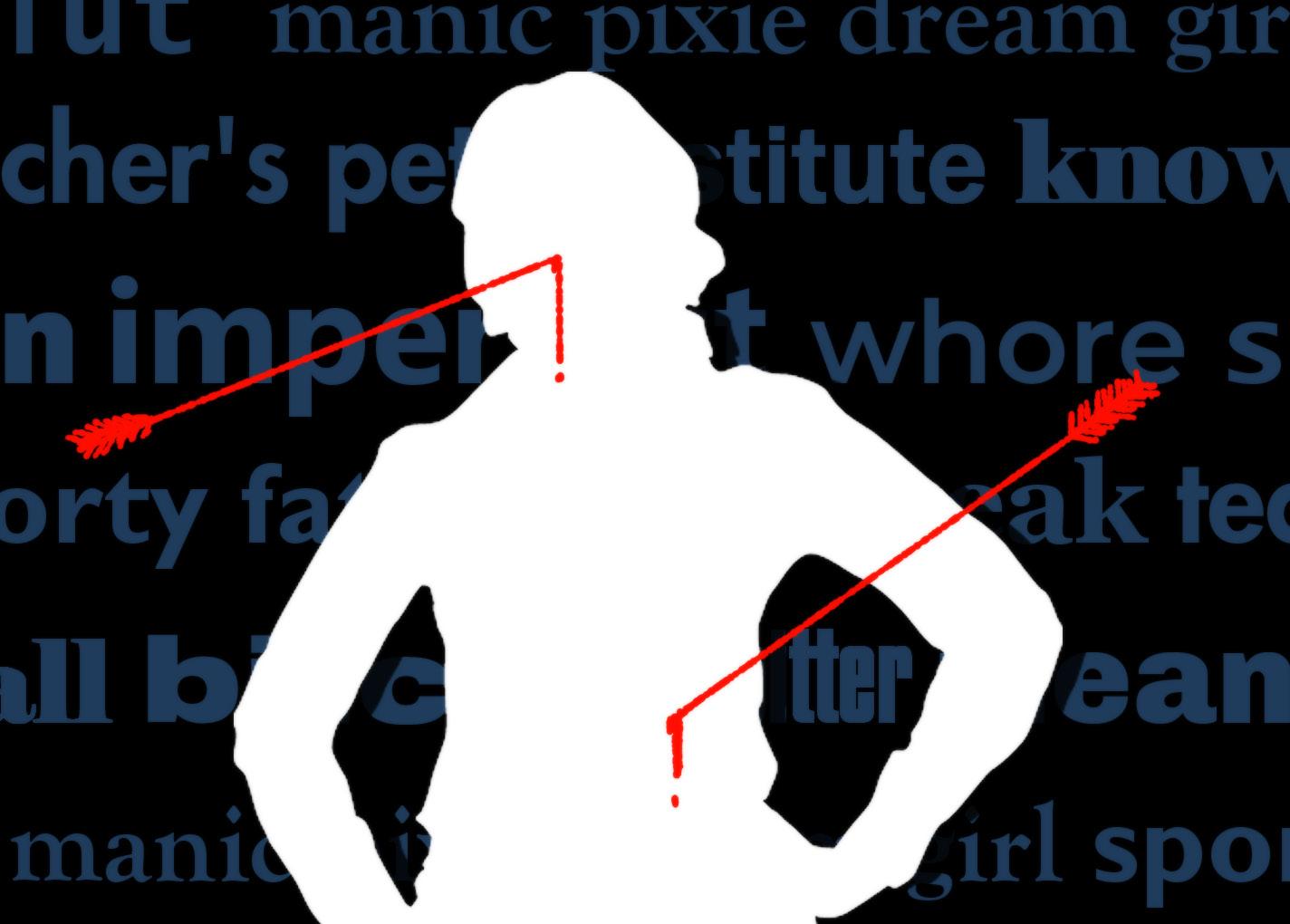
When you’re a teenage girl you only have a few choices of personality. You’re either a sullen girl, a good girl, a bad girl, or not like the other girls. If you’re not like the other girls, be ready for a bunch of friends who hate you silently, but you probably hate them just as much. Your favourite colour is something like green and you probably like hanging out with guys because girls are too much drama. No, no, I get it. But if you look in the mirror, I think you’ll find that the colour green is your favourite because it matches your eyes, and guys don’t want to date a girl that puts other girls down. If you’re a bad girl, adults progressively start to hate you, and you had nothing to do with it. Maybe it’s something about your face. Maybe you chose looks over books. Maybe you wore a mini-skirt, and someone took it the wrong way. Maybe you were born into the wrong family. Your older sister is super smart, or your older brother is a rapist. Maybe your parents are drug addicts. Or maybe your parents are super religious and you don’t like that! Doesn’t matter what you did or didn’t do - you’re going to pay for it. Girls are jealous of you, and guys use you. No one loves you like you wish they would. And you have no choice in the matter. You’d think a good girl would be the opposite. No. Good girls and bad girls have one thing in common: they’re used like common access resources. Non-rivalrous and non-exclusive. Bad girls are used as scapegoats
and sex toys, while good girls are used as robots and examples. It may sound good, but what happens when you get a B instead of an A? If you know what’s good for you, you’ll never find out. And no, your parents will never be impressed. Be nice, stand up straight, and smile. Smile like the fool you wish you were. And lastly, the sullen girl. Maybe you’re gay. Maybe you’re neurodivergent. Maybe you’re just different. Either way, you’re left out. Be the manic pixie dream girl that you fucking ought to be. Stop being bitter. Stop being resentful. Stop wearing so much black and for God’s sake stop being left out at school! Maybe if you just put yourself out there more, people would like you. Maybe. And by the way, you never talk! Why are you so quiet? You all have a few things in common, though. You’ll never be enough. You’ll never fit tightly enough into that box you’ve picked to call home. And someone will always be disappointed in you. Oh, and I almost forgot. None of you have any control. If you wanted to be in control, maybe you should’ve been a boy. In a few years, you’ll wish you were. Good luck out there in the world. And don’t forget, if girls want to achieve the same things as boys, they just need to ‘step up’. And when you start bleeding into your panties, don’t worry about it, it’s completely normal.
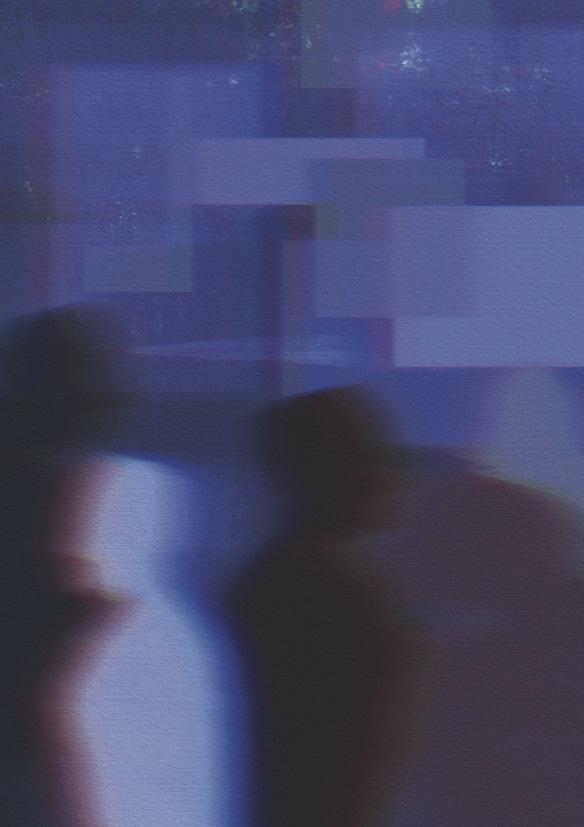
Will I be obsolete?
Will I be remembered or covered by another?
Will you stop; stare for a while?
Take a moment of your life to consider this moment of mine?
Or will you move on?
Consumed by the swarming crowds, While my words slip from your thoughts?
I think I’ll stay here a while, hidden by other words, my pages and intentions wasting away.
Yes;
I’ll stay here aching to be remembered in a world of blurred thoughts, in the minds of those who’ll be forgotten.

he never liked modern art. said it meant nothing. it was just chaos. that anyone and everyone who saw something in that garbage must’ve been high or something. or drunk. like he was. it was noon. the only thing he liked more than drinking in public was arguing. he didn’t like being right mind you. he liked arguing. and.
while I’ve never super loved it, I have been known on occasion to imbibe.
so. we found a seat. and I got to stoking.
you woke up today because that meant something to you. you decided to come to this museum with me because that meant something to you. you had money for the tickets because you woke up for work yesterday because that meant something to you.
you have all of these opinions about modern art and why it’s meaningless because these images illicit that from you. you run around here like a caged animal, you run your mouth like a used car, you roll your eyes at me right now in this very moment because all of that means something to you. so.
huff and puff all you want Mr Grand-high-arbiter of what is and isn’t art. your breathing and yapping and complaining tells me that without a doubt you find some sort of meaning in this erratic chaotic jackson pollock-style of a life that you choose to live. so.
be the plastered critic all you want. just don’t pretend you’re not a groupie too.

A love letter to Frank O’Hara and ‘Having a Coke With You.’
It’s called a Roy Rogers, I’ve heard; isn’t that pretty cool?
I like cherry cokes
Though not more than I like spending time with you; bundled with wool and knitting needles of periwinkle blue stranded beside a grove of strawberries underneath the suckling sun spooling onto our feet just like the overflowing gelato toppling down and down. down. and down.
I’m scared to ask, what if they don’t have it?
You’re getting the ordinary coke
The Frank O’Hara as I like to think of it
I’m also afraid to tell you it’s one of my favourite poems
Just in case you ask more than what we usually talk about; because we’re used to sitting in silence across daffodil thick grass because we haven’t travelled anywhere apart from the expanse of the city because the city is luminously loud over our voices because I’m afraid that admitting I like cherry cokes more than you Is somehow my way of saying that I love you
So what exactly’s in it? You ask Coke and grenadine and maraschino cherries, I say Giddy at the thought of artificial sweetness on my tongue
Spreading colour across my cheeks as I turn to you; lovelier than the shade of grenadine and pomegranates
I’d rather watch you than my favourite movie in the entire world; my childhood has that and now I have you
Then you’re by the counter
And suddenly, I tell you it’s my favourite poem; that I can recite it from memory no matter where we travel even if we’re stuck in the city even though I still prefer the fictional cherry coke that’s never around the fact that you order it instead of your usual and that you steal it for yourself and ask another for me, sipping on that even though you say you don’t like cherries
They do make them, maybe it’s why I’m around you so often; talking about how having a coke with you is more fun than any place we will ever reach.
Design uses content from the Frank O'Hara poem 'Having a Coke With You'
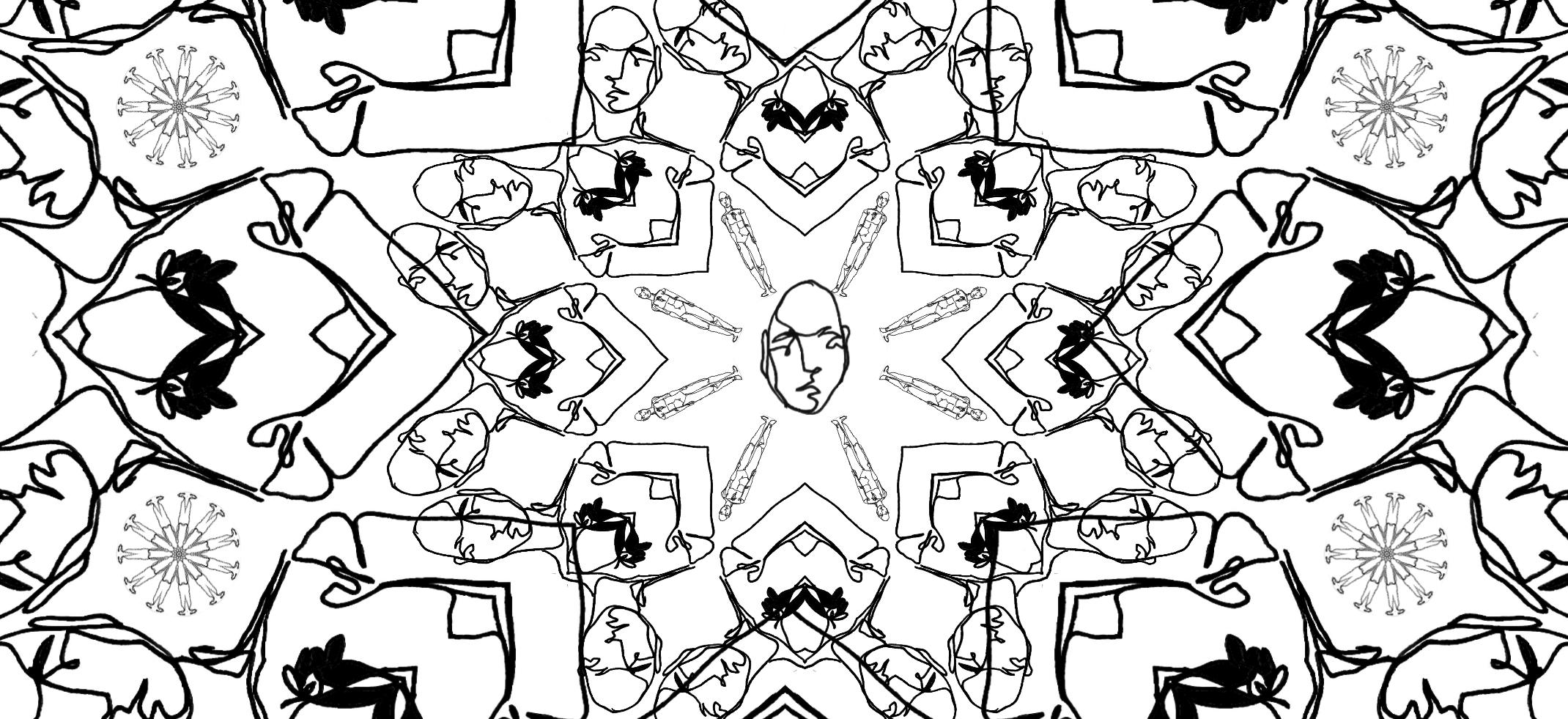

You stare There is black The Piece is a wall
Consuming you Your fibrous being
Where it passes In the gallery here Decaying The hole grows
An Abscess is left The Wall
No sense With cream at the edges A vignette
Stretched across like spindles Gorges on the Wall
There is nothing left You stand lifeless Time crawls over you
Following you out of the room Empty

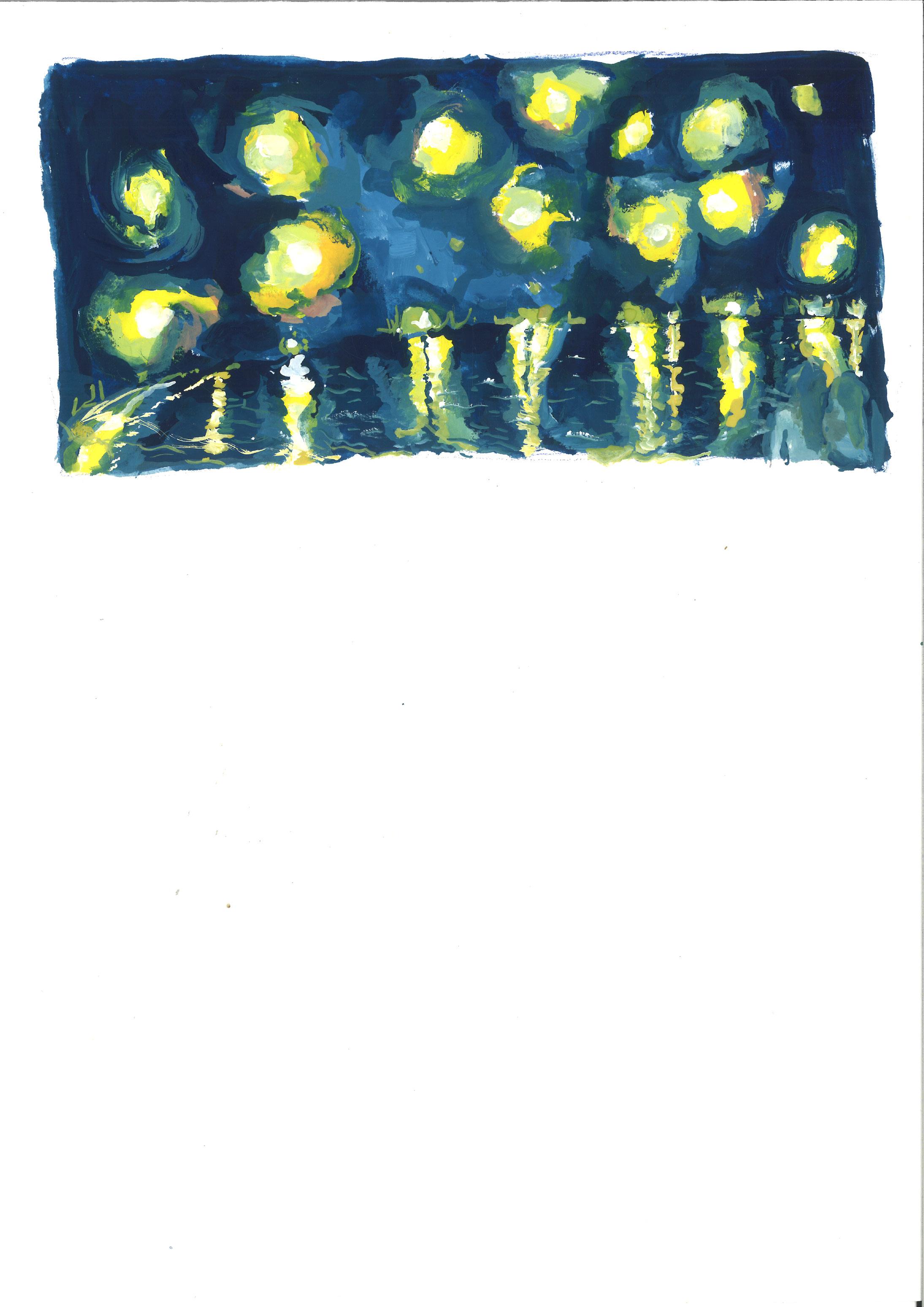
drink me canvas in swift thick gulps, swim in my fixed gaze and swirl in my patient presence you have made me and I am an orchestral dance of colours
(a gentle dot from a thin brush, that brings me to life, Immortal for a time) till, once again… you oil my milky being and push gesso into my woven skin
think of all those countless brushstrokes, like fingerprints and the changing colour and texture of my skin, my freckles, across my essence all random like beach sands or intentional like the stars the stars and I of stardust, may again and again an unfinished work of Art
experiences dispersed and flickered be breathed into being
feed the highlight of my hazel eyes,
Illustration by Harriet Chard
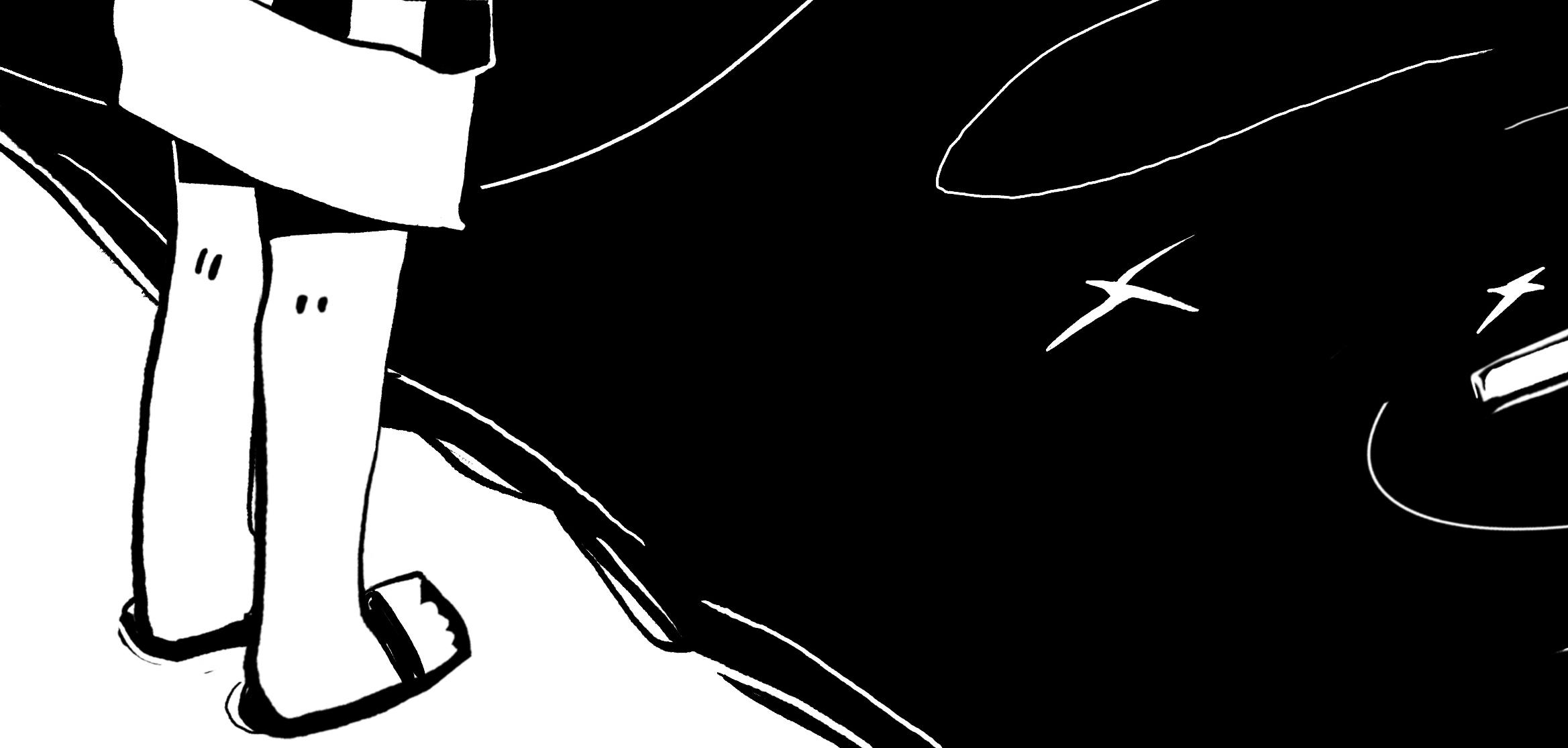
Content warning: references to a breakup
I am traveller, artist and fraud. I am mere story, message for you stuffed in an empty bottle. The coward who fled, who could not bear to stay in that town without you. But I learnt it all from you—I was not the first to leave. I am the clover you tossed over the garden wall. I am the ring you left behind. I am the past you refuse to speak of. I am mere story. Left me in one week and you vanished even quicker. So I am diver. Swimming through the murky remains, seeking the word I can use to paint your image, so I can remember. Every dedication, character and em dash in your honour—but I cannot tell you that. I cannot speak of you or us or I. My friends have tired of the topic too, a groan or rolled eye at the crucial syllable. All I have left is an orange cloth bound book full of your hymnals, seeping ink from the stapled parchment in your handwriting. The few allowances brought across the sea, the central symbol I let bleed into every narrative I write. The best attempt at leaving you behind. I never deal myself absolutes. But I am home for the holidays, and I am thinking of you. Summer solstice, a strange night for a birthday party. An evening of drinking when the sun won’t set for hours. I have cried sobriety, friend I came with my auditor. My mother’s car keys jingle at my side amongst a crowd of already drunk teenagers clamouring around the birthday girl’s yard. I am desperate for it, the burning alcohol down the throat. Sanitise the yearning, dull your voice in my head. Because not even five minutes after arriving I meet your friend again. In the room where presents are discarded, she sits between the legs of her new boyfriend. She greets me from the floor, arm wound around his thigh, wrapping paper at her feet. He looks the same as the last, his name already forgotten. Maybe I imagine the
look on her face when she asks how I am doing, what I’m up to. Maybe it’s simply the memory of the smirk when I dug through her for information because you refused to talk to me. When I would beg for anything about you. She did the same with every question, answer echoed back to you. At least I knew you were listening. The middle woman—loyal to no one, informant to all. Cheeks aflame as I wave off the vodka bottle she is downing. I don’t say anything, bar expected awkward small talk. I am terrified, even now, one wrong word would be reported to you. I don’t even know if you speak to her anymore. I don’t know where you are and who you talk with and I haven’t for a very long time. You no longer exist, just a symbol carried over—meaning forgotten. This is all mere story. It is all I am left with. Third year without you passed almost the same as the first. Orange cloth swapped to red leather, nine poems and a confession. Not to mention the dreams, the diaries, the accusations whispered in the dark. I like to say that one day I will stop this madness, this obsession. But I am home for the holidays and I am thinking of you. Four hours pass and everyone is drunker than I have ever seen them—further gone than the night before graduation or the bender that followed. I am passed between people who throw their arms around my shoulders and go on and on in slurred words about how much they love me / want to hang out more / wish we talked more / need to say that I am their best friend. I know that song very well. One boy returns with a big bottle of bourbon, or is it whiskey? I cannot recall when he disappeared, but he is greeted with a chorus of cheers when he walks back through the gate, orange sky behind him. The bourbon or whiskey moves between loose lips in its

brown paper bag. Secrets are shouted across the yard, my mouth remains sewn shut, eyes remain away from her. Because I am home for the holidays and I am thinking of you. Amber liquid spills on the porch steps as we all spill out from the garden gate. Running across the gravelly road, birthday girl pulling me down the grassy stretch and towards the beach. The moon has finally risen, darkness finally here. Ankle nearly twisted climbing over the dried-out river of sand, tripping over a branch knotted in grass. Falling into the beach, people pair off. She sits on the sand and I have to force my eyes away again. Moonlight just enough to make my way across the pale sand, trying to keep focus on the roaring of the waves.
I am traveller, artist and fraud. I am nothing but a character of my words, the formless speaker of what you will never hear. I may never see you again, but I will live forever in a little green notebook. For I am home for the holidays and I am thinking of you. Since I touched down on the tarmac I have been thinking of you. First day back, already yesterday now, spent on the other end of the lake you lived beside. Miles away. You may not even be home this time of year, but it is still likely. I could turn around and ask her if you are. I wouldn’t even have to form a full sentence, I could just say your name and she and everyone on this beach would know what I was talking about, what I wanted. All I do is think of you, it makes me feel so hopeless. I have all this freedom and all I can do is think of you. Sand pours into my sneakers between the sole and my socks and I think about driving to your house. I don’t even remember the address but surely this force would guide me. Shut the door, start the car and drive. The bourbon or whiskey is passed around
Illustration by Maleea
again, the smell so strong I fear it clings to me. I would pull up in your driveway, walk through your front door and you would be sitting at the kitchen table waiting for me. Sand clings to my knees. Your parents would recognise me, at least your mother always did. But what would they say? The waves kiss the shoreline. What would I say? Stay in silence or hurl these anthologies at your face? Lights switch off across the esplanade. The friend I was driving home abandons me to stay on the beach for another two hours, taking a boy and the bottle. I drive home alone, let the turn off to your suburb pass, unseen in the dark. I am home for the holidays and I am thinking of you. I cry in silence, in solitude. New words for this story make their way up my throat but I will not let them out. At least not until tomorrow. Only then will I sit down with the little black notebook and write it all down—yet another story for you. Fiction for your ghost, I hide behind such titles. I can say this was all written for the moon looked so beautiful the night of the summer solstice when it finally appeared. All for the blue light or blue dark that hung above the drunkards, and I—the forgotten—still roiling with unfettered conscience. For I am nothing but a coward, I can never outright say it was all truth. I must hide behind my elusive form. But could you blame me? Could you punish me for turning my tears and near four years into endless words around you? I have already done it too many times in prose; I no longer fear your judgment. But this will all happen tomorrow. Tonight, I keep it unsaid. The bottle is forgotten on the shore. Maybe picked up by some younger teenagers or thrown away by a Good Samaritan. Maybe it is swept away by the morning tide, tumbled in the salt water until it is smooth and preserved. Until it washes up on the edge of your backyard.
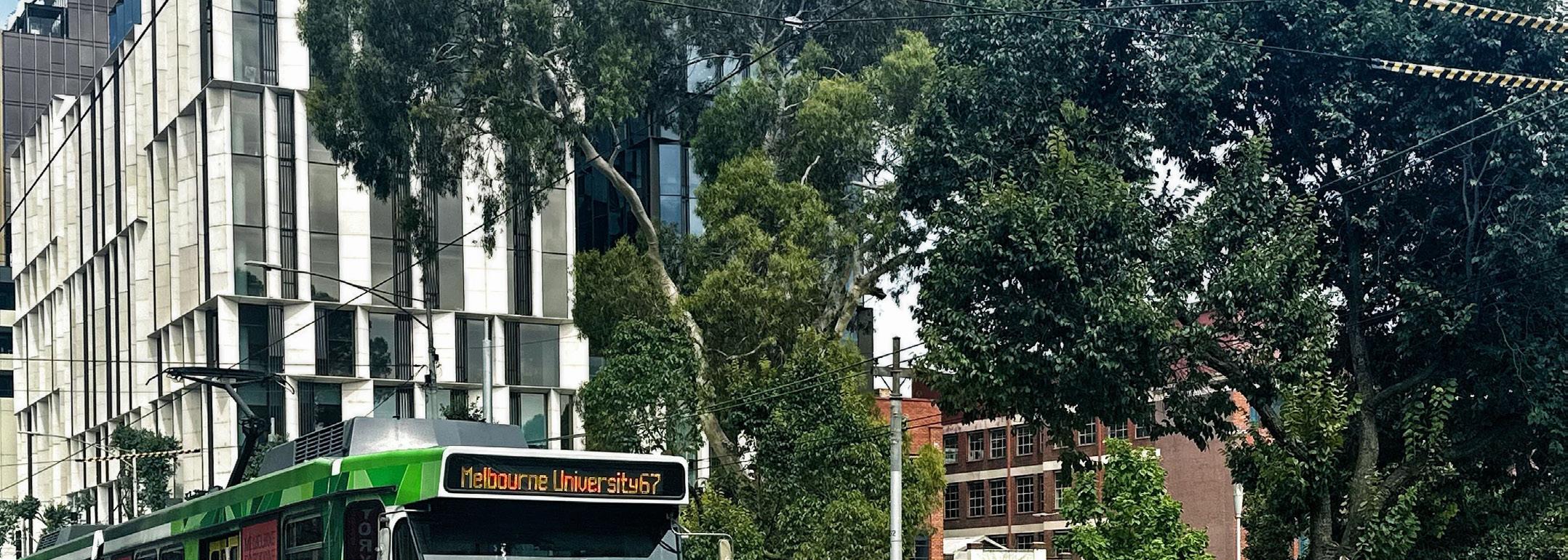
Content warning: mentions of eating disorders
You had curly hair and black headphones to protect you from everyone who wasn’t worth your time. You had dark eyelashes and a round face that made me want to make you laugh. Your shirt told me that you had good taste, but you didn’t try. You had me using the cesspool of online dating to justify why it might be okay to give you my number out of the blue, to walk out of the bookstore I work in, to cross the road and apologise for making you take off those black headphones—preparing myself for an annoyed or off-put expression and already guilting myself for disturbing your peace or making you uncomfortable—but handing you a slip of paper anyway, then walking back inside wishing I’d shaved and done my proper routine this morning, wishing my alarm had gone off earlier so I could be more presentable, wishing I could be immediately compelling to an effortlessly cool stranger. Did I ache for you beneath my clothes or my skin? Was I into your outfit, or jealous of it? Did I want you, or want to be you? Your coolness probably wasn’t effortless, but you’d put in enough effort to make it seem that way, and it
looked like you were comfortable—in that tired, onmy-way-home way, in the way that you knew the tram stop you waited at, knew the tram you’d get on, knew how it would be congested, like you were used to it. You made me miss meet-cutes, the feeling of seeing someone who’s boundlessly more awesome than anyone you know, precisely because you don’t know them, because you can’t help but make up fantasies that are much cooler than the reality of a renting student with seven existential crises and an eating disorder. I’m assuming, which isn’t best practice, but it’s all we can do. You make me regret getting to know people, because maybe everyone would be as compelling and intriguing as you are if they were separated by 15 metres, a tramline, and a wall of bookstore-display-glass, and a pair of black headphones that nested in your hair, so beautiful it made me jealous. Then you got on your tram, and by the time I sat to write this I’d already forgotten the finer details; what shape was your nose? Was your shirt black or coal-grey? Were your nails painted? What colour was your phone case? Now your image only exists on my pedestal and in these lines.


Content warning: mention of car crash, references to death in no explicit detail
I wonder if in years past we will remember this time and how that light dappled through your neighbours’ oak tree and fell across us in soft slants as we lay there on your makeshift swag of a bed and I wonder if in say 20 years I will recall that time I shook like a leaf pressed up against you in your new empty room that smelled like that vanilla cleaning spray and dust and I could still taste cinnamon on your lip from those doughnuts you ate
And I remember thinking how I had never–for even a moment in my life
Had felt so outside myself there are moments which you can plan for Some you can foresee or predict or take precautionary actions
But when you kissed me that Thursday afternoon in that musty room with that 18th century carpet and that soft breeze outside against that blindingly blue February sky I knew then it was no point no point holding back or resisting or taking an easy way out there you were and here I was with that space between us all that light falling all around and that Smiths song, about how there are lights that never go out and it baffled me how life could surprise you
Really in all kinds of way in people you never expected to meet in roads you never thought you would walk down on our lives as malleable as clay still warm still wet
After all how many times in our lives do we let it all go
And surrender completely to a person to a place to a faith and That moment I felt that holding onto you letting it all fall away thinking, That someday I might look back and think it stupid
But there is no someday what if a ten tonne truck kills the both of us? standing in this February light with that dying sun sinking furiously in swaths of pink and red standing at traffic lights and tram stops I felt, it mattered that space between us—it was warm and bright, and I could almost cup it and hold it in my hands


Content warning: Depictions of gender discrimination & stereotype
The following essay
Tying up pink strands of shoulder-length hair into a bun, Jun Choi proceeded to stare into the depths of the screen that had been blinding him for the last two years. The three letters, in inky black Times New Roman, size 12, sat in the furthest corner of the endless white page which should have filled with the first 500 words of his essay—but it hadn’t, not in the last two hours, nor the last three days. A thin, black cursor blinked in a clocklike rhythm where the sentence trailed off.
His page was as empty as his brain. The three words imprinted onto the near-empty surface felt meaningless.
Jaw meeting the tip of his wrists, elbows pressed against the wooden desk, the pink-haired academic weapon-turned-victim continued pondering, his eyes shifting between the mind map he had drawn for his essay and back at the three words on his screen.
He found interest in the pattern of the cursor all over again, and Jun could not keep up with its pace anymore.
Back and forth, it disappeared and appeared, then appeared and disappeared again at the end of the incomplete sentence. He thought of following its trail, one footstep after another, and wondered if he would be able to keep up, or if the cursor would move forward without him, leaving him stuck behind a trail of words, letters and characters. The pink haired boy, pulling at a strand of hair—he was still getting used to the length of it—laughed light-heartedly at the thought.
Fixing his dark-brimmed glasses, he moved his laptop to a side with a sigh. He pulled out his planner and skimmed through his to-do list for the day. Having grown tired without realising, his fox eyes hovered shakily over his entries in the previous pages. He smiled, for what felt like the first time in years.
He noticed how his handwriting had gradually grown messier and rushed between the 24th of February and the 31st of March, the start of mid-semester break. His smile broke into a chuckle, although he himself wasn’t sure whether it was sarcastic or sincere.
So, it was working. He had been keeping up with everything—weekly readings, lectures, assignment deadlines. This year, he wasn’t behind. He shivered, thinking of the way he struggled to keep up academically through his overwhelming first year. Yes, he had been doing much, much better.

He looked back at his laptop screen.
The following essay
Oh, but at what cost.
The sentence had been left discontinued for the last three days, while Jun let himself succumb to whatever force was weighing him down, tumbling headfirst in a freefall.
Freefalling. Endlessly plunging into the vast unknown. Jun had grown accustomed to the seemingly infinite sky, with its infinite shades of blue, and delicate, misty clouds; he felt ever so frail and light at the thought of them entangled with wisps of his own dark pink hair. Jun had bid goodbye to the sky a long time ago, the sky that caressed his childhood dreams with her gentle, cloudy arms. Jun had been descending, unknowingly, for what seemed like forever.
As he watched the cursor, blinking without purpose, disappearing, appearing, then appearing and disappearing, he felt a familiar gravitational pull in the pit of his stomach, and realised he had grown fond of it. Jun saw himself on top of the black line that was slowly losing its spark, ready to flicker itself into nothingness, losing itself to the bright white light. With his own eyes, he watched himself give in as the cursor disappeared again, and before it could reappear, he was falling. It had been painful at first, but unintentionally, he had grown numb to the feeling of sharp air scratching against his skin as gravity pulled him down.
The following essay
The wait for the essay that was soon to follow the blinking cursor seemed as never-ending as his fall, the leap he had taken as a child—a promise made to himself a long, long time ago.
Jun Choi had taken the leap, and he fell away from childhood dreams, and headfirst into reality.

[Vincent: have you decided yet]
I throw my phone aside, letting it bounce a few times on the bench before landing face down. Lucky that the ERC is a bit noisy, otherwise the whole library would notice me throwing a fit.
That dumbass can get really annoying at times. Winter break is at least a few weeks away, so I don’t see why he’s so irritated and constantly pestering me to make up my mind. It’s just like please, give me some time to decide.
“Sis, are you okay? You almost broke your phone...” Anna says as she picks up the phone and puts it back on my desk area.
“It’s Vincent,” I groan. She sighs, understanding immediately. “He says he’s waiting for me to decide so that if we both go back, we can take the international flight together and then go back to our respective provinces domestically.” I rant on about things she’s heard before already. She listens patiently, sipping on her milk tea. “But if he’s getting irritated over my indecisiveness, I already told him multiple times to just book his own trip. It isn’t necessary for us to go back together if we’re gonna end up returning to different places anyways.” I’ve unconsciously switched back to complaining in Chinese—it’s just quicker.
The main problem is that I really don’t know what to do with the mid-year break. It feels like it’s a long enough time that I’m inclined to get out of Melbourne, but a month also doesn’t feel long enough to justify go
ing all the way back home and then coming back. I did suggest we maybe go interstate or even to New Zealand or something but Vincent hasn’t visited his family for a good two years and his trip back is long overdue. If I choose to stay, it kinda sucks because all my friends would also be leaving for somewhere and I’d pretty much be alone here with nothing to do and no one to see. I wouldn’t even have Vincent to keep me company. But if I choose to go back, I’d have to deal with my controlling parents and a sister that hates me—not to mention no Vincent. Plus, I don’t really have many friends back home anyways, so it just doesn’t seem like an enjoyable holiday either way. But if I neither want to go back nor stay, what else am I supposed to do? Personally, I know that flights will be cheaper the earlier I book them. And I know that it’s better to let Vincent know in advance if I choose to go back or not, I’m really not trying to be selfish on purpose or be inconsiderate of his feelings. Anna says that he wants to be together for the flight since we’re gonna be apart for those few weeks in summer. Seeing that I’m still unconvinced, she tells me to just book the flight first and says that I can just choose something that allows me to change the date last minute if I change my mind about it. Exhausted by my own bitching, I grab the nearest cup of milk tea and unhesitatingly stick the straw between my teeth.
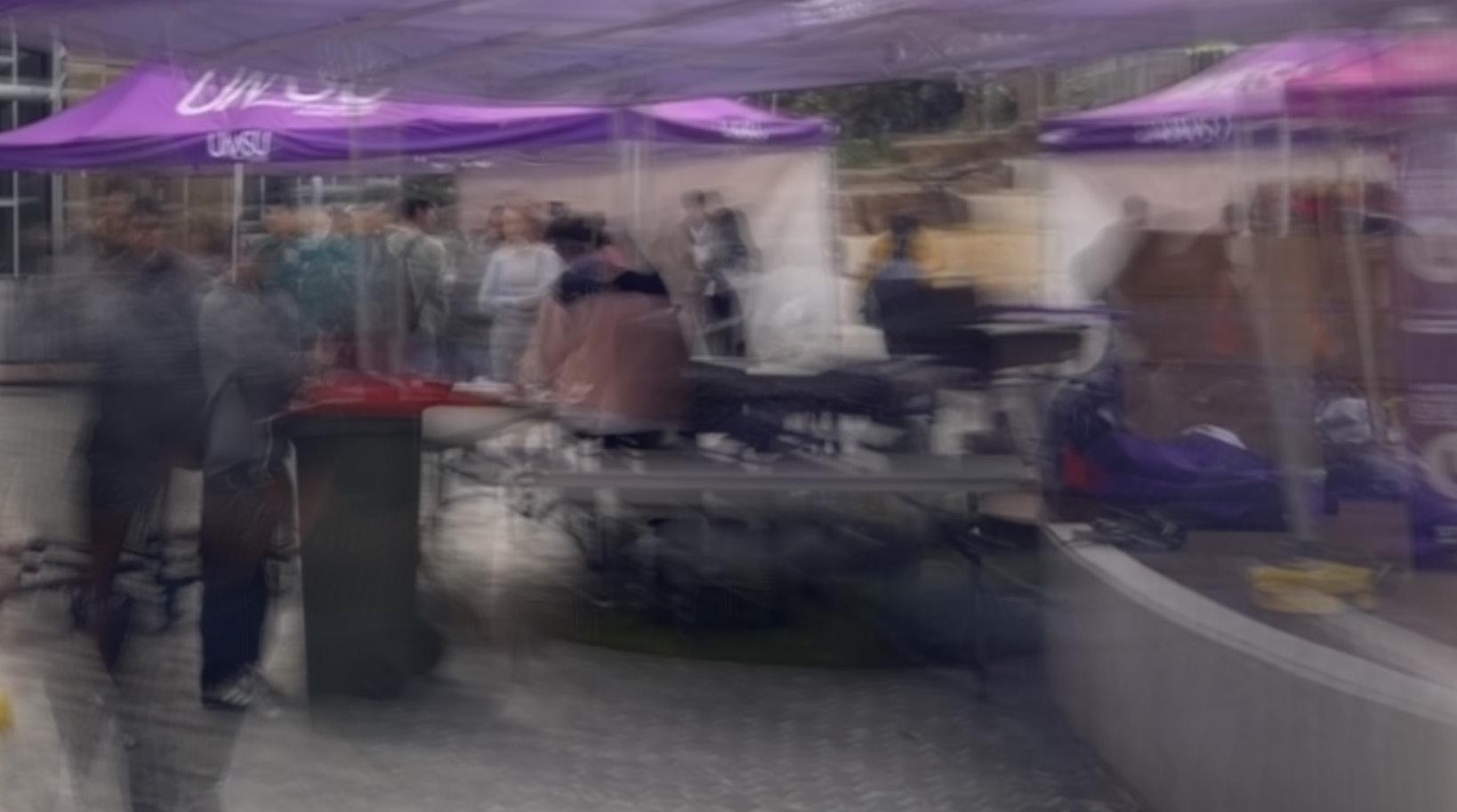

“…sis, that’s my cup.”
We exchange looks as the library goes quiet, before laughing our asses off as Anna hands me back my cup. I sip from it as we both start chatting about my situation and how I should deal with him. She gives me a flurry of suggestions and I start off talking about the downsides to them all before she forces me to acknowledge that there would be a few upsides that could at least give me some peace of mind. She’s trying to show me plane tickets from Tianjin to Nanjing but something outside the ERC’s slanted glass window has caught my eye.
It’s a well-dressed couple. He has his arm over her shoulders, and it’s as if they have this sort of unavoidable presence as they walk. I have to admit they look good together. It’s like I’m obliged to observe them, to become mesmerised by how their affection sparkles over the soulless concrete tiles.
It’s hard to imagine that before getting my first boyfriend I would be biting my tongue and letting this untameable tinge of envy run through me, just wondering how good it would be if that girl was me. And yet the only thing I feel right now is that I’ve been there and done that. Vincent’s also the type to like physical affection and I don’t shy away from it. It just doesn’t make me blush and go all soft like I initially thought it would. They disappear off in the direction of Market Hall, and my attention goes back to Anna finally showing
Photography by Gunjan Ahluwaliame the tickets. In the spur of my distraction, I blurt out that I kinda don’t want to go all the way south to visit him. Anna groans in disbelief. “Seriously? He’s your boyfriend and he’d be so happy if you went to visit him…”
“Well, I’m sorry that I’m not gonna exhaust myself with another train trip after arriving there, like how long is the mid-year break anyways?”
“Plane trip.” Anna corrects me while pointing her index finger at me. I can see the back of her long-ass kuromi black nails.
“Same shit, bro.” I lean on the desk with my arms flat against the surface, not caring whether I ruffle the pages of my textbook. “Don’t you know that getting to the airport is even more annoying, and it’s also expensive...” I moan as I burrow my face into my forearms, before pushing myself up so I can continue stressing over that essay due next week. Anna just remains speechless. She opens her mouth like she wants to say something, but then decides to just shrug it off and go back to working on her econ assignment, though I already know what she wants to say: You don’t even act like his girlfriend. You never even really liked him properly. What are you even hanging on to?
Read the full piece online at farragomagazine.com
all beautiful things are husks. an ekphrasis of Vincent van Gogh’s 1889 works titled ‘Great Peacock Moth.’
Yesterday I drew a night moth. Tender green, glinting carmine, and a shade of blue that numbed and stunned the whole of me. I found it on the white finger of a lily—a stark light it could not help but drink from. Its fluttering made it difficult to sketch, but I too could not help but drink in its wonder.
I heard the nurse’s heels clap softly down the garden path: Tuez-le, puis il restera, she said, (Kill him, then he will stay).
The evil eye on each folded wing was all that I could see. I was reminded that all beautiful things are husks waiting to transform to nothings. When I paint this husk tonight, I shall have to add a skull to the small of its back.
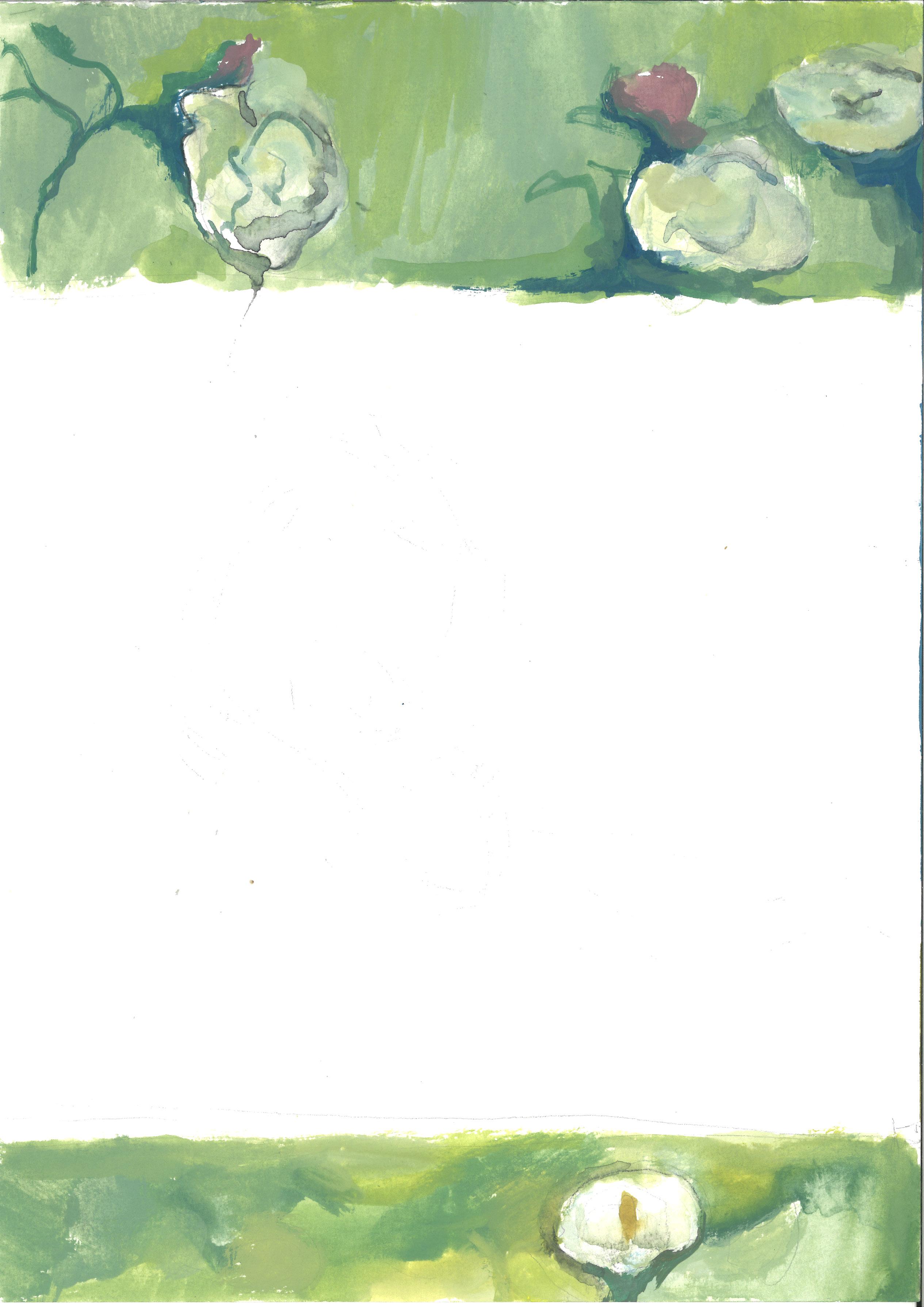
They flew from River Styx souls lapping against rocks a damming visit one night splitting shriek brown powder on the floor copper-coloured face and dark holes for eyes like two omens welcoming your sons and daughters to the dock you are payment enough.
Half your name stolen, —the second half, your body, sent straight to the loom.

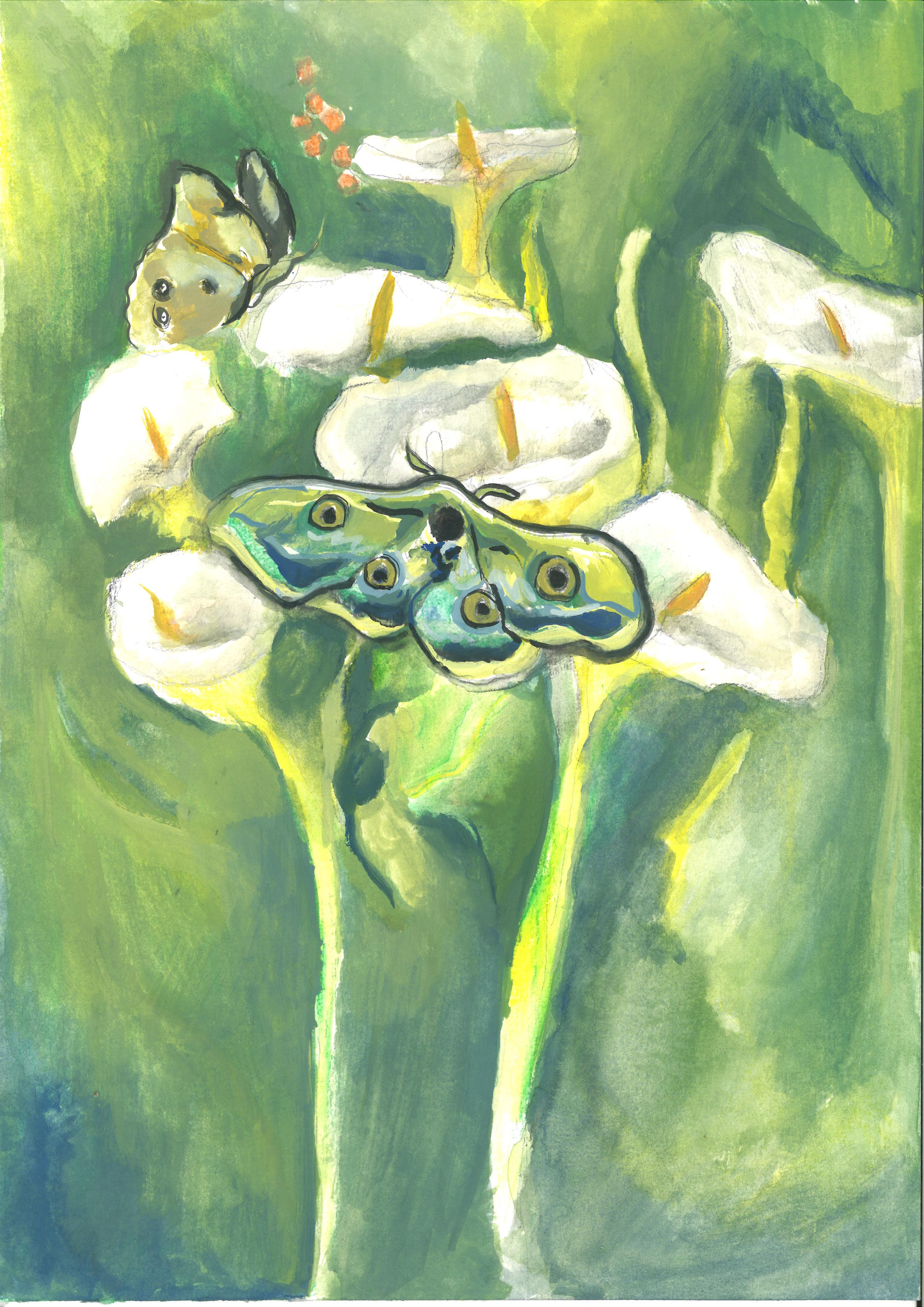

Content warning: mention of child pornography and homophobia
I usually deplore Tiktok. A foul river where the effluvia of popular culture enters our minds and scrubs at the wounds of boredom so we might feel something — even if just for mere seconds. But despite my contempt for the app, even I must admit it does produce the occasional delight. A few months ago, a friend sent me a TikTok. Opening the video, I watched as an annoying fashion influencer of curious Scandinavian heritage interviewed an elegant man outside the NGV. It might have been Comme des Garçons pantaloons he was clad in, but I knew immediately that this man was someone I had to interview. That is how I was introduced to art dealer and activist Rob Gould.
Opening a gallery with his mother in 1980, Rob quickly grew the business and became one of the preeminent dealers in Australia. But today, since closing his gallery and focusing on the work of his foundation, he has predominantly focused on furthering the voices of queer art in Australia.
“My project is about normalising the engagement between the public and queer subject matter,” Rob explains, showing me images of recent artworks from artists Paul Yore and Tim Silver. I gaze at bees-wax sculptures of men locked in an embrace, crumbling and decaying, as though they were ancient ruins drudged from the sea. I see these sculptures as an augur of the fleeting modes
of male love in the current world of bodies on Grindr. “You can read so much into it, yet still, it’s a hug between two men.”
The intersection between Queer expression and the largely conservative arts community has long been a battle. In the work of artists like Paul Yore there is an abrasive and at times controversial visualisation of queer experience. In 2014, Yore was charged with possessing child pornography and though the charges against the artist were dismissed, cases of censorship, especially against queer artists, raise complex questions regarding the extent to which such voices are heard.
“There are three artists of mine that have run foul of the law for pornographic material,” Rob explains. “It’s really hard when the crude button gets pushed because all it takes is to offend one person. It just depends on who you irritate and they stick the knife in.
I ask Rob whether he feels there is a difference in the way that queer artists are discussed or exhibited as opposed to the broader artistic community. “The knowledge of sexuality and queerness problematises art, and suddenly it becomes attached to an agenda, and many earlier artists didn’t want that. But I think now, it is crucial.” As Rob talks, various icons of Australian art fill my mind. William Dobell, Donald Friend, Justin O’Brien and

Jeffrey Smart are figures of a bygone era. A secret history of Australian homosocia. “Jeffrey Smart for example denied his gayness early in his life. I owned a couple of fabulous Smarts’ which depicted men alone in the park or in Rushcutters Bay baths,” Recalls Rob, sipping the coffee. Throughout the cafe, I begin to notice a series of twinks adorned in the familial uniform of young gay men in Melbourne. Curls of dark hair. Piercings and pearls. Cropped t-shirts and jorts. Calvins stretched over olive skin. What would Jeffrey Smart think of the boys working in the cafe where Rob and I were having coffee?
“When I met him, I asked him about why the male subjects were in parks alone. It looked like they were at gay beats. He would gasp and deny it — but it was obvious!”
Closely linked to Rob’s work as an art dealer has been a vein of activism, both through fashion and art. “I can very easily date it becoming a personal statement through the AIDS catastrophe. All but two of my friends died from AIDS. All the talent went with it.” Rob makes clear that even after the worst of the AIDS epidemic, Australian culture was irrevocably shifted. “Regardless of how you came out and the progress that was made, everyone was pushed back in. What came after that was conformity. Not wanting to stand out for fear of what might be assumed about you. In the nineties, it reached its peak and
Illustration by Lauren Luchs
you had brands like Abercrombie and Fitch capitalising on that with boring sexy clothes and heterosexuality.”
In 2017, during a time of vitriol following the same-sex marriage debate, Rob engaged in a personal campaign. By taking the symbol of a pink triangle, whichoriginated as a Nazi symbol to indicate gay men in camps, it was sublimated and converted to a beacon of the gay rights movement. The placards and ribbons Rob printed and disseminated during the campaigns were later included in the collection of the British Museum. A week after our first interview, Rob and I have dinner. “Before I forget,” he says, wiping his mouth. He pulls a folded piece of paper from his pocket and slides it to me. Unfolding it, I read the artist’s statement for the Yes Pink Triangle Campaign. After a lifetime of art and activism, Rob returns to his earliest involvement, marching at an anti-Vietnam moratorium at age 14. “It strengthened my resolve to be active rather than passive in campaigns of personal interest and this continues today.” Staring out the window of the small Spanish restaurant, I see two boys pass the restaurant. Eyes darkened with make-up. Their bare arms poking out of baggy t-shirts clasp each other. Then, as they pass, I watch them kiss. Soon they disappear into the night. My mind returns to the restaurant and I see Rob peering down at the menu.

Did you know that Shakespeare invented “for goodness sake”? Well, not quite.
The term was in use beforehand. In vogue, even. According to No Sweat Shakespeare, it used to be a phrase taken far more literally. If something was of this “goodness sake” it was definitively something pure, honest, and truly good. It was only with the little-known publication of Henry VIII in 1613, a collaborative history play by Shakespeare and fellow actor John Fletcher, that the phrase came into its contemporary use. (Claire’s read and watched that play: there’s a clear reason as to why it’s little-known.)
“Therefore, for goodness sake, and as you are known The first and happiest hearers of the town, Be sad, as we would make ye.”
―Henry VIII Prologue Lines xxiii–xxv
And from then on it has been used ever since as a slightly less blasphemous expletive to express annoyance, distress, exasperation, vexation, frustration, indignation and so on and so forth. We come to the sake of goodness (or lack thereof), and really, what better good is there than art? Art for art’s sake. Art for any sake. I impose, dear reader, for the sake of goodness, for the sake of art, and for the sake of Shakespeare, what would happen if we put this funky little playwright into the National Gallery of Victoria?
Here’s what the MUSC (Melbourne University
Shakespeare Company) community had to say about this:
Claire: There’s a decent chance that William’s pantaloons would need to be given a once-over by the security guards, but other than that I can’t imagine that his time at the NGV would be too eventful. The obvious route is to drop him off at the Renaissance section, let him wander around the 16th and 17th century exhibitions and hope that in some strange way, they remind him of home. I haven’t been to the NGV in far too long, but I really truly hope William would find some peace there. Maybe even an old friend or acquaintance is on the walls somewhere, waiting to say hello again. Perhaps even a treasured enemy is immortalised on the walls, anticipating his return. Additionally, I think the sight of a banana on the wall (albeit fake) would greatly confuse him as the earliest records of bananas in England come from 1633—around twenty years after his (supposed) death.
Chloe: I think a group of eshays would go up to him and go “WANKER” because of what he’s wearing. Also, some people would go up asking for his pronouns thinking he’s nonbinary.
Emily: Our beloved bard versus modern art—what could go wrong? Meandering past robot dogs, naked women, and a rather peculiar arrangement of blue bolsters, Shakespeare can’t help but feel slightly disheartened. He really doesn’t want to come across as some pretentious

prick, but all of these exhibits seemed to be missing that nugget of truth. The thing itself, if you will. He’s almost ready to call this whole gallery expedition a failure until chancing upon… in all its glory—a veritable triumph of artistic expression. Unclaimed by its creator, the nameless masterpiece utterly captivates Shakespeare’s sensibilities. What meaning can he deduce from this unblemished canvas? Is this emptiness his inevitable fate? Must all raucous laughter descend into raging silence?
“Sir, this wall is not part of the exhibit.” Shakespeare is rudely ushered away by a perturbed gallery worker, who (very presumptuously) leads him towards a gaggle of tourists marvelling at a most disturbing sight. The crowd parts to reveal a lone banana duct-taped to the wall. Shakespeare is, understandably, distraught. “O captive shaft of mine! Curse the feminine wiles enslaving thy supple flesh. How I yearn for a taste of thy sweet, forbidden protuberance…” As he bemoans the barbarities of modern art, a nearby man in a beanie gives Shakespeare a once-over, heated gaze lingering on his provocative hairline. “You know who else has a pretty big banana?” Shakespeare exits the gallery with a strange slew of numbers written on his arm.
Claire: On second thoughts, I think having to figure out a mobile phone might confuse Shakespeare more than the banana.
Chloe: For goodness sake!
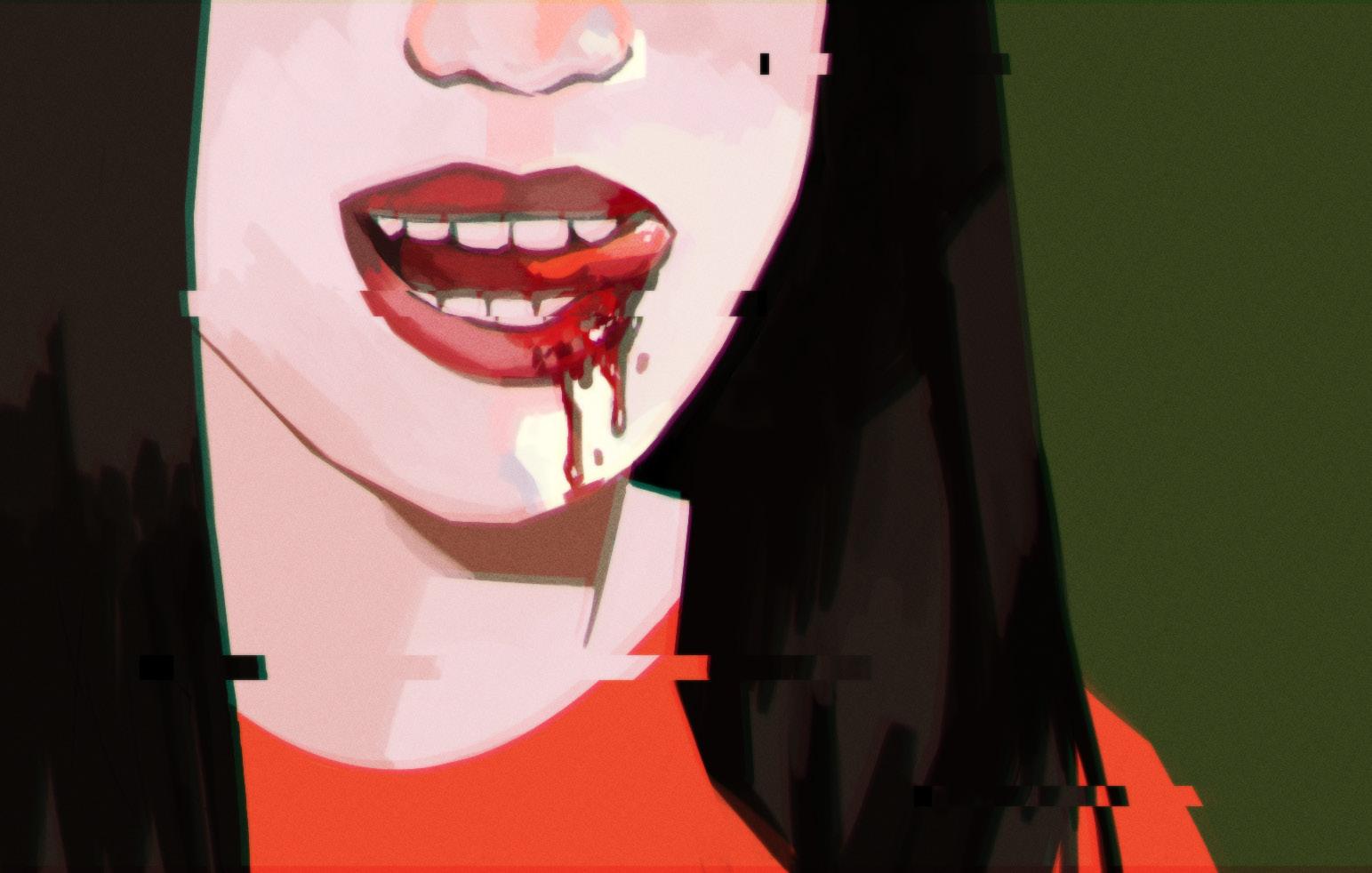
I have nothing to compare the experience of witnessing torn limbs and ligaments wrenched from their sockets to: the results of my partner’s overly sadistic, sociopathic tendencies, strewed across the space of my home. I am lucky enough to rarely face that existential dread of never being alone or safe in the mundanity of my everyday existence. Cecelia Condit, however, did not have this privilege.
Condit’s horror-musical short film Possibly in Michigan (1983) is surrealistic in its cinematography. The angles, curves, corners and edges of every street seem to blur into the landscape, which shifts from the yellowing liminal expanse of an empty department store, winding suburbia, to the simultaneously claustrophobic and vast space of a suburban home as the film progresses. A gossamer haze seems to have been thrown over our vision, and one wonders if the events of the film are merely a fucked-up fever dream or the watery remnants of a memory. Regardless, Possibly in Michigan does not seem real, not in its scenery, its characters, or its dialogue, though, as one discovers, its events are very much rooted in real events and fears.
Our characters, Sharon and Janice, shop at an empty department store for perfume, their actions overlayed by a musical voiceover that helpfully informs us that both women have a penchant for attracting men of
questionable morals and actions. If the casually thrown “cannibal” in the lyrics didn’t give it away, then the nonchalant reminiscence, “Remember that time way back when I kissed a guy who ate his women friends,” should seal the deal. Behind the women, in consecutive shots, a gape-mouthed man always hovers a few paces behind them, unseen. His eyes are dark, and squinted like that of a beetle’s, and the skin around his caved mouth sags in ripples and folds. Is it a mask? We cannot be certain. We can be sure, however, that for both women, this most likely isn’t their first rendezvous with creeps with unfortunate facial anatomy or unholy occurrences. After all, as Janice sings, she does have a crazy Aunty, Kate, who died in an explosion, after putting her wet poodle in a microwave. Their nonchalance is shocking against the surreality of the situation, which constitutes for an interesting directorial choice. Condit, here, is hinging her work’s uncanniness on the very real fear literally every woman has of being stalked with the intention of assault. It is an existential fear, one that stems from the dawning realization that every possible figure you see along a lonely street is a threat. That the love of a partner relies on compliance and passivity at the expense of deluding oneself into normalcy and being forced to forego the grounded reality that one’s circumstances are absolutely, unequivocally, not ordinary.

Interspersed with shots of poodles, photographs curling on themselves in flames, high-pitched humming, men in three-piece suits and hyperrealistic masks of pigs, rabbits and wolves—and the continuous subtle throb of synthesized guitar strumming—the story unfolds thus: Janice, finally, notices their stalker, who we now know is named Arthur. Both women flee the department store. The mannequins they sprint past that had earlier donned brilliant, shoulder-padded jackets, now don white rabbit masks. All the while, from the moment Sharon pulls up to her driveway, to bidding goodbye to Janice, to unlocking her door and stepping into her house, Arthur stands to the left of her frame just a few paces behind. Cue a second sequence: Sharon with roses in her hair, melting away into a monochrome disfigurement of a human face; Arthur, mask off, approaching her door; Janice, paranoid, shooting at imaginary men in animal masks outside her window; a brick thrown through a window curiously infested with the writhing forms of earthworms plucked straight out of the ground; Sharon crouching on the floor grasping at a red telephone, informing Janice of the strange man outside her house, while Janice just croons, “What do you mean, Sharon?”. Arthur breaches the house. Gives Janice two choices: to be one more victim in his string of victims, or die. Sharon arrives just on time and shoots Arthur dead.
Illustration by Thao Duyen (Jennifer) Nguyen
Both women cut Arthur up, cook him into a stew, and devour him until all that’s left are his fragile bones (a move that I consider to be the piece de resistance of this film). It’s a bold directorial choice, even though the depiction of cannibalism in horror seems utterly tame now, and it is only heightened due to the laidback coolness with which it is treated. There is a certain inevitability to it. Arthur forced himself onto them and assaulted them, and there is no way to possibly forget that trauma; so, they must flip the script. In taking and consuming his life, Sharon and Janice collude with the little part inside of us that screams, “Yes, he deserved it!”. Thus, all morality is thrown to the wind. Their actions are wrong in the literal sense of the word, of course, but so are his. And were they truly in the wrong, then, in this exactment of precise revenge, if it meant the preservation of their autonomy and dignity? At what point does right end and wrong begin, and if they are two ends of the spectrum, then how can we even begin to define the liminal gray that exists at their points of conjunction? The danger lurks still. As they sit by the window, cigarette smoke wisping from between their lips and wine cradled between their fingers, another masked man lurks just outside. The cycle must repeat itself, and so must our questions.
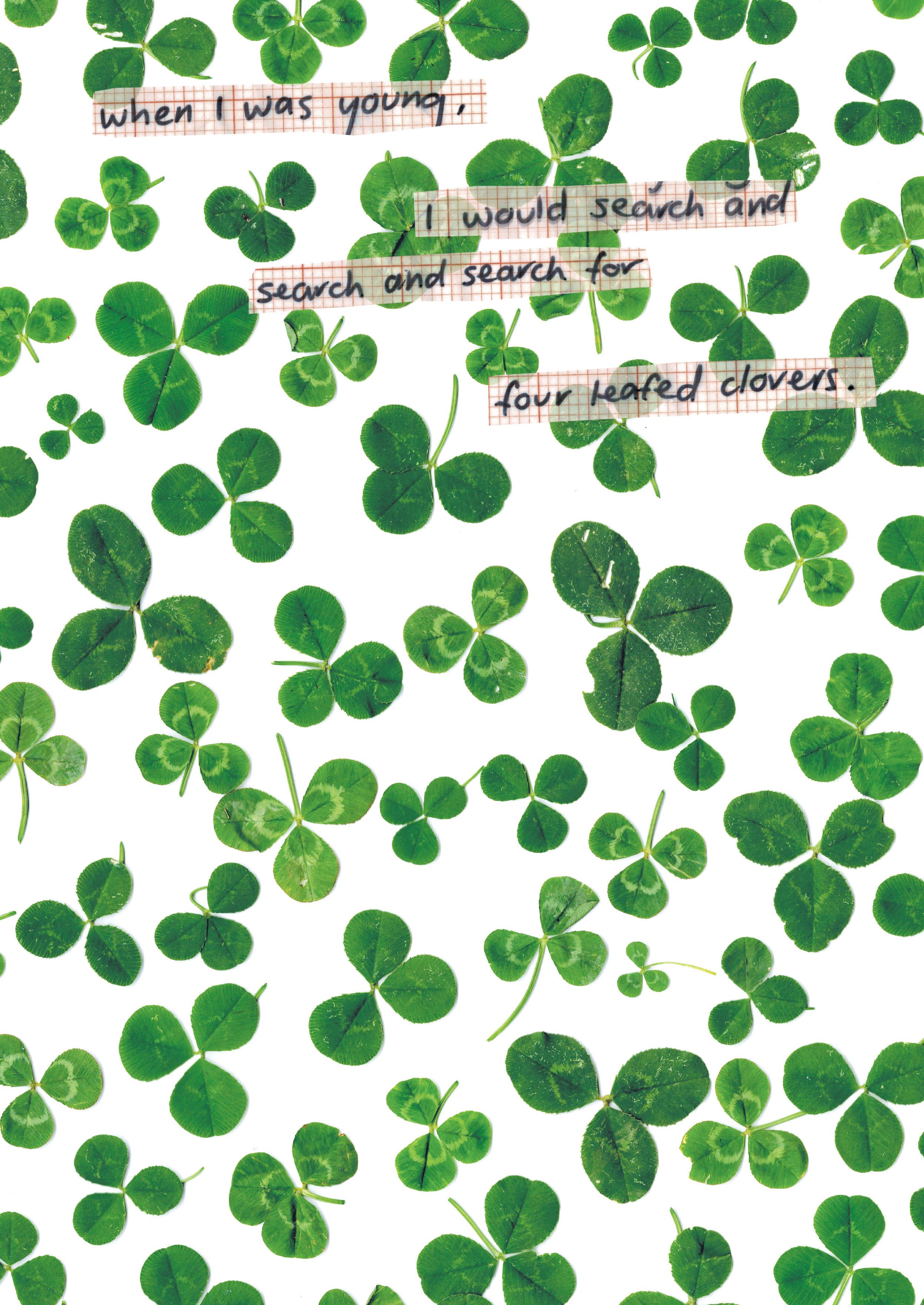
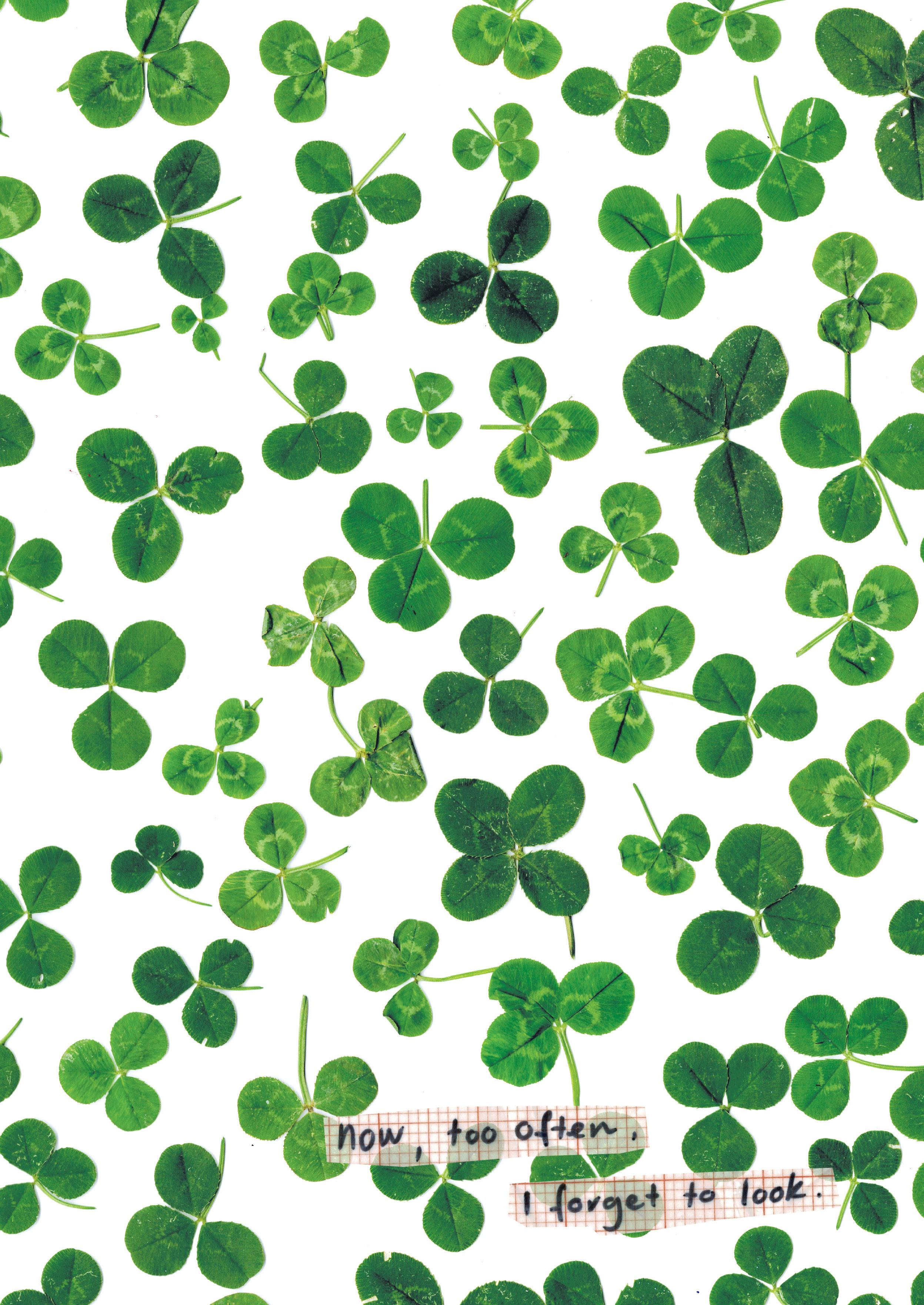
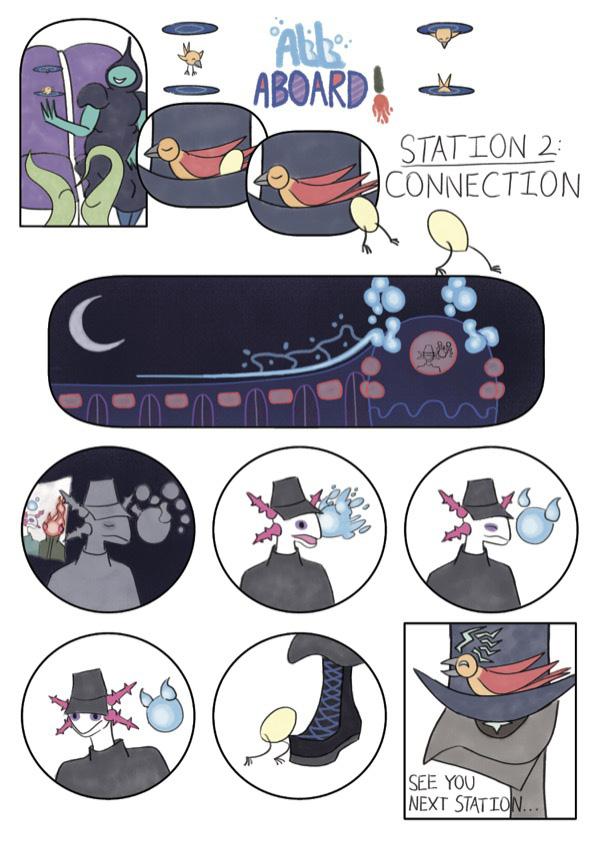
Content warning: references to drug use
 by Xiaole Zhan
by Xiaole Zhan



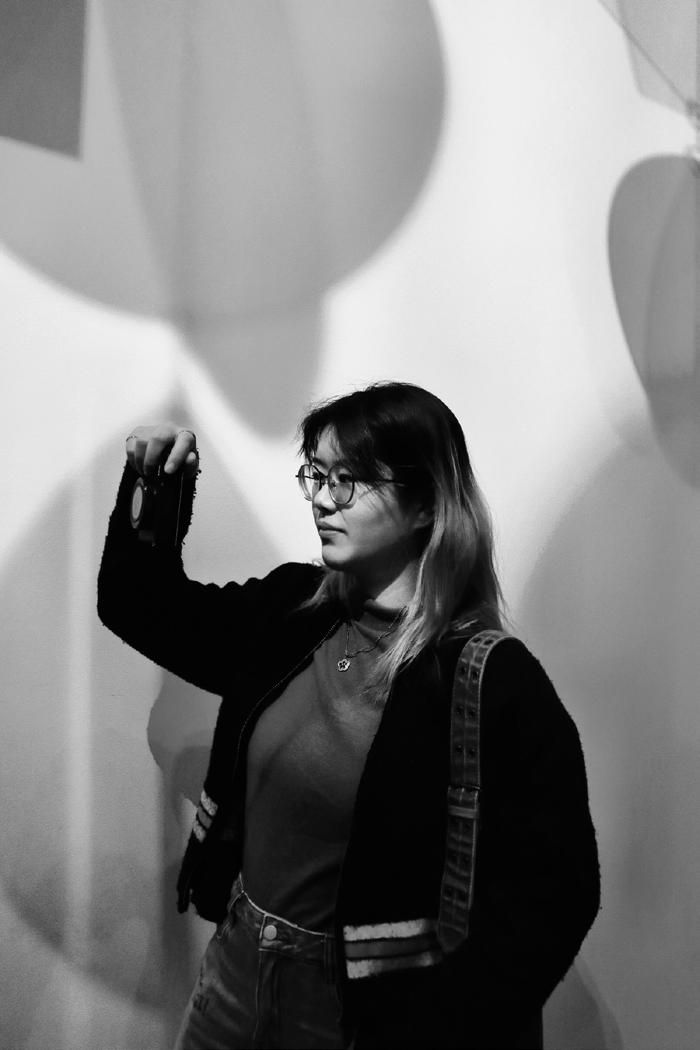
Hi! We’re Stephen and Irene, your 2024 Farrago photography managers who have now decided to come out of the shadows post-EDITION 2 release and say a big HI.
We’re excited to create alongside our wonderful photography team and also encourage both those who have used cameras their entire life and those who have never touched a camera before to submit and get involved with Farrago this year. With that being said, thank god we live in 2024 where taking photos is as easy as ever and literally anyone can do it.
Our main goal for this year is to break down any notions of exclusivity or elitism in photography, and make it clear that this is for everyone, and if you question whether or not submitting or getting involved is right for you because you lack the experience, remember that this is a university publication and now is one of the greatest chances you’ll have.
Alongside submission for each Farrago edition, we are also planning to arrange trips around Melbourne and, to hold photography contests and exhibitions on campus. We want to expand the possibilities of the Farrago photography department and photography itself and encourage everyone to use their lenses to record and reflect on their lives, thoughts, surroundings, and feelings.
Photography is more than a still image: even by itself it can still have a strong voice. As Susan Sontag said, “each still photograph is a privileged moment”. By capturing it through a lens, you grant meaning to this specific moment, and by doing so, you also have a voice, so please join us this year and use it!

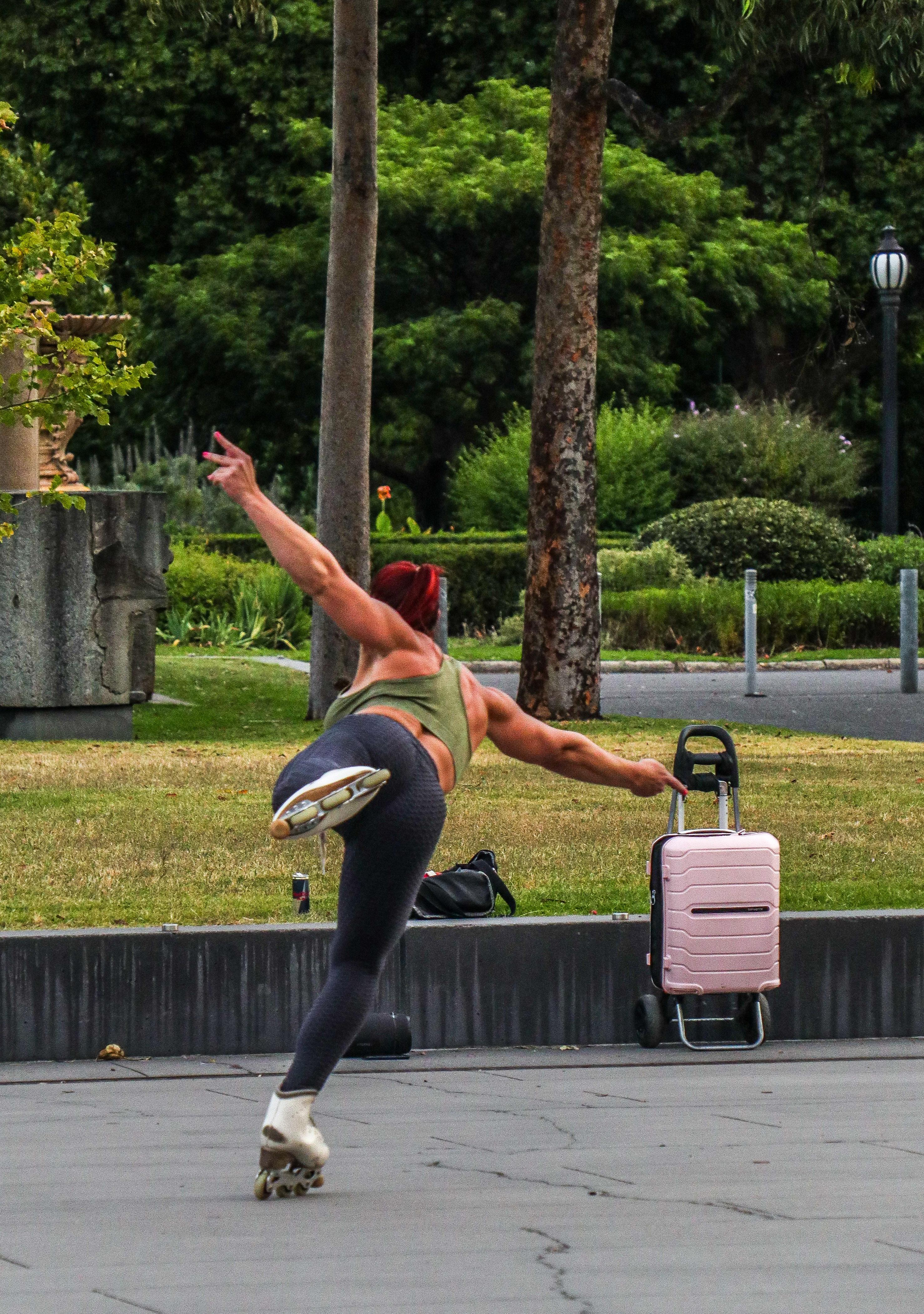
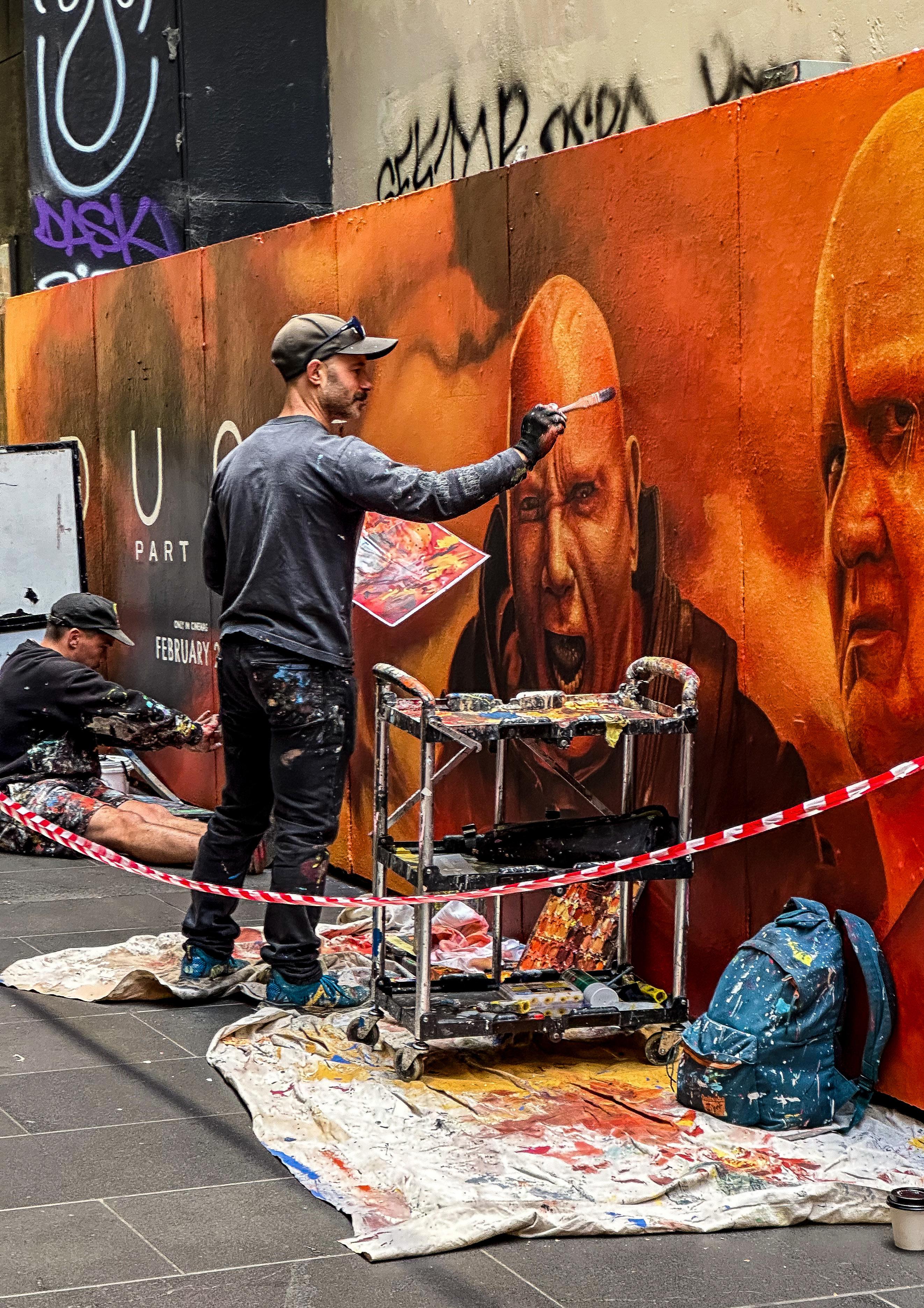



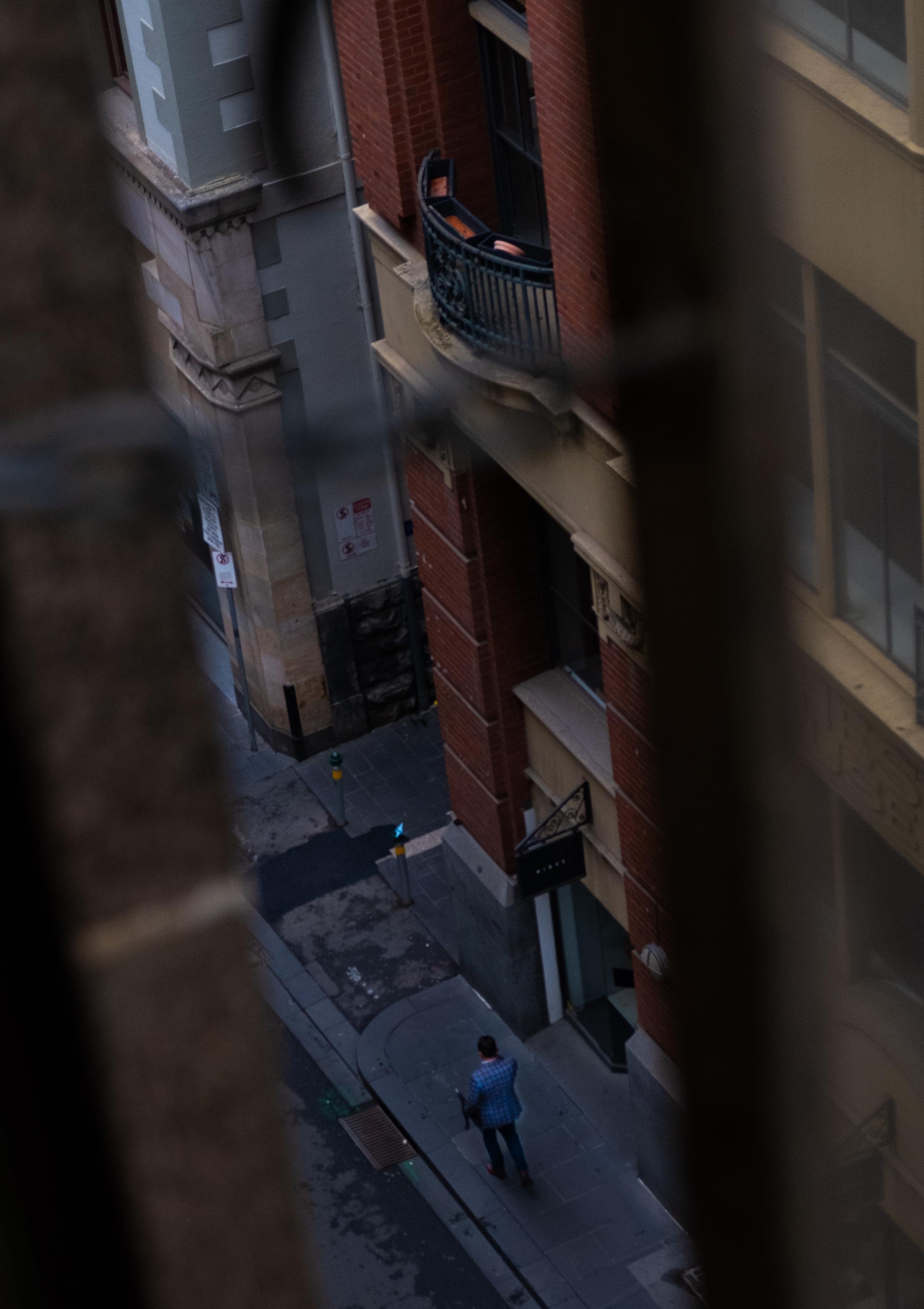

Should we care about future people? In our cultural and political landscape — one rife with uncertainty about the climate and environment, global inequalities, questionable politics, and war —the answer might seem a resounding, and almost trivial, ‘yes’. A new and immensely influential philosophy called longtermism takes this position to its logical end. Longtermists say the result is a moral revolution. But we should be sceptical of this revolution and its proponents—or so I argue. To understand longtermism, we need to understand its parent philosophy, Effective Altruism (EA). EA is, at its core, a social movement bound by a common philosophical approach. Its practitioners seek, in the words of founder William MacAskill, to “do good better” through philanthropy. Historically, this philanthropy has been directed toward well-established issues of animal welfare, global poverty, and disease risks, and so on. Causes are prioritised based on decided measures, and the movement orients its focus accordingly—this is the effective in EA. They read books by writers in the movement, participate in education sessions, and discuss issues in forums and groups. EA’s organisations and think-tanks focus on curating charities, helping us choose effective careers, or directly issues seen as pressing within EA. Yet, despite these niche commitments, EA is not a fringe movement. In 2021, Benjamin Todd, writing for EA-affilated institute 80,000 hours (‘Is effective altruism growing? A stock of funding vs people’) estimated that the movement controls some 46 billion USD in funds. Its web of institutes is staggeringly prolific, stretching across many of the world’s most prestigious universities, including UC Berkeley, Stanford, Cambridge, University College London, and, of course, our own. Undoubtedly the most significant of these relationships is with Oxford, which hosts William MacCaskill, Hilary Greaves, Toby Ord, Nick
Bostrom, and other core thinkers. Many of EA’s biggest donors—among them Elon Musk, Peter Theil, Sam Bankman-Fried, and Sam Altman— are public in their friendly associations with these academics. In ‘Elon Musk’s Useful Philosopher’ (published in New Statesman) Paris Marx outlines why MacAskill’s work is, in Musk’s own words, “a close match for [his] philosophy”. Thiel’s large donations to EA-affiliated organisations, namely the Machine Intelligence Research Institute and Leverage, are on full display on each organisation’s website, respectively. EA’s relationship with Bankman-Fried—now sentenced to 25 years in prison for enormous financial crimes—alongside OpenAI CEO Sam Altman has been extensively documented (particularly, see Caroline Hyde’s ‘Effective Altruism’s Sam Problem’ in Bloomberg). In other words, EA has transformed these few philosophers into global superstars adored by the ultra-rich. What began as a movement centred around tackling global health and poverty, pandemics, nuclear war, and factory farming, however, has undergone an intellectual shift toward a new and radical philosophy—longtermism.
So just what is longtermism? The first chapter of MacAskill’s bestseller What We Owe The Future begins: “Future people count. There could be a lot of them. We can make their lives go better.” Toby Ord’s The Precipice, another favourite in EA circles, begins with a similar sentiment: “If all goes well, human history is just the beginning.” These simple, agreeable phrases make longtermism palatable; after all, it seems obvious that the future of humanity is important. Longtermists, though, aren’t just talking about the near future. They imagine a future in which humanity’s prosperity lies in its unfettered expansion. Two philosophical principles underlie this thinking. First, longtermists are almost universally utilitarians, meaning
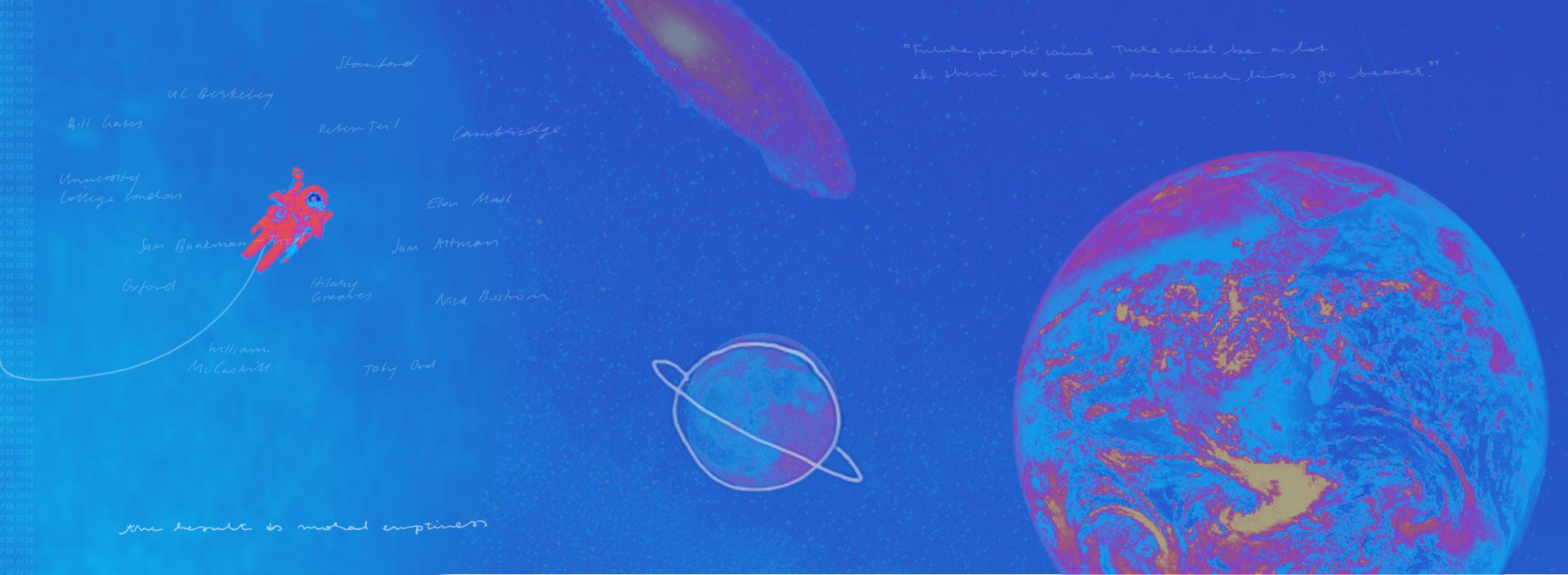
that they seek to maximise some desirable quality, like wellbeing, in the world. Second—as philosopher Emile P. Torres has put it—they believe that humans can be seen as “value containers”. The more “value containers” there are in the universe, the more potential for maximising the good. This potential future, longtermists argue, is incredibly vast. Ord imagines a future in which humans inhabit hundreds of billions of planets across billions of galaxies, populated by trillions of people. Nick Bostrom, another prominent longtermist, estimates that our potential future could hold 1058 people—a truly unimaginable number. Under utilitarianism, the 8 billion people living today seem insignificant. This future, described fanatically by Ord as “vast and glorious”, dwarfs those issues EA insisted upon originally. Instead, key to longtermism’s moral commitments is its concept of existential risk, or the risk that such a vast future could be cut short by our extinction. Longtermists also fear stagnation; if humanity continues to exist as it does now, with merely 8 billion of us, humanity is snubbed of its full potential. Rather shockingly, MacAskill argues that even 15 degrees of global warming wouldn’t constitute such an existential risk. Climate change, he thinks, needn’t concern us so much after all. Instead, many in EA (including its many student adherents) focus on ensuring that an Artificial Intelligence with interests misaligned with ours (in other words, an evil AI) doesn’t wipe humanity out. Even though these existential risks are speculative (there’s certainly no consensus that such an AI is even possible), the longtermist framework means that even an incredibly minute existential risk— say 0.00001%—overshadows any other moral concern. For as long as it has existed, EA has encountered what philosopher Alice Crary calls the “institutional critique”. This objection calls into question EA’s apparent disinterest in affecting large-scale systemic change, and
its hyperfixation on small-scale, band-aid solutions. The same criticism has been applied to longtermism. Crary argues, for instance, that the success of longtermism can only be explained by its compatibility with and complicity in the same systemic issues which bring about the very existential risks it dreads. When Ord discusses the existential risks of AI, he evades any discussion of these issues. Perhaps the endless and unceasing march toward technological and economic progress—an end with which Ord, MacAskill, and Bostrom are obsessed—should be reconsidered. Perhaps the support of the ultra-rich, many of whom are personally and financially invested in AI development, should be treated with scepticism rather than fanaticism. More radically, Ord might have considered how the current hegemony of capitalism might not only exacerbate existential risk, but also influence EA’s moral prioritisation. Ord offers no answers on this front. This new obsession with longtermism, alongside the academic and social milieu of EA’s most prominent philosophers, bodes poorly for the movement in the face of such a critique. My broader issue with longtermism, however, concerns its approach to ethics more generally. Taken to its logical end, longtermism imposes an absolute hierarchy of moral priority. At the bottom, it pools all questions concerning us, our family and friends, our country, global poverty and inequality, climate change and the environment, animal ethics, women and queer people, race, politics, justice, and rights, and the evils of war and genocide—and treats them with indifference. At the top, it places the distant future and all its uncountable, unknowable, and yet non-existent people. This result might strike you, as it does me, as eroding something fundamental in ethics. After all, in taking on a series of relatively agreeable ideas (think “future people count”), we’ve landed in a view where almost nothing and no one counts. How can this be?

Bernard Williams, the great humanist philosopher of the 20th century, opposed utilitarianism on the grounds that it takes an impartial and impersonal point of view. This rigorous systematisation of ethics, which derives its calculations from an objectivist view of utility, rids us of the ability to recognise any given moral choice as someone’s choice. Fixating so diligently on the utility of our actions, in other words, we lose our ability to recognise the position that we take, as human beings with agency, in questions of morality. We cannot step out of morality, and judge actions from an external, impartial point; rather, Williams argues, we are inexorably in morality. For Williams, when utilitarianism is to adopt this abstracted view of morality, it degrades something fundamental to the project of ethics itself.
To an even greater extent, the same issue plagues longtermism. When longtermists apply the utilitarian principle to people of the far future, and thereby shrink the relative value of us present people, they undermine the essential importance of the very people (namely, ourselves) which ethics is in and about. Morality ceases to concern those who live it and practice it—longtermism forgets our concerns, interests, and integrity in favour of something imagined. The result is moral emptiness— a totalising indifference toward the issues which face us on the ground. EA’s response to ongoing devastation in Gaza is a crushing example of this indifference. The numbers of dead and seriously injured are immense and rising— at the time of writing, Al Jazeera reports that over 33,000 Palestinians have been killed, and a further 75,000 injured. A recent Oxfam media release (‘Gaza hunger figures “worst on record” — says Oxfam’) indicates that the 2.2 million inhabitants of Gaza are suffering under deliberate, “catastrophic levels of hunger and starvation”. EA remains largely unconcerned
by this atrocity, or what its systemic underpinnings represent. None of the authors I mentioned earlier have spoken to it, and some of EA’s biggest donors peddle the propaganda which enables it to occur. Musk, for instance, recently went on a state-funded trip to Israel (reported by Al Jazeera, The Guardian, and others). Thiel’s Palantir Technologies recently partnered with Israel’s “war related missions”, according to Bloomberg’s Marissa Newman (‘Thiel’s Palantir, Israel Agree Strategic Partnership for Battle Tech’). As this devastation unfolds, EA’s intellectual sphere, its wealthy supporters, and its practitioners on the ground continue instead to focus on AI development. For practitioners of EA, longtermism’s increasing popularity should cause serious revaluation of the intents and philosophical underpinnings of the movement. For those of us on the outside, we can see it as a well-funded and dangerous challenge to the foundations of our ethics. Whatever our disagreements about priorities, it seems essential to preserve these foundations—namely, the ethics of the here and now.


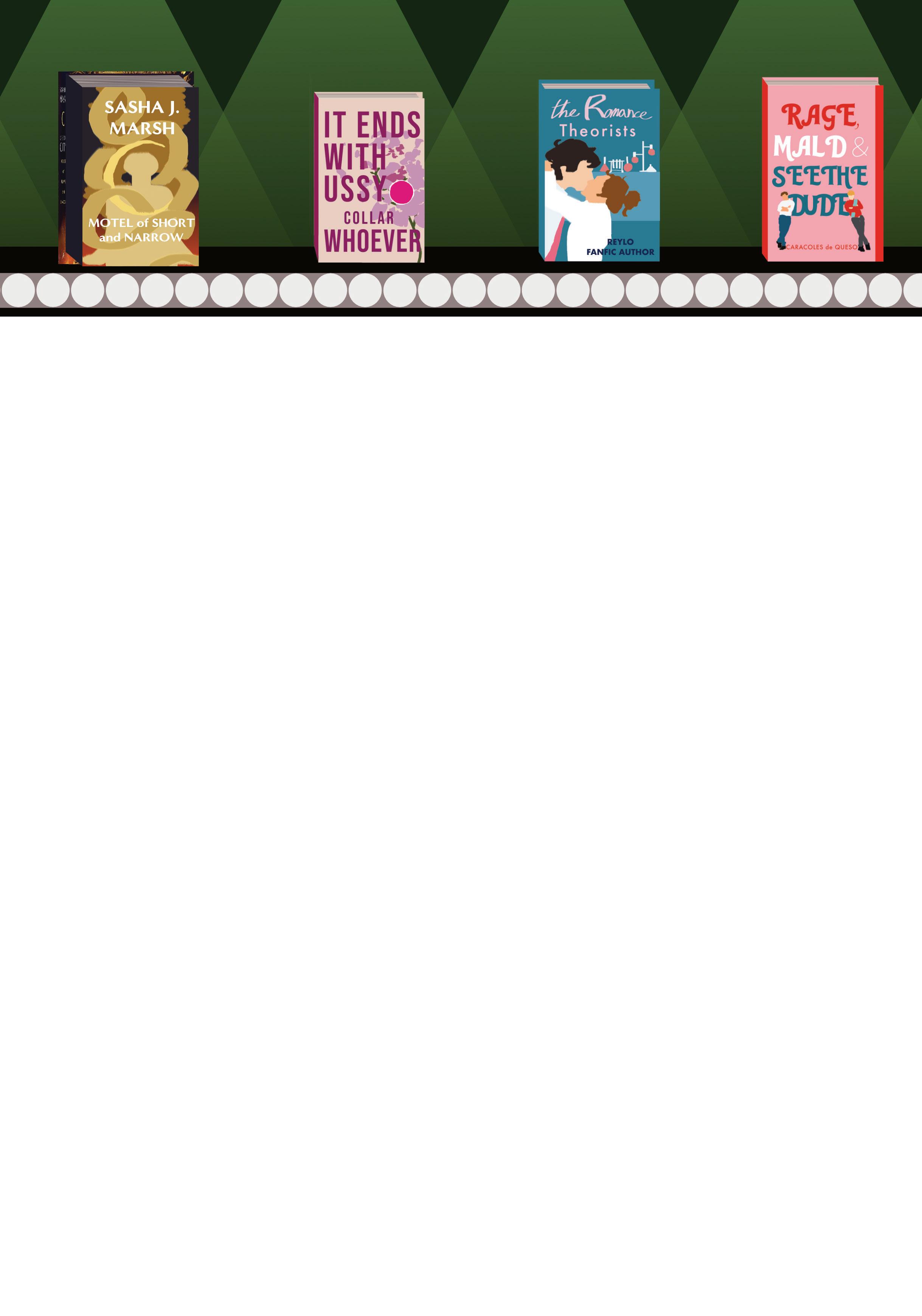
hell is ‘BookTok’, and why am I so scared of it?
The author recognises and condemns the recent controversies against Maas, and discusses her in this essay only in the context of her writing as a lens through which to address broader literacy and media issues.
For the BookTok community, January 30th marked the hotly anticipated release of Sarah J Maas’ House of Flame and Shadow. This book is the third instalment in her Crescent City series and the 16th book in what has been dubbed the ‘Maasverse’ by her fanbase. With almost 45,000 copies sold in its release week, The Guardian announced that House of Flame and Shadow has become the third fastest selling fantasy novel in the UK since records began. With talk show interviews and midnight parties in bookshops, just how has Maas—and reading—suddenly reached this unprecedented stratosphere of aesthetic value, coolness and popularity? This rise of readership can be attributed to a corner of TikTok known as ‘BookTok’. Functioning as an online reading community, popular trends by BookTokers include recommendation videos, aesthetic montages curated to reflect the ‘vision’ of specific books, and reaction videos in response to reading emotional portions of popular books. The community is female dominated, and recommendations often revolve around viral romance novels. More recently, the sub-genre of ‘romantasy’ (romance + fantasy) has shot to eminence, following the success of Rebbecca Yarros’ Fourth Wing and resurgence of Sarah J Maas’ Throne of Glass, A Court of Thorns and Roses and Crescent City series. ‘Romantasy’ fiction is often targeted towards adult women, invoking a fantasy setting and relationship-driven primary plot line. But I have a confession to make (which I would not dare to utter in the hallowed halls of the Old Arts building during a Literature tutorial)—I’m one of Maas’ fans! The feeling I experienced upon discovering videos of TikTokers relating their giddy excitement in response to Maas’ novels is comparable to when you’ve been a longtime fan of an indie band that suddenly becomes world famous. How dare they think they’ve discovered my teenage self’s favourite author? How do they have the audacity to suggest her books are only just becoming popular? Why should they have any claim to being a true fan when they never suffered the two-year hiatus following the devastating cliffhanger that was Empire of Storms?
It was the summer of 2016 when I picked up Throne of Glass and spent a couple of weeks on the beach whipping through the existing five novels. Maas knows how to write a compelling and complicated protagonist, and the scope of history which existed in this series had me completely captivated. The total immersion I felt in the sprawling fantasy world of those novels was unlike anything I’d experienced since Harry Potter. For the next few years, the series was a constant presence in the back of my mind (a ‘Roman Empire’ of mine you could say). I waited years anticipating each new instalment, hours trawling social media posts positing theories for incoming books. For the entirety of Year 8 maths, I did not do my homework questions, instead spending each lesson discussing the series with my friend (we’d virtually drafted the final novel by the end of the year).
And while it brings me joy that the novels I loved so dearly (and borderline obsessively) have found a new and passionate audience in the realm of BookTok, I do have some slight concerns. I’m not the first to recognise the disconcerting parallel between fast fashion and BookTok’s promotion of speed and quantity when it comes to reading, veering into overconsumption. In popular Goodreads ‘wrapped’ style videos, BookTokers relate their reading statistics and goals for the year—often reading upwards of 100 or in some cases up to 300 books. My initial response to this was outrage (how did they read more books than me?!), then confusion (how can one physically complete almost one book per day…) and, I’m ashamed to say, a fair dose of bookish snobbery (they’re just reading 200 pages of smutty romance so it doesn’t count!). At risk of sounding like a Herald Sun columnist afraid of Gen Z, I do think that BookTok’s inclination towards easy-to-whip-through romances comes with a risk of literary decline. As an English Literature major and self-professed literary nerd, there’s nothing more existential crisis inducing than walking into Dymocks and seeing a front stand dedicated to ‘BookTok famous’ novels. While Maas’ novels are of a stronger calibre than much of the fiction circulated on TikTok, it seems sacreligious (in the literary realm) to elevate A Court of

Mist and Fury as one of the greatest novels of our time. What about real literature?! What about Dickens, Austen and the Brontes? If all everyone wants to read about is The Love Hypothesis and ‘hockey romance’ novels, what is my degree for? Why did I read the 800-page Nobel Prize-winning monstrosity that is Patrick White’s Voss? Yes, I’m glad that more people consider themselves bookworms and that reading has reached the aesthetic pinnacle of ‘coolness’. As someone who intends to write a book one day, this brings me hope that there is a surgency of passionate readers in my generation. But my biggest fear? That reading will become just another trend. That it will explode and then come crashing down as TikTok looks to its next biggest obsession. That the sense of pride and unabashed excitement associated with reading will be diminished as cringe or culturally stagnant. And there’s an intellectual cost to this as well—I’m scared that we’ll lose the patience for classic literature. At the pace BookTok encourages us to read, there is no space for thought, reflection, or the critical engagement and interrogation of ideas. These are what I consider fundamental to the reading experience—what is to gain from a book without intentional evaluation of what you have consumed? As TikTok reviews for Maas’ blockbuster roll in, I sense the echoes of disappointment which typically follow a highly anticipated release. It’s a feeling I’ve experienced numerous times, none more acutely than during the release of Kingdom of Ash, when the saga’s neatly concluded, relatively bloodless ending paled in comparison to the theory my fifteen-year-old self developed over three years of anticipation. Because the reality is that, by limitation of form, novels can’t replicate the endless aesthetic saturation and immediate gratification perpetuated by social media. Nor can they match the pace of a fifteen second skit, easy to discard and swipe up if boring or unsatisfying. So, as a literary nerd, seasoned ‘Maas’ fan and lifelong reader, I have a message for the BookTokers. Chill out! Slow down. Branch out and challenge yourself with a new genre or unknown author. But most importantly—please never, ever, stop reading.
Illustration by Tom Weir-Alarcon
When I don’t know what to wear, I scroll through Pinterest, check TikTok or stalk that one really cool girl I barely know but am obsessed with on Instagram (we all have one or two right?). However, when I was nine and didn’t know what to wear, I didn’t have that same luxury. Instead, I would consult my extensive, and I mean extensive, collection of Rainbow Magic Fairy books that lived under my bed. I would sift through the tattered, slightly ripped covers until I found the perfect dress over jeans and Mary Jane wearing fairy to emulate. I had no Emma Chamberlain, but Pearl the Cloud Fairy or Pippa the Poppy Fairy were always there to help me pick an outfit. Now, with the overwhelming amount of fashion content that we are consuming and the stress that comes along with social media, I think we should bring back the Rainbow Fairy cool girls for some style inspiration. Welcome to Trend Watch with Rainbow Fairy Magic!

Izzy the Indigo Fairy decked out in an indigo (obviously) all denim look and accessorizing it with a fuck ass bob that Kat from Euphoria wishes she had is a Y2K inspiration to us all. We all recently had an obsession with the colour red, but now it’s time for some indigo—a cooler colour for the soon to be cooler weather. To complete this look, add your favourite sneakers, a belt and something a little sparkly. To make it more Melbourne, add a messenger bag! Wear this on a trip to Carlton for an $8 Mont Blanc at Good Measure.
Maya the Harp Fairy is an elegant and sophisticated gal who showcases the importance of elevated basics. Sometimes you don’t need an outfit with multiple pieces; sometimes all you need is a statement dress and pretty shoes! A midi dress with bright colours and a sleek pony-tail is the perfect way to be both classy and effortlessly cool. This look can be dressed down with a little cardigan, some boots, and a scarf for an autumn day. Or dress it up with some heels and gold hoops for a night on the town!
Cara the Camp the Fairy is a Glassons girly but isn’t afraid of a little op shopping. She mixes basic silhouettes with unique details, and you can too! While the last rays of sun and the warmth in the air still linger, try a pair of thongs, low waisted denim shorts and a fun tank top for a casual but cool look. You can change it up by adding a denim skirt or a pair of jorts. Draw inspiration from Cara’s accessorising style and add some little bows, colourful bracelets and rainbow hair elastics for a summery, beachy look. Wear this outfit to St. Kilda beach or a nearby park for some of your last sun-tanning moments of the season.
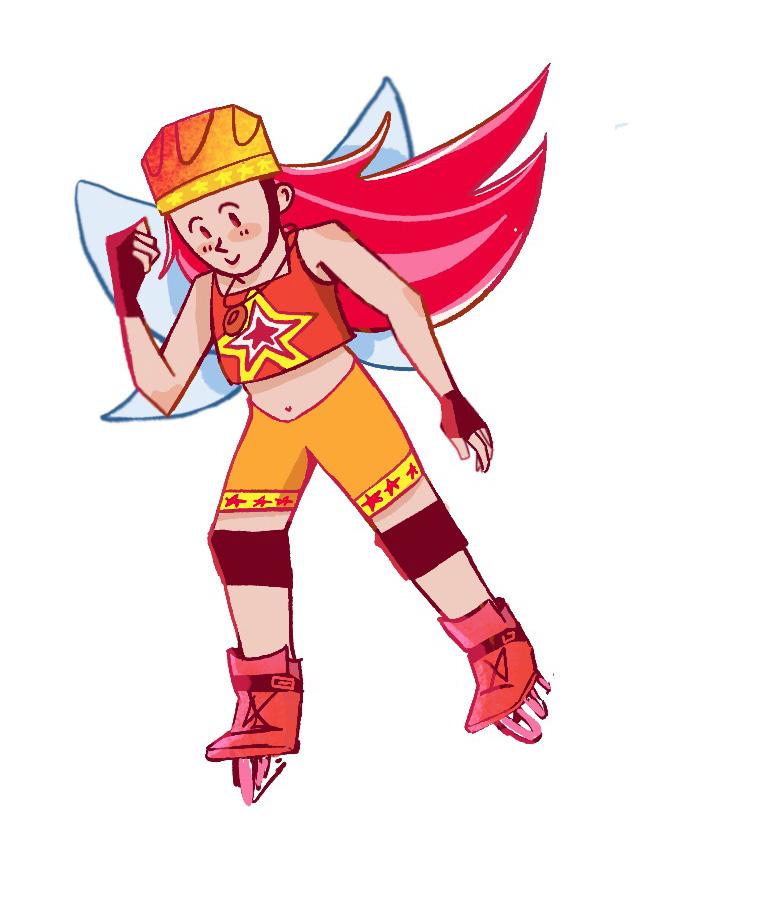
As if playing the saxophone isn’t cool enough Sadie the Saxophone Fairy also has the best pair of boots I have ever seen. Queen of colour coordination, the different hues of green pop against the white sparkles for an iconic outfit. Channel your inner Sadie with a pair of knee high boots, and a ruffled dress or skirt. For a party look add some fun jewellery like layered necklaces or dangly earrings. It could also work as a two piece set, with the white top and skirt if you wanted to make it a little bit sexier. This outfit would be perfect for a Friday night at HER bar before you inevitably get convinced to go out dancing!

Growing up, Zoe was my favourite fairy. One, because of her super cool first name and two, because… look at how hot she is! Zoe makes a statement by pairing red, yellow and orange for a fiery look. While bike shorts are a little controversial, I have always loved them. To make them more interesting, you can decorate yours with decals and pair them with a complementary top. In this economy, why not save money (not to mention avoid the scary Myki inspectors) and start roller skating to class in style?
Illustration by Maleea

How effective can a piece of literature be if no-one reads it?
Take James Joyce’s Ulysses, a 1000-page, stream-of-consciousness mammoth which shattered literary conventions by essentially lacking any sort of discernable plot or structure. Heralded as a masterpiece by scholars, it possesses immeasurable cultural and artistic capital, and played a formative role in 20th-century modernism. And yet, this is how one of its more penetrable sections sounds: “Mr Bloom, champing, standing, looked upon his sigh. Nosey numbskull. Will I tell him that horse Lenehan? He knows already. Better let him forget. Go and lose more. Fool and his money. Dewdrop coming down again. Cold nose he’d have kissing a woman. Still they might like. Prickly beards they like. Dogs’ cold noses. Old Mrs Riordan with the rumbling stomach’s Skye terrier in the City Arms hotel. Molly fondling him in her lap. O, the big doggybowwowsywowsy!”
From a literary perspective, the novel boasts an almost exorbitant amount of intricate classical, philosophical and religious allusions and is an exceptional display of the writer’s intellectual prowess. From a general reading perspective, it’s absolutely insufferable. Pretentious and inaccessible, each line feels like a slap in the face to the reader—I find it hard to believe anyone outside of academia has actually read it. My (somewhat controversial) advice for anyone considering giving it a go is the following: if you don’t have to read it, don’t.
To draw a rather bizarre comparison let’s contrast this with E.L. James’ notorious Fifty Shades of Grey (“Fifty”) — a prime example of “trash” fiction which could not possibly be further from Joyce’s most acclaimed work. Of course, no-one is arguing that it possesses the same literary merit of Ulysses (although funnily enough, both share extremely dubious depictions of female autonomy), but the impact Fifty had on 21st-century fiction cannot be overstated. In fact it is arguably more influential to us nowadays than Joyce’s masterpiece, having heavily contributed to the landscape of sex-oriented content we now consume on a day-to-day basis. Fifty catalysed a major shift in the publishing and entertainment industry, in that female-written erotic fiction, particularly fan-fiction, began to be taken seriously. Initially self-published online as Twilight “smut” under the name “Snowqueens Icedragon”, Fifty became the best-selling book of the 2011-2019 time period, outselling hits like The Hunger Games and Gone Girl, and far exceeding sales of Ulysses. It destigmatised
taboo topics like sex, BDSM and female desire in a way that was both shocking and effective. What was once generally written off as frivolous “housewife” detritus wasshown to have value, if not literary, then perhaps financial and social value, and its widespread prominence in stores even ten years later is a testament to this. Even now, the myriad of Tiktok “smut” and “spicy” romance books found on bookshelves (and by extension, in the movie theatres) are all a by-product of the rise of “trashy” fiction. `More broadly, popular fiction, including fan-fiction and “smut”, is powerful because it is democratic— by virtue of its accessible style and essentially “human” thematic focus, it is able to reach the masses in the way that “high literature” such as Ulysses cannot. And if most people encounter issues of sex, romance and interpersonal relationships in their life, why not discuss them in the content that we read? Certainly, this is more relevant to the average person than Joyce’s philosophical meditation on the human condition and literature as a whole? Not only that, but online forms of popular fiction often remove the hurdles of the publishing industry, an extremely exclusionary sphere notorious for being sexist, “hideously middle-class and white”. Instead, the internet has transformed writing into a (semi-)egalitarian practice for perhaps the first time in history—an activity historically reserved for a few educated elite. More than ever, we are seeing the inclusion of women into the literary sphere, a particularly important shift given the historical propensity to equate the feminisation of art with its devaluing. This is not to say that popular fiction is better than classic literature—rather, both occupy essential spaces within the literary industry. In fact, some of literature’s greatest works to date were once “trashy” popular fiction in their time. For example, modern classics like The Adventure of Sherlock Holmes, The Time Machine, Lord of the Flies, Brave New World and Lord of the Rings all received criticism upon their release surrounding their exploitation of “cheap gimmicks” like violence, sex, and drugs. Perhaps the differences between popular fiction and traditional “high-quality literature” are indicative of a cultural shift towards the accessible, rather than an artistic degeneration. You don’t have to love all popular fiction—I certainly don’t. But just because a “trashy” book isn’t the next Ulysses doesn’t mean it’s not valuable in its own right.

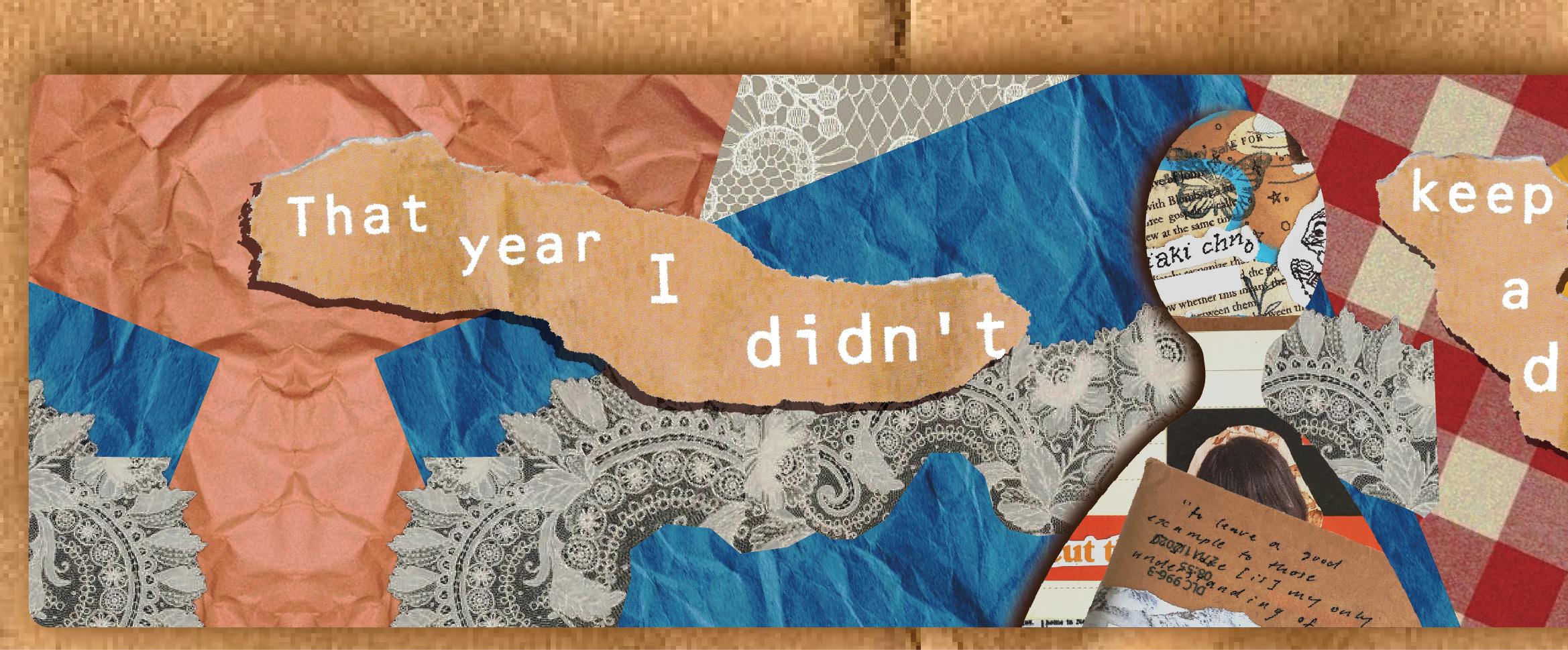
‘That year I didn’t keep a diary. I only had you’ and the 21st Century Archiveby Chiaki Chng
Dear Sammi,
I hope this letter finds its way to you, and I hope it finds you well. Over the weekend I did a cleanout of my closet (shocking… I know… ), and found the shoebox I have of all the letters I’ve ever received. Unsurprisingly, most are written in your handwriting—the neat Victorian script from your first month away, the hilariously illegible cursive you transitioned to soon afterwards, and the resignation to print lettering whenever one of your friends or teachers would look over your shoulder and snide the said illegible cursive. Little did we know back then—that our own unhumble archive of unfiltered teenaged musings would become a time capsule of tear-warped ink and burgeoning ambition. That our handwritten mixtapes, pockets of dried flowers and confessions of the ever-present fear of growing up would turn into a years-long library of _____, was something exhilaratingly unbeknownst to us. I keep them with me like shedded skins of a beloved pet python.
You and I started penpalling as a utilitarian but novel means of contact when you moved away for a year to an alpine campus with no Wifi. The letters were thin, then: they included updates from your exciting new life in the mountains, and my unchanged mundanity at home. ‘Send sick memes,’ your sign-off would always write. (In response, I’d do a dutiful scour of the internet every week and print out only the sickest of these to post). Eventually, our envelopes got thicker, weirder (I pulled out a piece of paper with your friend’s leg hair taped to it) and more escapist. Amongst the stress and grievances of my everyday life, I found solace in (Kezia’s leg hair?) your fantastical stories about long-distance hiking, dining hall dance parties and dormitory politics. Even after you returned to Melbourne, the letters continued. We’d take scraps of old magazine cuttings, lace doilies, coloured paper and pen drawings, and we’d collage them on the outside of our envelopes. During the on-and-off of pandemic lockdowns, penpalling was our constant.
You’d written once:
‘Do let me reread these letters someday. I’d like to look back on what I wrote in the past. Especially when I was away—That year I didn’t keep a diary. I only had you.’
A bit of digging through our digital footprints and I’m certain we could find something similar. You and I got close in a curiously 21st Century sort of way— after our first wave of email correspondences upon meeting in a tutoring class in 2014, we fell out of contact after exchanging private Instagram accounts in 2017. Hereon began an era of mutual parasociality: without having to take a bus and then a train to meet with you in person, or even ask about what was going on in your life, I was updated—I knew, and I was invested.
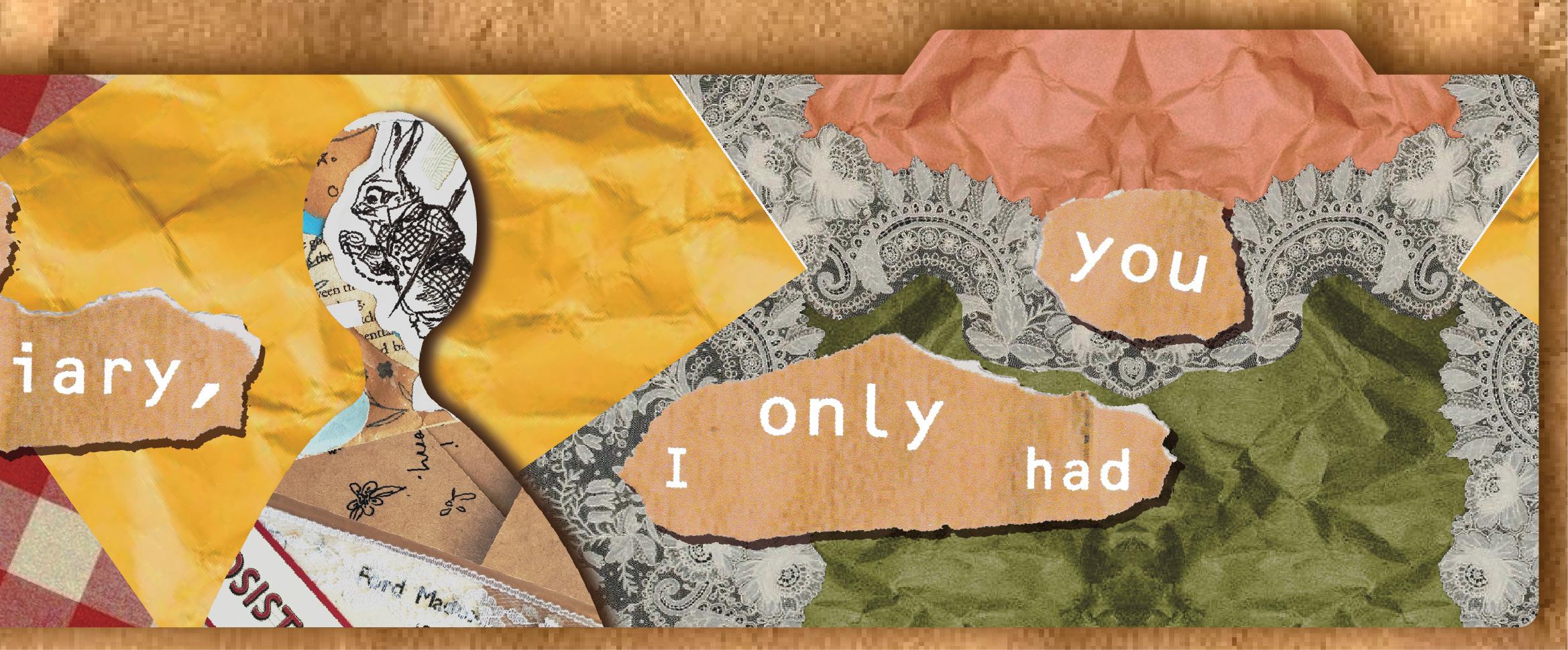
I think we grew up in a time where millennials hated themselves a bit and took it out on us—the (now labelled Gen-Z) cryptid generation—the more millennial millennials. Cyber safety was a reasonable concern, and the growing consciousness of weird new dynamics made possible by ‘.com’ brought about an epoch of evolved moral panics and the… thick glasses and skinny cardigans moment… I think. (I’m thinking ‘The Story Of Us’ by Taylor Swift).
I’ve always felt a little bit weird about how much of myself I’ve stamped onto the Cloud, but I’m starting to appreciate being able to scroll through archive upon archive of unsolicited storytime captions, screenshots of outrageous Hinge messages and earnest contributions to linguistic micro-trends. This personal ephemera served its whimsical little purpose in my chronological collection of tangible personhood.
And isn’t that what the letters were? Or at least, what they became? You and I were always making sweeping statements: reading too much into every experience we had and writing to each other about it, so I suspect you feel the same. Friends physically separated by distance but made closer through faceless communication in ink and on paper.
We went to Adelaide together in the summer of 2024 (a massive event considering we’d never seen each other more than twice in a year before), and I was determined to tell you a secret of mine. Day after day passed, and after an entire week, I still couldn’t tell you. You—the one who’d, throughout the ugliest, most terrible years of my life, borne witness to all my ugliest, most terrible crimes. It just wasn’t the same when you were sitting on the bus right next to me (It was such an arbitrary secret as well. It didn’t even have anything to do with you).
So perhaps our little library is an altered state of being. Perhaps it is an art? But if you ever let anybody else read the heinous things I must have enveloped during the pits of 2021 I will surely kill you and then myself. But before I do that… I must kill the person who read what I wrote. So I guess it is a secret art.
Thank you for keeping it safe. And thank you for letting me keep your words, too. Keep an eye on your mailbox.
From Chiaki <3
P.S. send sick memes
“Art for art’s sake”: who within the Aestheticism or Decadence movements coined this term? It’s similar to how in our twenty-first century, nobody knows the origin of “separate art from the artist”. Both phrases echo the same essential statement: why does art have to mean anything at all?
But Aestheticism and its introduction of (apparently) meaningless art did not exist in a vacuum. Coming off the trail blaze of Romanticism and hanging on the coattails of early modernism, Aestheticism was bookmarked by revolutionary ideals of literature—what literature means, what it should achieve. American author Irving Singer repositions ‘art for art’s sake’ in the context of authors’ societal positions as propagandists or philosophers: “the movement sought to emancipate the artist [from]...demands that they create works that [should] serve to edify and uplift.” Aesthetes’ complete ignorance of moralism and pragmatism, their contention that beauty (and the sensual pleasure it elicits) is simply more important radically pushed the status quo. The Picture of Dorian Gray was used in trial as evidence of ‘gross indecency’ against Oscar Wilde; Gustave Flaubert’s Madame Bovary was tried as indecent because of a singular scene of an ungloved hand in a carriage. Neither authors sought to reinforce a quintessential moral order. Both novels are engorged in description, in unending para-sentences, in a complete devotion to encapsulating mundane images (the slant of sunlight on a desk, a flower in a vase, the horizon)— they want nothing to do with teaching moralism. And yet, even as they tried to evade it, there it was: meaning. Even the very fact of creating art to avoid the

burdens of meaning is inherently meaningful. The lazy sensuality, the complete immersion in escape which Aestheticism warranted was directly oppositional to efforts to galvanise art for the sake of monopoly. As, rather than our glossy, organised concept of “aesthetics” today, Aestheticism (and here it bled into Decadence) reeked of a dirty, crusted devotion. Aesthetes were plagued by doom, by a deep depression, steeped in cigarettes and booze and opium. They were not pretty. They were preoccupied with nihilism and existentialism, the horror of the sublime, the decay underlying beauty. It is this paradox which fuels the Aesthetic movement. To call aesthetes merely ‘lazy’ (an image of Parisian aristocrats lounging in plush love-seats, sipping liquor and soliloquising about death) is untrue. The movement was characterised by an unparalleled, unquenchable ambition. It wasn’t ignorantly sensual, but rather, as Terry Eagleton posits, “promised to re-unite… value and fact, reason and nature, which bourgeois social practice (had) riven apart”. There was a revolutionary means to foreground the cravings of the imagination in art. George Kateb summarises their intellectual goal: “art should be the site where the most intense aesthetic satisfactions are found”. In that sense, aesthetes sought a brave, excruciating ideal: to create pure art. Aestheticism farmed this ambition of a transcendent art piece: a perfect, uncontaminated, unexplained piece, which continued to plague future generations of artists, and which still germs its way into literary theory today (see: death of the author). James Joyce fa-

mously explained the role of the artist as “refined out of existence”, with “refined” imagining the consequential artwork as polished bronze, cut and grazed to a smooth, pearly purity. In a 2018 article, fiction author Suzanne Rivecca laments that her creative work needs to be “perfect…(and) irreproachable in every way” in order to “make up for the fact that it’s me”. Yet the sweat of this ambition in of itself stains artists’ work. Ulysses bulges with Joyce’s unadulterated ambition, a borderline embarrassing encapsulation of his attempt at an epic which transcends his authorship, and becomes purely its own thing. This devotion to art can seem egotistical, underlined with a Yeatsian ego. Decadent literature has often been criticised for its masculine canon, its macho attitude, like a prolonged guitar solo. (One is reminded of a Mitski interview, wherein she deadpanned, “I’m not a white guy noodling on a guitar for 45 minutes… I learned from a young age to be concise”). But the audacity of such pretentious literary ambition takes on a new meaning in our current landscape of AI-generated art. With Google search results infected with nonsense ChatGPT articles, the Aesthetic commitment to art for arts’ sake, the treatment of art as deserving of sacrificial love and attention, seems miles away. In that sense, art can never be devoid of meaning, because simply making art is a process of dedication and love—even if the art itself means to be meaningless, that in itself is a mode of meaning. You can try to run, but meaning will always outrun you.

In The Dictionary of Obscure Sorrows, John Koenig coined “sonder”, defined as “the realisation that each r andom passerby is living a life as vivid and complex as your own”.
It’s a term I find beautiful in its sobering effect. Understanding every person as an individual with their own experiences and interiorities necessitates the diminishment of any elevated sense of self-importance. Sonder is “The Realisation That Everyone Has A Story”. How unfortunate then, that most stories I’ve experienced are lacking in sonder.
“The common people” tend to get pigeonholed into a few specific narrative roles. Often, they’re set dressing—there to establish initial impressions of a setting. The Big City will have bustling crowds filled with people, many wearing their one good suit on the way to work. Vaguely Medieval Times feature more humble populations, with the occasional no-name wearing a suit of armour or a long, flowy robe to indicate the adventures to come.
However, sometimes the plot violently crashes in to interrupt the lives of these neutral passers-by. The masses are frequently victimised, the shape of which differs from story to story. Superhero fiction requires their protagonists to save people from danger. Disaster fiction requires people to die unceremoniously.
If the masses are lucky, they may receive some moments of agency. This can take the form of a collective force, or as minor characters peppered throughout who are meant to stand in for their communities. Whether they are allies or enemies depends on the narrative, but in either case they exist to serve “The Hero’s Journey”.
And what a misanthropic journey it is! It’s hard to avoid when so much media is about The Chosen One
(or Chosen Few) who are exclusively equipped to solve problems that the hapless masses cannot. Whether they are ostracised for some visionary perspective or are otherwise motivated to escape a community they feel stifled within, this “enlightened” individual is typically “right” about something the masses are not. Entire communities become burdens for our heroes to save, obstacles for our heroes to combat, or tools for our heroes to leverage. Should authors develop thousands of fully fleshed-out characters, all to tell a single story? Certainly not. In fact, it would run counter to the idea of sonder, a feeling prompted by brief entanglements with those we pass by on our journeys through life. Sonder opposes misanthropy in a way that differs from active collaboration and investment in the lives of others. It is a different form of trust—that others will keep leading complex lives, even when we aren’t there to involve ourselves in them.
In Samurai Jack and Kino’s Journey, a singular perspective is followed throughout, but every episode takes place in a different setting, with its own cast of characters, most of whom will never appear again. While Jack and Kino are exceptional fighters in dangerous settings, most of their time in each episode is spent learning about the culture and people of a given place. Where threats arise, it is frequently overcome by collaborating with the community, if not outright abdicating resolution to them. Upon said resolution, each protagonist parts ways with the people they meet, and leaves them to their lives. The strengths of this form of storytelling come into focus when things change. In Samurai Jack‘s final season, Jack’s personal objective of going back to the past took precedence over the world he travelled. All the places and peoples depicted across 52
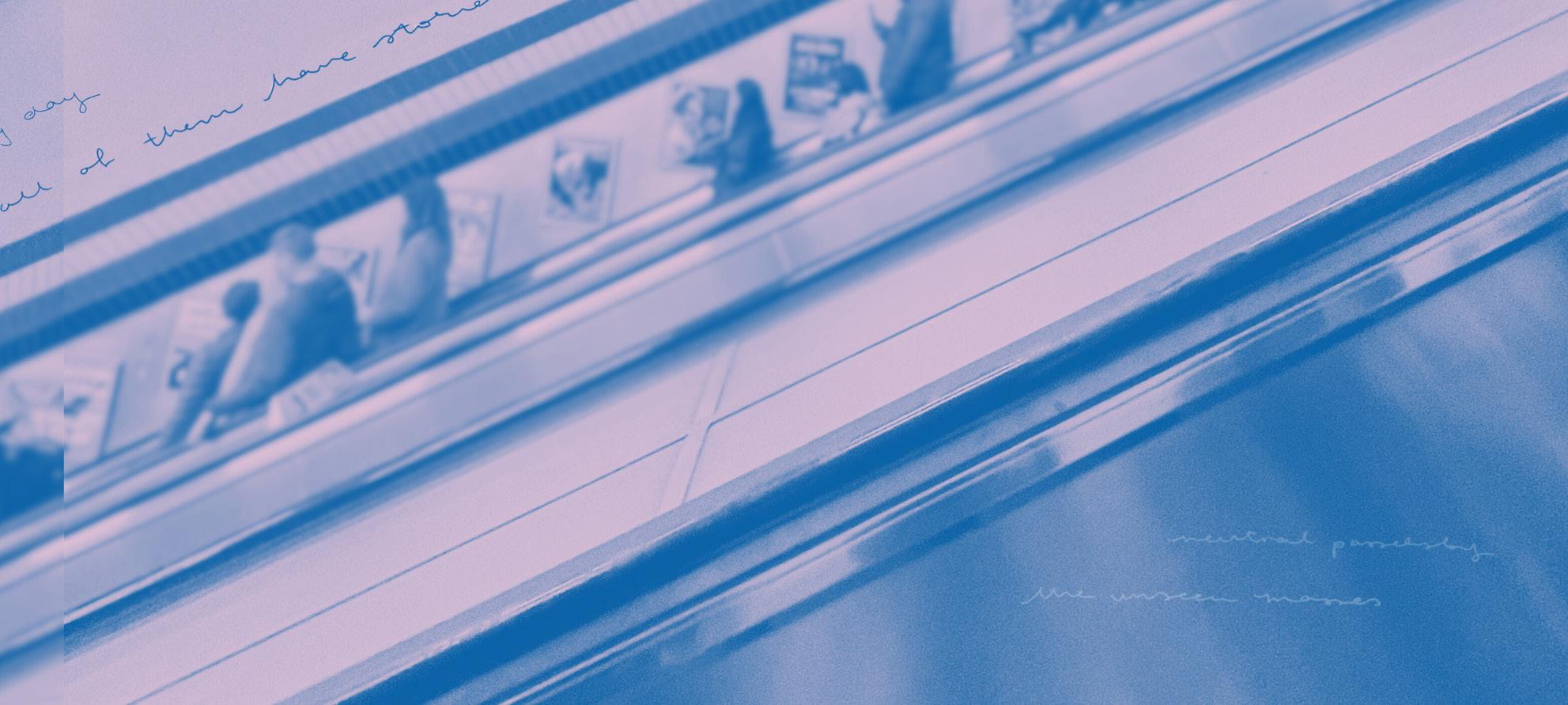
episodes were erased upon Jack’s return to his time. Kino’s Journey avoids this pitfall by keeping the stakes low—Kino’s only motivation is to experience the world. In saying that, even when the stakes are multiversal, a story can still inspire sonder. Both Spider-Verse films do this in their introductory scenes for Miles Morales, depicting his interactions with his community in ways that demonstrate its importance to him. While the scale of the conflict in both films takes him far from home, these scenes are important for setting up Miles as someone who lives up to the mantle of “Friendly Neighbourhood Spider-Man” despite what others think of him. This comes to a head in Across the Spider-Verse, where Miles’ approach to superheroics comes into conflict with the Spider-Society in the film’s climax. In a rare example of an antagonistic community being given pathos, every individual that makes up the Society’s masses is established as having been through the traditional narrative arc of Spider-Man. Their attempts to force Miles into following a narrative arc that would see his dad die is framed less as malice and more the product of trying to find meaning in the suffering that made them “heroes”. With supporting protagonists like Gwen Stacy and Peter B. also falling in line with this ideology, it keeps the Society from being one-note obstacles. Furthermore, Miles isn’t positioned as especially “enlightened”, as Hobie Brown independently saw the flaws of the organisation beforehand, while Margo Kess ultimately goes against orders, both helping Miles escape. Other mediums can also leverage their unique affordances to tell different types of stories. In the video game Umurangi Generation by Māori developer Naphtali Faulkner, the player takes control of a photographer document
ing a slow apocalypse in Tauranga, New Zealand. Placed in a passive role, it is the world which is put in focus, rather than the player. Progressing through the game’s stages, the player can piece together stories of governmental incompetence and public outrage. You can witness people who respond to their incoming demise with both despair and levity. You can document public memorials and artworks made in honour of those who passed away. And you, ultimately, are left to record the world’s last moments. It’s hard to be misanthropic when you’re all that’s left. When you’ve seen people at their best, right up till the end. And you want so much for them to be victorious. But then it’s just you. And you realise how much you needed others, if only for them to see you. I should make clear, I don’t dislike traditional, individual-focused storytelling. I get that the point is to focus on the perspective of a specific person—often, the type of person who, in our ordinary world, wouldn’t get the opportunity to express their thoughts and emotions. In Western nations like Australia, individualism is filtered through a system of exploitation and division that leaves us alienated from each other. It can be a radical act to privilege the perspective of one, especially if that one is marginalised by vectors of race, faith, gender, sexuality, disability, etc. But it is important to remember that one cannot live in total isolation from others. Putting aside the multitudes of people we meet every day, if you consider the clothes we wear, the food we eat, the tech we use—all of it requires unseen masses of people. Each one has a story, even if we cannot know them all: joyful, harrowing and everything in between. And I think it’s important that the stories we tell reflect that truth.
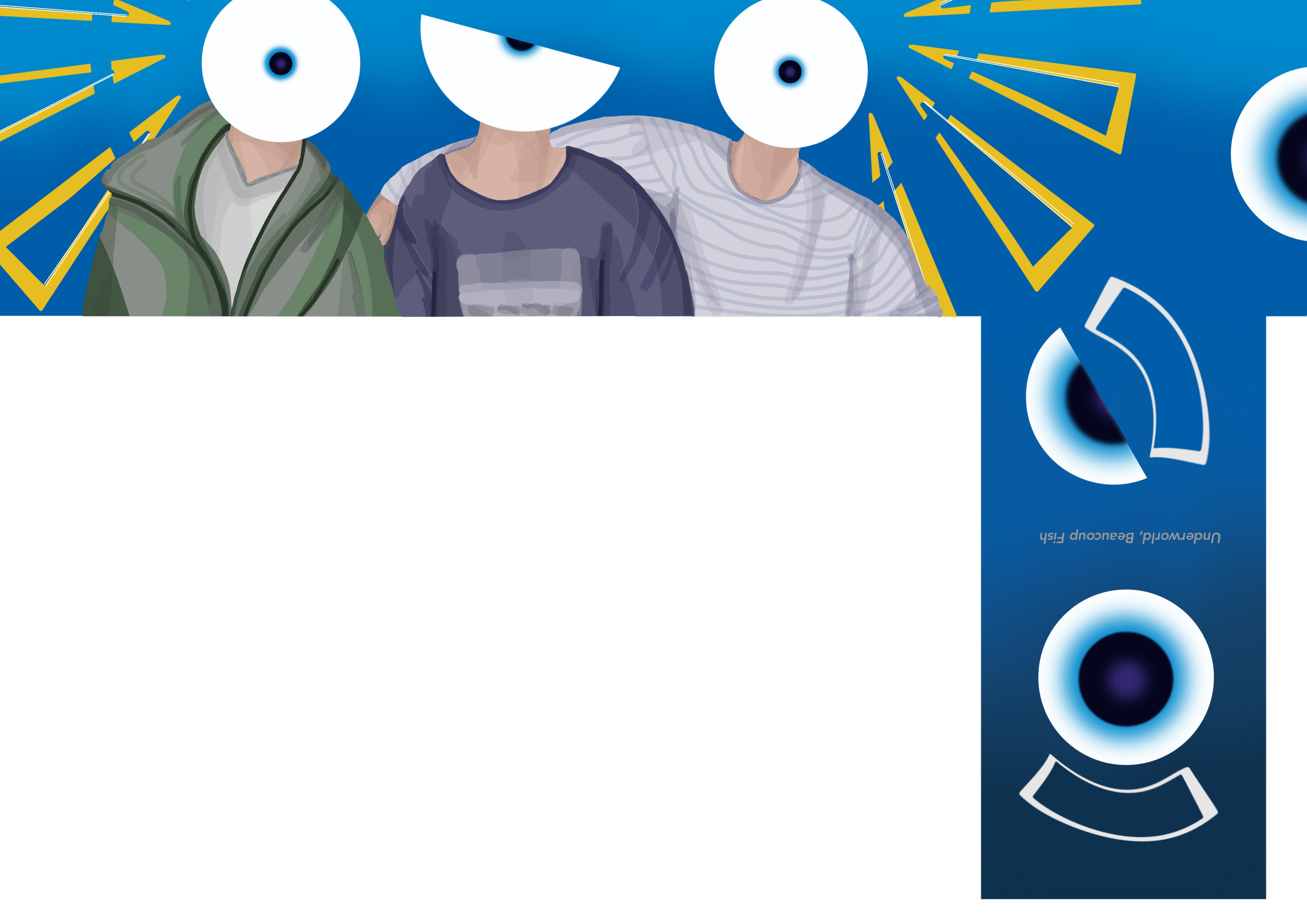
How powerful is the divine inspiration for creativity? I recently read an essay from novelist Zadie Smith titled Something to Do, which scrutinised the question ‘Why do we write?’ Not expecting much, it was a profound reality check. Excerpts such as ‘carving a little area—that nobody asked you to carve’, and seizing an ‘occasion for self-improvement, [with] another pointless act of self-realisation’, completely mirror my behaviour through writing. Reading it nearly brought me to tears, as it affirmed the notion that I’m a mere ant next to a myriad of other ants trying to carve out their own space. In case that reads as unmotivating, I can assure you it’s everything but. I particularly resonated with one concept: attaining some time— some ‘space for yourself’—after exhaustive ‘anxiety and debate’, only to end up with ‘nothing, an empty victory’. There is all the time in the world to make transformative art, but does using that time for such a spirited endeavour feel ‘wasted’, as Smith puts it? Absolutely not. As someone who feels more like themselves—and comfortable—on my own, the need to do or make something endlessly flows through my life. The most powerful art is an experience enacted through the artwork itself. Its foundation is that those creators exist and do it for the sake of it. For someone to stumble across a piece of art, and forge a new thing from it, is remarkable. That cycle makes my time worthwhile, and the same goes for techno’s elder statesmen, Underworld, whose ethos similarly relies on reworking the art of other people—their words—for their music. Underworld’s two core members, Karl Hyde and Rick Smith, have steered the helm together since the late ‘80s. Following initial commercial failures as a new wave band, they reconvened in the early ‘90s with former third member Darren Emerson—a young DJ who introduced them to rave culture. The trio produced three cult electronica albums: Dubnobasswithmyheadman (1994), Second
Toughest in the Infants (1996), and Beaucoup Fish (1999), the latter being Emerson’s last before his departure. Beaucoup Fish, which turns 25 this year, sees Underworld acting as the ‘band’ Underworld, not as poetic underground clubbers. With the rise of ‘Born Slippy .NUXX’, after its inclusion in director Danny Boyle’s classic Trainspotting (1996), Underworld went overground. The anthem is emblematic of dance music’s ability to be artistic and accessible. The subsequent added eyes and ears on Underworld never compromised their artistry—Beaucoup Fish is a wonderful breath of fresh air, compared to the urban allure of their preceding mission statements. Opener ‘Cups’ with its aquatic fishbowl well-roundedness is a loungey, almost seductive triumph in epic house, later crescendoing into a percussive whirlpool. Its climactic adrenaline rush bleeds into the blocky ‘Push Upstairs’ with lofty momentum and is soon relieved by the buoyant cuddles of ‘Jumbo’. ‘King of Snake’ opens with twangy strings, only for its interpolation of Donna Summer’s ‘I Feel Love’ to arrive lightning-fast like a bullet train. Outside of the opening quartet of bangers is melodic downtempo (‘Winjer’), dizzying pseudo-hip hop (‘Bruce Lee’), and enthralling breakbeat (‘Kittens’ and ‘Something Like a Mama’). Returning to Smith’s essay, how does her existential platter relate to Beaucoup Fish? It’s because this record catalyses a perceptive way of life. Underworld’s discography is a conduit for taking in the ‘little things’ that permeate within our lives; everything seen on the surface, but taken for granted, and using it to create art. Fundamentally, Beaucoup Fish is a dance record, but it transcends that label with this abstract perspective. For one, it’s very humane: a tale of an estranged lover seeps its way through the group’s stream-of-consciousness lyricism (Hyde howls ‘I don’t want you to call again’ on ‘Skym’, then on the acid techno closer ‘Moaner’, he

frantically announces ‘She’s calling from America’). It’s also situational: the elevator music-like ‘Push Downstairs’ is a hangover remedy compared to its talkative concertgoer counterpart ‘Push Upstairs’. Meaning can also be drawn from the art direction by design collective Tomato. The geometric shapes on each Beaucoup Fish cover exude a serene, innocent beauty in their simplicity. Underworld’s previous efforts were doused in grimier collages, so the gentler direction on Beaucoup Fish symbolises a new lease of life. It’s a more approachable Underworld, yet one that’s deeper; opening the door for not only greater audio-visual interplay, but an intimate relationship with the listener. After sitting with this record for years, letting it absorb in my everyday life, I am now equipped to share my admiration for it. I can recall it soundtracking distant memories, road trips, the walks, and moments to study. Underworld’s repurposing of others’ conversations into something substantial grounded those events. During the album, there’s voice clips of the band’s friends. They’re invitations into a long, free-flowing conversation. Without that humanity, these songs would be incomplete. Smith’s idea of art as a ‘pointless act of self-realisation’ is far from true. Those moments in time reflect one’s footing in the world, and Beaucoup Fish led me to that conclusion. To add, the album’s deluxe reissue contains a fancy vinyl-sized booklet that’s more than a tasteful display piece. Inside is the mantra, ‘We are Beaucoup Fish.’ Each page features an artwork outtake and population statistics from various cities around the world. Earlier, I said we’re all ants, but to put Underworld’s words into play, we are many beautiful fish, all on our own paths, swimming in the deep blue sea that is life on earth. The map that guides me through those waters is Beaucoup Fish, and I don’t think I’ll ever shut up about its importance. To nurture an oeuvre as fruitful as this, compels me to reiterate: don’t ever stop making art.


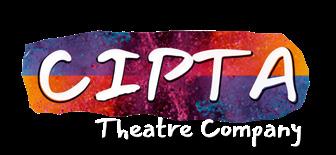

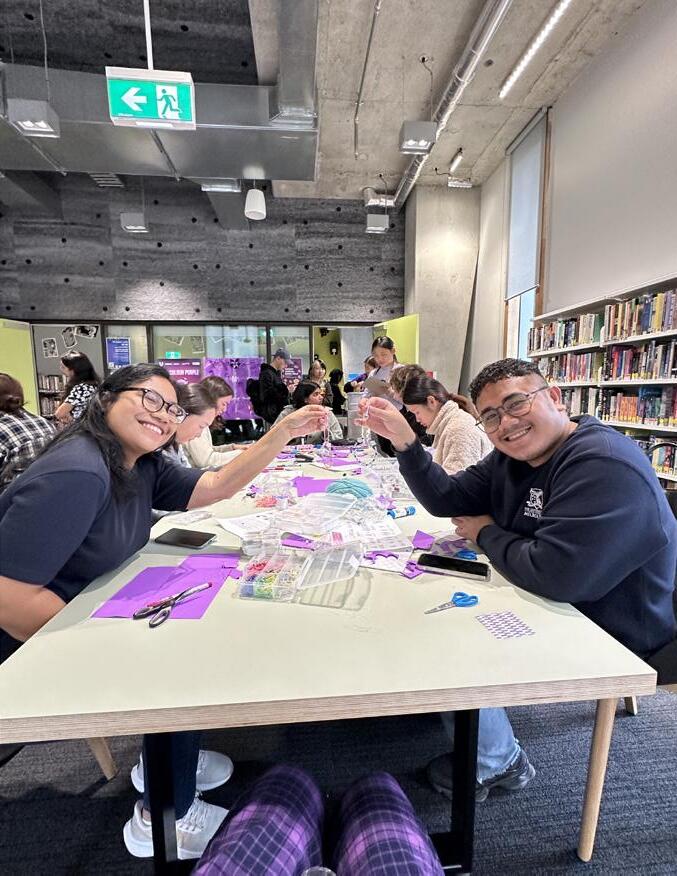
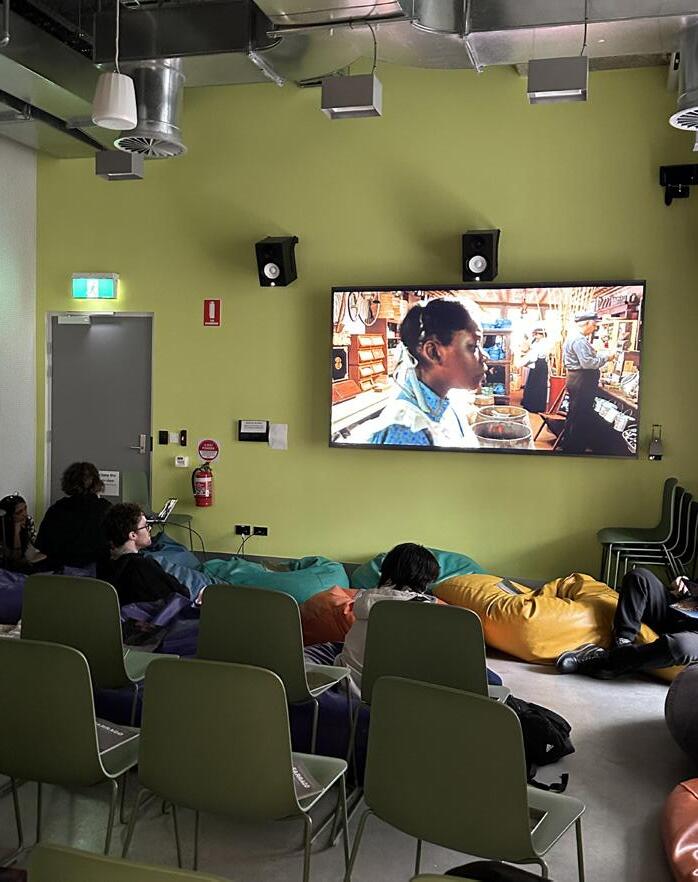


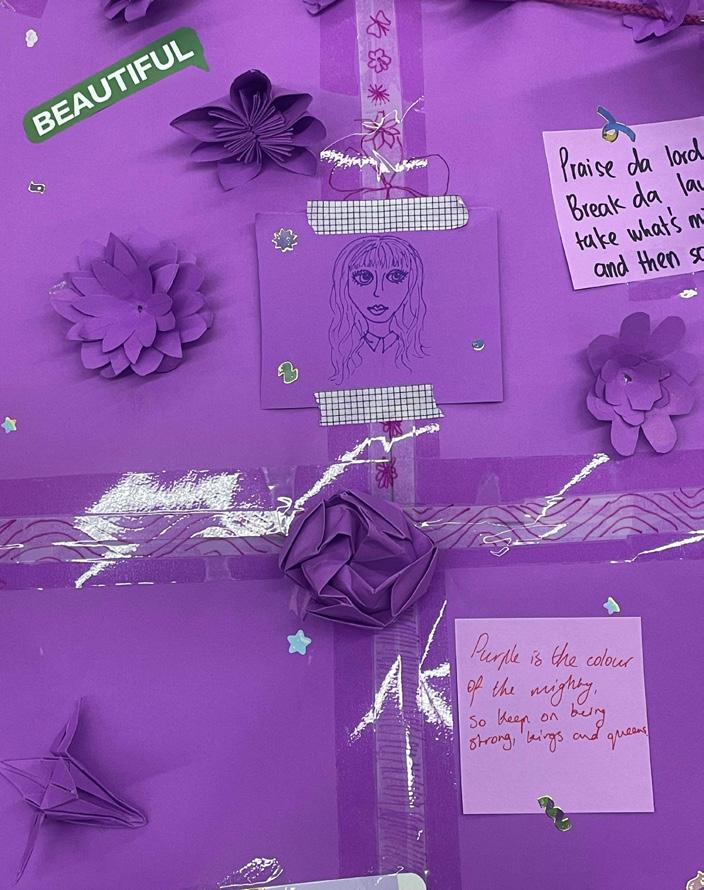



UMSU and the Media Office are located in the city of Melbourne, on the land of the Wurundjeri people of the Kulin Nation. We pay respects to the elders - past and present - and acknowledge that the land we are on was stolen and sovereignty was never ceded.
